Ultimate Resource Providing News, Breakthroughs And Innovations In Education
The Unclear Future For Gifted-and-Talented Education. Ultimate Resource Providing News, Breakthroughs And Innovations In Education
Controversy has ramped up around the practice of providing accelerated classes for selected students, raising questions about how programs will look in coming years.
Will gifted-and-talented school programs still exist in five years?
Related:
Students In Georgia Set To Be Taught About Crypto At High School
What You Should Know About ‘529’ Education-Savings Accounts
Carnegie Cyber Kids Academy. World’s Most Prestigious Cyber Defense Training Facility
Instructor: Prof. Gary Gensler, MIT OpenCourseWare. Blockchain And Money (1-23)
The Ultimate Marketplace For Bitcoin-Based (And Other) Games
Controversy has ramped up around the longtime practice of providing accelerated classes for selected students. Racial-justice movements highlighted inequalities, prompting changes in districts across the nation.
Lawsuits related to these programs are pending in states including Virginia, Missouri and New York.
Critics say gifted-and-talented classes lead to racial segregation and take resources away from other students who need them. Even some proponents say changes may be needed in methods for selecting students and in the names of these programs, which many brand as elitist.
Backers argue they are a strong selling point for public education, especially to middle-class families, and play a valuable role in educating students.
Some say advances in assessing the ways that children learn, which have been helped by new technology, point toward a need for more tailored instruction, not less.
“There’s a greater and greater understanding of the individual learning needs of students, across the board,” says Scott Peters, a research scientist at the Center for School and Student Progress at Portland, Ore.-based Northwest Evaluation Association, a nonprofit that creates tests used in schools around the world.
“It’s going to be harder and harder to support these ideas of, oh, let’s just have all ninth-graders learn algebra.”
Gifted and talented programs are mostly managed locally, and their content varies widely. There is no direct federal funding for them. Most states have gifted programs, but only 15 mandate them and provide funding, according to the National Association for Gifted Children.
Most don’t provide guidance on how to identify gifted students, how they should be taught, or at what ages they should enter the programs. Students chosen as gifted may get accelerated lessons in classrooms shared with others not in the program, or in separate classes or schools.
New York City, the largest school district in the nation, is in the midst of a particularly heated debate. Mayor Eric Adams this year expanded gifted classes to every district in the city, just months after his predecessor moved to do away with them.
The plan adds 1,000 seats to gifted classes for third graders and 100 seats for kindergarten students this fall.
At the same time, Mr. Adams got rid of an admissions test that opponents of these programs had criticized as favoring white and Asian children over Black and Hispanic students. Instead, students will be referred by teachers.
Expanding rather than eliminating the programs is a way to encourage enrollment after declines during the pandemic, says New York City Chancellor David Banks. Universal screening of third-grade students for gifted eligibility will increase diversity, he adds. “Don’t throw the baby out with the bathwater.”
Some see this model of scrapping admissions tests and offering accelerated classes in every school as one that could take root more widely across the U.S. in coming years.
Many parents want the option of gifted programs for their kids, and the classes can be important in educating talented students, says Johns Hopkins University professor Jonathan Plucker, a past president of the National Association for Gifted Children.
But, to survive, he says, the programs need an overhaul and likely a name change as well.
“I think, for some people, the term brings lots of raw feelings about elitism,” Dr. Plucker says. “Opportunities that they feel that they were unfairly denied when they were growing up.”
Critics say the programs feed racial and wealth inequalities. Students in wealthier schools were more than twice as likely to enroll in gifted education programs compared with those in high-poverty schools, according to a 2021 study published in the Journal of Advanced Academics.
A 2018 study conducted by the University of Connecticut found that students living in poverty were less likely than other children to be identified as gifted.
White students accounted for 58% of enrollment in gifted programs, although they made up 47% of enrollment in the nation’s public school system, according to nationwide data for the 2017-18 school year collected by the Department of Education.
Brooklyn school-board leader NeQuan McLean says gifted programs have caused division and segregation in his district, and should be abolished because they take resources away from needy students.
“We need to teach all students, including those students who may not be gifted in math, but may be talented in art,” says Mr. McLean, president of Community Education Council 16 in the Bedford-Stuyvesant neighborhood. “We have to make sure that we’re tapping into all of those things.”
How students are selected for gifted programs is an issue at the heart of the debate. New York City’s test was criticized in part because families could hire tutors to prepare. Education Department officials say the new system based on teacher recommendations will yield more diverse admissions.
Meanwhile, a National Bureau of Economic Research study of a single large district in an unnamed city published in 2015 found that testing all students for giftedness, rather than relying on teacher recommendations, resulted in a more diverse group of students qualifying.
Local conflicts over access to gifted programs have become more widespread as the nation navigates a period of social change, Dr. Plucker says. The acrimony, he says, has led many educational leaders to want to get rid of the programs altogether.
But the drawbacks of deprioritizing programs for the nation’s talented children could be huge, he says. “We need to get this right, or else we’re all going to pay for it down the line.”
Updated: 11-7-2021
NYC Mayor-Elect Adams Says Crypto Should Be Taught In Schools
New York Mayor-elect Eric Adams said schools should teach about cryptocurrency and its technology, as he vows to build a crypto-friendly city when he takes office in January.
“When I talked about blockchain and Bitcoins, young people on street stopped and asked me, ‘What is that?’” Adams said on CNN’s “State of the Union” on Sunday. Asked if he could explain Bitcoin, he laughed, saying that’s a challenge even for experts.
Bitcoin means a “new way of paying for goods and services throughout the entire globe,” he said. “And that’s what we must do – open our schools to teach the technology and teach this new way of thinking.”
Asked if he would encourage New York City businesses to accept Bitcoin or other cryptocurrency, the 61-year-old Democrat said, “We are going to look at it, and we are going to tread carefully. We are going to get it right.”
The mayor-elect said this week that he’ll take his first three paychecks in Bitcoin and that the city must build a pipeline of talent for crypto-related jobs. To wager a “friendly competition” with Miami, which has become one of the U.S. hubs for crypto jobs, Adams said in a Wednesday interview on Bloomberg Radio that he would also explore setting up a NYC crypto coin similar to “MiamiCoin.”
Updated: 11-30-2021
De-Emphasize Grades? These Californians Deserve A “D”
The Los Angeles and San Diego school systems want teachers to stop penalizing students for bad behavior and poor work habits. That’ll just hurt the people the changes are supposed to help.
I’m a teacher with serious misgivings about the wisdom of traditional grading systems. So my heart leaped a little when I learned that Los Angeles and San Diego are moving away from them.
On closer inspection, I’m not so hopeful. While I’ve long regarded grades as having the kind of toxic impact on student learning that petrochemicals have on the environment, the path taken by California’s two largest school districts risks dumbing down education and hurting the students it seeks to help.
The changes are fine in theory. They aim to give students an opportunity to revise their work and retake tests, ideas that have merit. Moreover, they come in response to a troubling increase in the number of D’s and F’s assigned in the wake of the Covid-19 pandemic and school closures; the traditional grading system, reformers reasonably argued, was widening educational inequities.
However, the most worrying aspect of California’s social-justice approach to grading is the directive to teachers that they not penalize students for “behavior, work habits and missed deadlines.”
There is a long, successful history of teaching without traditional grades, especially among progressive schools. But they are predicated on teachers and schools creating a culture of high student expectations, engagement and continuous improvement, as well as curriculums that tap into student interests.
For example, students in schools affiliated with the New York State Performance Standards Consortium, a group of about 40 schools that was allowed to replace most standardized tests with projects focused on writing, problem-solving and research, learn to conduct self-evaluations and to revise their work.
Final evaluations are based on detailed standards of review, such as whether projects show “credible evidence,” “creativity” and “thorough understanding” of key concepts. The emphasis is on the process, not the grade.
This approach has proven successful with the kinds of students with social and educational disadvantages whom the California initiative is intended to help.
I teach at the City University of New York, a traditional grade-driven institution. But as a product — and admirer — of progressive education, I’ve developed an assessment system that judges students based on two key criteria: How much their work improves over the course of the semester and how well they’ve mastered class material.
In my journalism courses, this typically means the ability to produce a feature-length article of publishable quality, one that is well written and backed by abundant research, data and expert interviews.
To minimize the focus on grades, I give numerous ungraded mini assignments, including rough drafts and research tasks, and I provide detailed feedback and guidance for these and the more ambitious class projects, which are graded.
I rarely give an A on the first completed project — if students know enough to get an A on the first round, I explain, they probably don’t need to be in my class.
However, by the end of the semester, each student is positioned to receive, if not an A, then a substantially higher grade than she could have gotten at the beginning.
Most important, though, are the assignments. My greatest success in sparking students’ interest has been the immersive political-reporting class I teach every other year with my colleague, Vera Haller.
The class, which coincides with upcoming elections, focuses on a key political problem — such the Texas-Mexico border crisis — and requires our students, many of them immigrants, to conduct on-the-ground reporting with experts, including border police, who work on the issues they are studying.
Student teams are responsible for developing dossiers on subjects like the Latino vote, immigration law and border history that the class relies on to complete their final projects. They also are learning to trust our feedback as they see how they are improving.
Such lessons require more preparation by teachers than the typical journalism class, including reaching out to experts and lining up guest speakers; gathering targeted readings, podcasts and videos; and organizing a weeklong reporting trip — in 2020, to the border between El Paso, Texas and Juarez, Mexico.
Our students produce award-winning articles and multimedia, and many go on to win coveted internships and jobs.
I would eliminate traditional grades in a heartbeat for my nonfiction writing classes, which require the acquisition of nuanced skills and knowledge that defy appraisal by a single numeric grade; think of story organization, writing style and reporting ability.
But grades serve a crucial purpose for other kinds of classes. When my daughter’s progressive school phased out final exams, she lamented that for classes like chemistry and biology, end-of-semester exams are ideal for instilling the discipline needed to assimilate the complex concepts that she would need as she progressed to medical school.
Discipline, teamwork and organization are habits of mind crucial for all students — a lesson California’s reformers should take to heart. Without them it is impossible to overcome the challenge of teaching self-motivation and thus making traditional grading irrelevant.
Updated: 3-19-2022
YouTube Is A Huge Classroom Distraction. Teachers Are Reluctant To Banish It
The pandemic made Google’s video megasite an educational mainstay, and now students are distracted, parents are angry and teachers are caught in the middle.
There’s YouTube, the lifesaver for teachers during the pandemic that continues to provide useful videos for students. Then there’s YouTube, the endless distraction that followed kids back into the classroom. Together, they’re causing tension between parents and educators over the role technology should play in school.
As schools shut down due to Covid-19, districts across the country scrambled to get laptops and tablets to students. According to survey data from the Consortium for School Network, 86% of U.S. middle schools gave every student a device.
The devices and online services made remote school possible, though many students started goofing off and watching YouTube when they were supposed to be paying attention.
Parents expected that when their kids returned to the classroom, YouTube wouldn’t be necessary anymore.
“I was a huge advocate of keeping learning going during Covid by having Chromebooks for kids. It was a Band-Aid when schools were closed,” said Karen Swindells, a mother of two in Chesterfield, Mo. “Two years later my kids are back in person 100%, so why are we still relying heavily on online resources to teach?”
Administrators say gadgets have become part of the daily curriculum for many middle- and high-school students. And YouTube is the third-most popular online resource used by teachers in U.S. K-12 schools (behind Google Drive and Google Forms), according to student data-analytics firm Schoolytics. Teachers don’t want to block it fully.
Some schools are fighting tech with tech, installing monitoring software such as LanSchool and GoGuardian so teachers can turn off YouTube when it’s not assigned. Others are restricting the YouTube channels students can watch.
(YouTube-parent Google has instructions on how school IT staff can do that). Some teachers restrict YouTube viewing to just their own computers. The solutions typically create more work for teachers.
“You could cut off YouTube, but this is the world these kids live in and they need to learn how to be good digital citizens,” said Gina McNair, an eighth-grade English teacher in rural Georgia. “When I get out pencil and paper, they’re like, ‘Oh, my God, you actually want us to write?’ ”
That isn’t to say Ms. McNair is happy about this. YouTube-watching in class has become such a problem that her district recently installed software so teachers can monitor students’ computers remotely, and close websites they don’t want them to use. “You’re torn between working with kids individually or in small groups while also keeping an eye on 20 screens,” she said.
Patrolling the class on foot isn’t a good option, she said, because kids are quick to hide their browsers when they see a teacher approaching.
Some districts haven’t yet settled on a plan for handling the YouTube conundrum. Brooke Shannon, a parent of three students in the Eanes Independent School District in Austin, Texas, has been pleading with the district to do more to restrict YouTube on school-issued iPads for nearly four years.
She said she became more concerned last fall when she began substitute teaching in the district and witnessed the issue firsthand.
“I feel YouTube has become a crutch for teachers, an easy go-to,” she said.
Kristy Sailors, chief technology officer for the Eanes school district, said teachers can block and shut down websites and apps students are using through Apple’s Classroom app.
She said a tech advisory committee made up of high-school students, K-12 teachers, administrators and parents is helping the district develop a long-range tech plan.
As part of that, she said, the committee will investigate alternatives to YouTube, such as other video-hosting services.
Lori Anderson, a middle-school science teacher near Raleigh, N.C., said YouTube can be a blessing, and short video clips bring her lectures to life.
During a recent unit on earth science, she showed the class a five-minute video about erosion. During a lesson on pollution, she played videos of ocean cleanups.
But she wishes her school had monitoring software.
“When I’m walking around looking at everyone’s screen,” she said, “I’m not helping someone else who has a question about the assignment.” She estimates that she busts six or seven kids each day for watching YouTube or playing games—a third of her class.
She and her fellow teachers agreed to reduce students’ use of computers in class, not only to curb the YouTube binge, but also to clamp down on cheating. The sixth-graders now use their Chromebooks for in-class assignments about half the time, down from full time last year. She said the goal is to use Chromebooks only 10% of the time.
“Students are complaining but they’re also getting better grades now,” she said.
A couple of weeks ago, Ms. Anderson conducted an experiment. She had one class complete an assignment on their computers and the other on paper.
All of the students who did it on paper turned in their work, but only 70% of the students who did it on the computer turned it in. The computer users, she said, were distracted by YouTube and games.
Still, she doesn’t support a ban.
“Kids have a short attention span, and sometimes we have to jump up and down and do cartwheels to get them excited and interested,” Ms. Anderson said. “Sometimes, we can find a YouTube video that can do those cartwheels for us.”
Updated: 7-19-2022
Broke Colleges Resort To Mergers For Survival
Takeovers increase as a shakeup in higher education leaves schools in trouble. Northeastern does a deal for struggling Mills.
When Covid-19 first tore through the nation, hundreds of college presidents sent students home, looked across their empty campuses and wondered how they were going to pay their bills.
Northeastern University President Joseph Aoun saw an opportunity. On May 15, 2020, he called six senior managers to his office. “Colleges and universities will be challenged,” he told his cabinet, he recalls. “This may be the time to start looking at mergers and partnerships.”
Over the next few weeks, Northeastern created a specialized M&A team to assess the value and vet the balance sheets of dozens of flailing colleges in the U.S. and abroad.
His directive came to fruition on June 30 when Boston-based Northeastern absorbed Mills College, a 170-year-old women’s school on a 135-acre campus not far from Silicon Valley.
In exchange for the land, worth perhaps $1 billion, the school’s roughly $191 million endowment and an art collection that includes works by Diego Rivera and Winslow Homer, Northeastern is absorbing $21 million in Mills’s liabilities, putting $30 million toward an institute designed to continue the school’s feminist scholarship—and keeping open a college that planned to close.
Dr. Aoun called the deal a once-in-a-generation opportunity to expand Northeastern’s footprint, prepare students for careers in Silicon Valley and amplify Mills’s tradition of women’s leadership and social justice.
Some Mills alumni are calling their school leaders dupes, given the deal’s lopsided nature. Higher-education experts see the event as emblematic of a sectorwide shakeout.
Students continue to pack into flagship universities and brand-name colleges. Less-prestigious schools are struggling. The number of colleges closing down in the past 10 years, around 200, has quadrupled compared with the previous decade.
And in the past four years, there have been 95 college mergers, compared with 78 over the prior 18 years, according to data compiled by the consulting group EY Parthenon.
In the past two months, St. Joseph’s University in Philadelphia absorbed the crosstown University of the Sciences, and Boston College announced it will absorb Pine Manor College, also in the Boston area.
Schools merge to broaden their enrollment base, diversify programs, expand facilities and create efficiencies of scale. About 40% of mergers involve private, nonprofit schools, and the majority involve schools within the same state and with fewer than 5,000 students.
Public university systems with excess capacity have made or are considering mergers in Pennsylvania, Georgia and Wisconsin.
The stress they face is driven by rising costs for college and uneven return on investment, which has diminished public confidence in higher education, opened the door to competitors and led to falling enrollment.
In 2019, 51% of American adults considered a college degree to be “very important,” down from 70% in 2013, according to a Gallup poll. Positive perceptions of college among adults 18 to 29 fell the fastest of any group, to 41% from 74%.
Meanwhile, companies including Alphabet Inc.’s Google and Coursera Inc., as well as coding bootcamps, have eroded colleges’ and universities’ near monopoly on post-secondary education, offering inexpensive online courses a la carte that are closely aligned with the labor market.
Enrollment declines accompanied these shifts. From 19.6 million students enrolled in spring 2011, the number fell to 17.5 million in spring 2019. The pandemic sped the decline, and the number was down to 16.2 million by this spring, according to the National Student Clearinghouse.
The steepest declines are at for-profit schools, community colleges and less-prestigious private colleges. Lower demand has pushed some to hand out more scholarships and grants.
In the 2021-22 academic year, students paid just 45.5% of the sticker price on average, the lowest ever, according to the National Association of College and University Business Officers.
Some schools have dealt with falling revenue by offering fewer classes and services—leading to still more enrollment challenges. The term applied to schools engaged in such a death spiral? Zombie colleges.
“These are schools that are under-preparing and under-serving their students,” said Ricardo Azziz, who coined the term. They “have excess capacity and are resistant to considering consolidation.” Dr. Azziz was president of Georgia Health Sciences University in 2012 when he oversaw a merger with Augusta State University.
The U.S. government gave $76 billion in aid to colleges and universities to shore up their balance sheets as Covid-19 swept the country. That money delayed some hard decisions, says Robert Zemsky, a professor of higher education at the University of Pennsylvania.
He predicts that 500 four-year colleges and universities will close in the near term.
“This is an industry that is almost totally unprepared for this,” Dr. Zemsky said. “There’s a lot of pain ahead for a lot of small colleges.”
Northeastern University was built a century ago on a work-study model. Today, its students intern at one of 3,100 companies during their education. That forces professors to adjust their curricula repeatedly to meet the needs of industry.
This exposure solves a problem that has long plagued higher education, says Northeastern’s provost, David Madigan. Schools are organized around academic disciplines, a system he calls “inward looking and tantamount to medieval guilds,” and they struggle to stay relevant at times of rapid change in the economy.
Northeastern’s model has helped make the onetime blue-collar commuter college one of the nation’s more selective universities. In 2021, 91,986 students applied for 2,620 spots.
About a decade ago, Northeastern began looking beyond Boston. It examined regional labor markets to identify gaps between the supply of workers for an area’s industries and the local academic programs to produce them.
Over the past decade, Northeastern has opened campuses in Charlotte, N.C., London, Portland, Maine, San Francisco, Seattle, San Jose, Calif., Toronto and Vancouver. A campus in Miami is in the works.
Northeastern’s Dr. Aoun earned degrees in Lebanon and Paris before getting a Ph.D. in linguistics and philosophy at Massachusetts Institute of Technology. He said studying on three continents gave him an appreciation for the American university system, which encourages innovation more than others.
“If you look around the world, you see everything is determined in a centralized way by the government and minister of education,” he said.
Despite the opportunity to innovate, he sees plenty of groupthink in higher education. Universities in the U.S. are “diverse but not differentiated,” he said. “Everyone follows the same approach.”
Northeastern’s work-study model tends to force innovation. Dr. Aoun, who is 69, switched his sneakers last year because students told him a new brand was better. “If the world is changing around you and you’re not changing, that is risky,” he said.
Instead of other universities, he looks to global companies for insights on expansion. A notion he has gleaned is that each campus should serve the needs of the area where it’s located.
As the technology sector grew, so did Northeastern’s interest in having a toehold in Silicon Valley. In 2015, it opened a small campus inside the offices of a tech company in San Jose. It offers programs in computer science, data science and information systems.
Mills College, in nearby Oakland, began in 1852 as a women’s seminary. It grew into a liberal arts college with a focus on women’s rights and gender equity, with graduates who include well-known artists and activists such as Rep. Barbara Lee (D., Calif.) and singer-songwriter Laurie Anderson.
As demand for single-sex education waned, so did enrollment. In 1990, Mills said it was no longer financially viable as an women-only college and would become coeducational. Sixteen days of student protests followed, and the board of trustees reversed course.
The school recovered as the wave of millennials enrolled in college and with the help of a fundraising campaign, but it stumbled again a few years later. It launched a series of initiatives to attract more students, such as a program combining undergraduate and graduate degrees. None revived the school.
“We didn’t really innovate into a sustainable model,” said Mills’s president, Elizabeth Hillman.
In 2014, a year when Mills pioneered the admission of gender nonconforming students, it also faced a setback as Moody’s
Investors Service downgraded its debt to Baa3, just above a junk rating.
In 2017, Mills declared a financial emergency and made plans to cut programs and lay off tenured faculty and staff. In 2020, it sold a rare Shakespeare folio, a gift of an alumna, for $10 million.
“Year after year, we fell short on enrollment,” said James Fowler, a longtime board member. “There was a liquidity crisis we saw no way of overcoming.”
In March 2021, as Mills was spending down $5.8 million of federal pandemic relief money, Dr. Hillman announced the school was going to close. The staff started reaching out to other colleges to arrange landing spots for its students.
An admissions officer at Northeastern received one of those calls and forwarded the message to Dr. Aoun and his M&A team.
Mills checked a number of boxes on a list the team had drawn up, including land, location, assets and endowment. Three weeks later, Dr. Aoun was on a plane to California.
When he arrived, he asked Dr. Hillman what she would need to make a merger work.
“We want to find a way to sustain our mission, which is a commitment to women’s leadership and equity and access, and we want to bring our people with us,” she says she told him.
“Northeastern immediately agreed,” Dr. Hillman said.
Her main objectives were achieved, she said; 75 faculty members and 327 staff members will keep their jobs. Most Mills students will remain on campus. And with the Mills Institute, the school’s mission of advancing “gender and racial justice through programs and partnerships that support transformative teaching and learning” will continue.
A faction of the faculty, alumni and trustees pushed back, first against the announcement the school would close and then against the merger plan.
The faculty passed a vote of no confidence in the administration. Four trustees filed a suit accusing the president of keeping trustees in the dark and exaggerating the school’s problems.
An independent analysis by Matthew Hendricks, an economist at University of Tulsa, blamed the school’s leadership for destroying the college. In an interview, he called the deal “a straight-up gift” to Northeastern.
Dr. Hendricks, who reviewed the case as part of his research, traced Mills’s vulnerability to a decision several years ago to add two essays to the application for admission. That resulted in fewer applicants, leading to sharply lower enrollment and revenue.
“They had three or four years to address the problem and instead they spent more money on contractors and administrators,” Dr. Hendricks said. “It’s almost like a professional athlete going broke—they are super-wealthy but they have all these expensive habits and just can’t rein in their spending.”
Dr. Hillman called the criticism ill-informed. “Since 2010, the things we did to address enrollment, there’s at least 14 significant different things we did,” she said. “But enrollment growth is not reliable when structural changes across higher ed are affecting students who are interested and students’ options.”
Some alumni asked the California attorney general’s office, which oversees charitable organizations, to stop the merger. On June 9, the AG’s office told the Mills board that because Northeastern intended to take into account Mills’s legacy of focusing on students from historically excluded or marginalized groups, and because it pledged to use the current campus names for at least 50 years, the office had no objection to the deal.
Mills will no longer be a single-sex school at the undergraduate level. Several of its signature majors, including women’s studies, ethnic studies, art history and dance, have disappeared. This fall, in addition to about 325 Mills undergraduates, 533 Northeastern students are scheduled to spend a semester at Mills.
Diplomas will be issued by Northeastern from now on, and students will have access to all of Northeastern’s classes, campuses and the co-op program.
The campus will be called Mills College at Northeastern University, and Dr. Hillman will remain president.
The deal has elevated Northeastern’s profile as a potential savior for distressed colleges. More than two-dozen schools have asked if Northeastern would be interested in a merger, said school spokesman Mike Armini.
Most of the bids haven’t gone anywhere because the schools are too rural or are out of step with Northeastern’s agenda, Mr. Armini said, but talks are in progress with one private liberal arts college on the East Coast.
Dr. Aoun said inquiries have come from two kinds of school, those with something to offer and those that waited too long.
“The second type are institutions that are closing or on the verge of closing, and those institutions, paradoxically, become way less attractive,” he said. “Because essentially it’s mostly a ghost town.”
Updated: 8-1-2022
The Problem With College Is So Much Bigger Than Student Debt
Biden’s plan is a Band-Aid solution to a bigger issue: A low return on tuition for too many people. But there’s still hope for a better system.
About 10 minutes after stepping to the podium of the Roosevelt Room on Aug. 24—having already regaled reporters with stories of wearing baseball spikes to his father’s workplace in Newark, Del., and driving a “nice used car” to his high school prom—President Joe Biden got around to the topic at hand.
His administration planned to grant student loan forgiveness to more than 40 million Americans, with at least half seeing their debt wiped away.
“We’ll provide more breathing room for the middle class so they’re less burdened by student debt,” he said. “And, quite frankly, fix the system itself.” Biden turned to his secretary of education, Miguel Cardona.
“When we came in, we both acknowledged [it] was broken, in terms of … ” The president paused, considered whether to delve into the brokenness of the “system,” and thought better of it. He sighed.
“Anyway.”
The White House’s decision to cancel federal student loan debts does many things. Most obviously, it provides $10,000 in relief to all individual borrowers making $125,000 or less and as much as $20,000 for students from low-income families.
Depending on your political leaning, it will either boost Democrats’ support among young voters before the midterm elections or energize Republicans outraged at the prospect of inflationary handouts to college-going elites. (Or both.)
It’s already caused a 500% spike in traffic to the government’s federal student aid website.
What it won’t do is address the ongoing crisis of college affordability that’s left so many saddled with debts they’ll never be able to repay.
Put another way: It doesn’t fix the system. “Student loan forgiveness is a Band-Aid,” says Ryan Craig, managing director of Achieve Partners, an investment firm, and author of College Disrupted: The Great Unbundling of Higher Education.
“I recognize that if you’re bleeding, a Band-Aid is really important. But it does nothing about the underlying problem.”
It’s worth noting that the massive growth of the US’s federal student loan portfolio is at least partly a success story. In 1980 fewer than half of high school graduates enrolled in college; today roughly 70% pursue higher education of some kind, the highest level in the world.
By every statistical measure, Americans are more educated than at any other time in the country’s history. The trouble is they can’t pay for it.
In the past 30 years the average cost of tuition at public four-year colleges has more than doubled, from $4,160 to $10,740; add room and board, living expenses, books, and supplies, and the overall cost of attending tops $25,000.
Private schools charge, on average, $38,090 in tuition, compared with $19,360 in 1991, and the cost of attendance exceeds $50,000.
Meanwhile, the average balance for federal student loan borrowers has grown from $10,000 to more than $30,000 over the past three decades. So even as shellshocked students, parents, and politicians demand that colleges rein in prices, the government’s gusher of student loan money has effectively removed any incentive for them to do so.
What’s more, rather than use those resources to invest in tools to measure and improve instruction, many elite schools have poured money into hiring administrators, building amenities, and upgrading the student “experience.”
A McKinsey & Co. report found that from 2007 to 2018, outlays on student services at four-year institutions grew four times faster than spending on instruction and research.
For a fair number of students, a college degree remains a sound lifetime investment, even if it means amassing a sizable amount of debt. “The economic returns can still be quite large,” says Beth Akers, a senior fellow at the American Enterprise Institute and author of Making College Pay.
“People with bachelor’s degrees earn an extra $1 million over their lifetime compared to those without them. If you’re spending $70,000 on tuition but seeing a 15% rate of return, I’m not going to lose sleep over it.” But, she adds, “that doesn’t always happen.”
While college graduates as a group can expect better outcomes than their peers, those gains are highly concentrated among people who come from affluent families and attend selective institutions—the ones that accept fewer than half of applicants and educate only 2% of all students.
For everyone else the benefits of college are far less clear, particularly for the one-third of undergraduates who never complete their degrees.
Craig, of Achieve Partners, estimates that 70% of students currently enrolled in a two- or four-year college can expect a “negative outcome in terms of failure to complete or graduating into underemployment.”
That’s also the cohort most likely to struggle—and invariably fail—to pay off their student loans.
What should be done? Biden’s plan will relieve millions of low- and middle-income borrowers of unpaid loans. But current and future students remain at risk of falling into the same trap.
“Until we address the affordability issue, there’s nothing that prevents us from being right back here 10 years from now,” says Kim Cook, chief executive officer of the National College Attainment Network, a nonprofit focused on expanding access to higher education.
“Wraparound” services aimed at helping poor students finish their degrees—such as the City University of New York’s ASAP program, which provides economically vulnerable students with tutoring, career counseling, and help with living expenses—would boost their earnings and, in turn, cut loan default rates.
Increasing aid to low-income students through debt-free Federal Pell Grants would help more of them stay in school and reduce the amount they have to take out in loans. (Biden wants to double the maximum award to $13,000 a year.)
“Doubling the size of the Pell Grant would go a long way,” Cook says. “It’s targeted aid that students can take directly to the institution of their choice.
It’s focused on need. The regulations are already written. It’s a tremendous investment in our students and our economy.”
Making America’s system of higher education deliver results for more students will also require a different bargain between colleges and consumers.
“The problem facing higher education,” Craig says, “is that it hasn’t changed at all in the past generation or so, except in one way—it’s gotten more expensive.”
Temple University President Jason Wingard, author of a new book, The College Devaluation Crisis, says that although colleges once reliably produced graduates who could succeed in the workplace, “for the first time, the market economy is not being satisfied by the skills and competencies that college graduates are being armed with.
And the data shows that increasing numbers of students aren’t seeing a return on their investment—not in the short term, not in the medium term. The return just isn’t there anymore.”
James Kvaal, the US Department of Education’s top official on higher education policy, says the administration is stepping up efforts to hold for-profit colleges accountable by, among other things, publishing an annual list of programs with the worst debt records. “College leaders are not going to want to see their program listed as leaving students with unaffordable debt,” he says.
“They’re not going to want to see their students coming to the department website and receiving a warning about what those outcomes look like. These are substantial steps.”
But some experts think the government needs to go further and tie all colleges’ eligibility for receiving federal student loan dollars to the career outcomes of their students—an idea long resisted by leaders of nonprofit colleges and universities, who say their value can’t be reduced to dollars and cents.
Get over it, says AEI’s Akers: “Over 90% of people who attend college say it’s to advance themselves financially. We need to regulate the system on that basis.”
That’s easier said than done. Few institutions track their alumni’s careers in a systematic way; creating a government-run system for evaluating the performance of more than 6,000 institutions of varying size, demographics, and mission would be exceedingly complex. The best hope may come from consumers themselves.
Since the start of the pandemic, overall enrollment in two- and four-year colleges has fallen more than 7%, with a growing number of students opting for cheaper, short-term, work-based apprenticeships and training programs in high-demand fields ranging from health care to cybersecurity.
And, as Bloomberg Opinion’s Matt Yglesias noted in a recent article, even among traditional students, majors such as English and anthropology have declined in popularity, with students gravitating to computer science, nursing, and other practical fields.
“I think the tide has started to turn,” says Craig. “And it will really turn as the infrastructure and seats in these alternative career pathways increase. You’ll see students vote with their feet.
And colleges will have no choice but to compete for them—by offering programs that are simply a better value proposition than four-year degree programs that cost six figures and don’t lead to any guaranteed employment outcome.”
Consider this alternative vision of US higher education: a landscape of faster, cheaper, vocational options geared toward preparing students for specific fields; apprenticeships that offer paid experience; prestigious colleges and universities focused on delivering the highest value for the money, rather than the most luxe dormitories; and government aid programs that provide the neediest students with the resources to finish their degrees without taking on unsustainable debt.
Aspirational? Certainly. But with creativity, commitment, and cooperation among policymakers, employers, and colleges themselves, the US might yet stumble its way toward fixing a broken system. The country’s future depends on it.
Updated: 8-6-2022
Schools Are Back And Confronting Severe Learning Losses
States direct billions to tutoring and other efforts to reverse pandemic declines in reading scores but have little sense of what works.
ASHLAND CITY, Tenn.—Delainey Tidwell says she loves reading. The tricky part for her is understanding the words on the page.
“I would read one sentence over and over again,” said the 9-year-old fourth-grader.
Though she returned to school in August 2020, repeated quarantines left her mostly on her own at home. Her father is a construction supervisor who has to be on site.
Her mother works from home but gets few breaks during the day. Delainey sometimes had to care for her little sister during virtual school.
Delainey’s difficulty with comprehension is also hurting her in math class, where she struggles to understand word problems, said her mother, Danyal Tidwell, who pins some blame on the pandemic.
“We want to give her every resource we can between school and home, because we want her caught up,” Mrs. Tidwell said.
For two years, schools and researchers have wrestled with pandemic-era learning setbacks resulting mostly from a lack of in-person classes. They are struggling to combat the learning loss, as well as to measure just how deep it is.
Some answers to the second question are becoming clear. National data show that children who were learning to read earlier in the pandemic have the lowest reading proficiency rates in about 20 years.
The U.S. Department of Education last Thursday released data showing that from 2020 to 2022, average reading scores for 9-year-olds slid 5 points—to 215 out of a possible 500—in the sharpest decline since 1990.
Average math scores fell 7 points to 234, the first statistically significant decline in math scores since the long-term trend assessments began in the 1970s.
Learning loss generally is worse in districts that kept classes remote longer, with the effects most pronounced in high-poverty districts, researchers say. Yet reading scores are below 2019 levels for certain grades even in some states that quickly returned to in-person instruction, such as Florida.
Among possible reasons, educators say, are that some students stayed remote after in-person classes resumed, Covid-19 outbreaks led to additional quarantining and class routines were disturbed by practices such as social distancing.
While some students have begun to make up ground, researchers say that, on average, it could take five years or more for today’s fourth-graders to read proficiently unless the pace accelerates.
By then, billions of dollars in federal pandemic-related aid for education will have run out.
These students are at a pivotal stage. Educators pay particular attention to 9-year-olds’ literacy rates because research shows that reading ability by the end of third grade can be predictive of educational success, career earnings and the risk of incarceration.
A study released in 2011 by the Annie E. Casey Foundation found that 16% of students who don’t read proficiently in third grade fail to graduate from high school on time, a rate four times that of proficient readers.
“If students are not reading at grade level, then what does it mean for the content they’re taking in in their other subjects? Are they not as prepared to be able to participate in their math classes and their social studies classes?” said Karyn Lewis, director of the Center for School and Student Progress at NWEA, a nonprofit research firm that has studied how long it may take for proficiency rates on its tests to rebound.
State education leaders were acutely aware of the stakes well before Thursday’s data from the National Assessment of Educational Progress, and are pumping billions of dollars into hoped-for solutions, from small-group tutoring to expanded summer school, and aiming to offer students more individual attention.
In some cases, the efforts coincide with incremental improvements for struggling students, but educators say they won’t know for years whether their efforts are a match for a problem this big.
“Without any prior experience as a guide, practitioners are sort of winging it—providing tutors to some students, double-dose math and summer school to others—and then just hoping that it all adds up to enough,” said Thomas Kane, an economist and professor of education at the Harvard Graduate School of Education.
A concern, he said, is that districts might apply solutions and discover their inadequacy only after the federal aid is spent. The biggest pandemic relief program, the American Rescue Plan, earmarked $122 billion for K-12 public schools and required that at least 20% go toward addressing learning loss. In many districts it should be close to 100%, in Prof. Kane’s view.
State-level test results show reading scores still largely below prepandemic levels. In Indiana, the legislature last year approved a $150 million grant program for organizations, such as the United Way, that are offering in-person programs with extended learning time.
Indiana also offers families up to $1,000 to enroll in private tutoring. The program, largely bankrolled by federal aid, targets students who qualify for free or reduced-cost lunches and who were below proficiency in both English language arts and math in the third or fourth grade.
“We have to acknowledge that some of the things that we’re going to deploy in terms of initiatives are going to be very, very successful. Some might just help us stabilize.
Some might not work as they were intended,” said Indiana Education Secretary Katie Jenner. The state has begun analyzing its return on investment, but that will take time, she said.
An office that North Carolina formed last year is leading efforts to assess learning-loss initiatives. The state’s Office of Learning Recovery and Acceleration has found that a summer-school program that enrolled 250,000 students in 2021 had a small but positive impact on math and reading scores.
The office is working with a University of North Carolina at Chapel Hill research center to launch studies of learning-loss programs, said Michael Maher, who heads the office.
Despite the urgency to fund programs, “we still have to be mindful of how we’re going to spend this money,” Dr. Maher said.
Texas is a rare example of a state where young students’ reading scores have more than bounced back to prepandemic levels. In 2022, half of Texas third-graders met or exceeded expectations, up from 37% in 2021 and 43% in 2019, according to state data.
A key part of the learning-loss recovery effort in Texas is a measure passed by the legislature in 2021 that provides 30 hours of tutoring for students on the subject matter of each test where they failed to meet grade level.
Tennessee is among a handful of states that have taken aggressive action and managed to lift statewide results above 2021 levels, though still not back to scores before the pandemic for some subjects or grade levels.
Tennessee’s spring 2022 assessment of English language arts scores for third-graders showed 36% were proficient, which was up from 32% in 2021 but still slightly behind the 37% in 2019.
State Education Commissioner Penny Schwinn calls the 2019 baseline unacceptably low. “We grew five to seven points, depending on the grade level, this year.
That needs to happen every year for a number of years for our state to be where we know it can be,” she said. “We can’t have reading be less than a flip of a coin whether or not your child’s on grade level.”
One Tennessee effort involves instructing teachers in the science behind learning to read. More than 18,000 teachers have completed 60 hours of instruction, which includes strategies to help struggling readers.
In Nashville, fourth-grade teacher Makayla Walker is gearing up to start tutoring some of her students after school as part of Tennessee’s tutoring program, which began in the 2021-22 school year.
Over three years, the program is expected to reach 150,000 students, underwritten by $200 million in federal aid. The state is investing $170 million in that program as well as a summer learning camp initiative created in response to the pandemic.
The tutoring is high-dosage, meaning students meet two or three times a week for 30 or 45 minutes, for at least a semester. The groups are small, three students per tutor in elementary school. The program is designed for students who are approaching proficiency and need a boost.
“I think it could make a world of difference,” Ms. Walker said. “Because I am their general education teacher, I already kind of have an idea of how they need support in here. So it will really allow me to build on that.”
Last school year the Nashville district tutored 745 third-graders in literacy and more than 3,000 students overall. The district said it is working with Brown University to study the effectiveness.
Summer learning participants in 2021 showed slightly higher reading gains than students who didn’t take part, officials said.
Across Metro Nashville Public Schools, about 27% of third-graders tested proficient in English language arts on 2022 state assessments. That was a 5-point jump from 2021 and put the district near its 29% rate of 2019.
Assessment scores at Ms. Walker’s school, Charlotte Park Elementary, where many students come from low-income families, are lower than the district’s.
Of the 16 children in her classroom on a recent day, just four or five read at grade level, she said. An added challenge: For 11 of her students, many of them Hispanic, English isn’t their first language.
Even after students could return in person, many stayed remote, and others are still adjusting to being back in class, she said.
That requires “more consistent redirection or reconnection with what we’re doing, and I find that that is what’s preventing some of them from attaining the skills that are missing,” she said.
Ms. Walker, who uses a high-octane call-and-response method to engage her students, pulled three children aside on a recent day for extra reading instruction at a table in a corner of her classroom.
She had each child write the word ”tap” and sound out each letter. Then she had them add “e” to make “tape.” They repeated the exercise with “pin” and “pine.”
“The “e” is what?” she asked.
“Silent,” replied one of the students.
Ms. Walker said she has no illusions she can erase huge learning gaps in one year. “But do I think that I can help them meet personal goals for themselves based on our testing?
Yeah, I do,” she said. “I think that it takes a partnership at this age with the kids. I think that they should be held accountable for their learning.”
About 20 miles to the northwest, the Tidwells jumped at the chance for their daughter, Delainey, to work with a reading tutor this school year at East Cheatham Elementary, where many students are from poorer households.
Tutor Susan Collins greeted Delainey and two other fourth-grade girls for their first 45-minute session on a recent morning. They sat around a table in a conference room, beneath a framed print that read “be kind.”
The school district in rural Cheatham County was an early adopter of the state’s tutoring program, with math the focus last year.
Third-graders’ proficiency rate in English language arts was 40% in 2022, the highest in at least four years but still far too low, said Cathy Beck, the district’s director of schools.
Mrs. Collins, a teacher with 32 years of experience and a warm manner, taught the three girls what “plethora” means, discussed prepositional phrases and shared stories about her own love of reading.
The girls took turns relating their reading challenges. Delainey spoke of her difficulty with comprehension. Riley Brooks said she wants to read faster. Olivia Hogan said she often skips a word or sentence, adding, “I think I can get better.”
Mrs. Collins promised them they would all get better in the months to come.
“Not only are you going to learn everything there is about reading,” she said, “you’re going to learn everything I can teach you—in two days a week—about writing.”
Updated: 8-8-2022
Princeton Will Cover All College Costs For Families Making Up To $100,000
Princeton University said it will cover all expenses for most families making as much as $100,000 a year and slash costs for those that earn more.
The Ivy League school, among the world’s richest, is continuing its “national leadership in the area of financial aid as families across the income spectrum struggle with rising college costs,” the New Jersey university said Thursday in a statement.
Roughly 1,500 undergraduates, about 25% of the student body, will pay nothing for tuition, housing and food under the plan, Princeton said. Previously, families making $65,000 or less were eligible.
The costs for students whose families earn as much as $150,000 annually will be cut by almost half, and a “$3,500 student contribution typically earned through summer savings and campus work will be eliminated,” the university said.
“One of Princeton’s defining values is our commitment to ensure that talented students from all backgrounds can not only afford a Princeton education but can flourish on our campus and in the world beyond it,” President Christopher Eisgruber said in the statement.
Average tuition and fees at private universities nationwide averaged $38,185 for the 2021-22 academic year, according to an annual US News & World Report survey. The total cost to attend Princeton this year is $79,540. The school’s endowment totaled $37.7 billion at the end of June 2021.
Updated: 8-16-2022
College Dropout Turns Thiel Fellowship Into A $2 Billion Figma Fortune
* Dylan Field Started Software Startup Figma A Decade Ago
* Adobe’s $20 Billion Deal Makes Field Richest Thiel Fellow
Dylan Field dropped out of an Ivy League school in 2012 to take a grant from the billionaire Peter Thiel and start a software company called Figma. A decade later, Field’s stake in the company is now worth over $2 billion.
This week’s sale of Figma to Adobe Inc. for $20 billion makes Field, 30, by far the wealthiest person to go through the Thiel Fellowship.
The controversial program was designed by the PayPal co-founder to undermine the value of traditional education by encouraging young adults to leave college and start companies with $100,000 grants.
Field is a rare example of when a gamble like that pays off. His stake in Figma alone is worth more than $2 billion at the acquisition price, according to an analysis of PitchBook data by the Bloomberg Billionaires Index.
Adobe is also issuing about 6 million restricted stock units to Field and his employees that will vest over four years, valued at about $1.8 billion at Adobe’s current share price, which took a hit after Bloomberg first reported on the deal Thursday.
In an interview, Field showed little interest in reflecting on his financial gains from the transaction.
“First of all, it hasn’t closed,” he said. “My focus has not been about money for a long time.”
Work on technology startups has occupied Field’s entire adult life. He interned at the news aggregation app Flipboard, said Danny Rimer, a partner at Index Ventures who was a Flipboard director and recalled a presentation Field gave to the board.
Field briefly attended Brown University before taking the Thiel Fellowship. He started on Figma, which allows customers to collaborate on software as they build it, after winning his spot in the fellowship.
“Training yourself to use Photoshop is a long, arduous process,” Field said in a 2012 Thiel Fellowship pitch for the company that would become Figma. He then outlined a vision for “simple creative tools in the browser.”
The Thiel Fellowship has plenty of detractors. Though it has a few success stories — the Ethereum co-creator Vitalik Buterin and self-driving car entrepreneur Austin Russell even became fleeting billionaires themselves — there are others who failed to find success and struggled to get back on track.
Larry Summers, the former Treasury Secretary and Harvard University president, in 2013 called the program “the single most misdirected bit of philanthropy in this decade.”
Jimmy Koppel, a founder of developer-training firm Mirdin, was in the same Thiel Fellowship year as Field. He remembered Field’s startup being one of the most successful in fundraising during the first year, a sign he was on to something.
People who know Field often describe him with a platitude that, in this case, may actually be true: He’s nice. While in the Thiel program, Field proposed that the organizers add criteria to the final round for fellowship candidates to assess whether they were nice enough to earn a spot, Koppel said.
He recalled Field saying he’d be fine passing up the next Steve Jobs because it’s more important to have people you want to spend time with.
Ilya Vakhutinsky, who was a fellow in the same class, said he hopes Field’s kindness and positivity infect his new employer. It’s an “awesome step for Adobe, but the design community is very skeptical,” said Vakhutinsky, who runs an in-home medical care provider called Careswitch.
Field remained friends with many of the fellowship alumni. Noor Siddiqui, a founder and chief executive officer of the health startup Orchid, said Field and his wife flew to Los Angeles to support her flash mob dance wedding proposal.
“He’s a man of many talents,” Siddiqui said.
One area where he diverged from the fellowship was in crypto: He wasn’t into it at first, he has said. Field eventually came around. Last year, he sold a nonfungible token for 4,200 Ether, or $7.5 million, which at the time was a record price.
His wife, Elena Nadolinski, is a founder and CEO of a web3 startup, Iron Fish. The two have a child together.
Figma thrived during the Covid-19 pandemic. Usage jumped as people sought new ways to collaborate outside of offices. The product is used by students and professionals to build video games, maps and presentations, along with software designers at companies including Airbnb Inc. and Google.
Carmel DeAmicis joined Figma as a writer when it had less than 20 employees. She said she turned down more stable job offers because of Field’s warm energy. She remembers other startups had party-heavy cultures, but Figma’s was family-oriented.
She said Field’s mom was often there for key moments. DeAmicis left Figma last year but still attended a company happy hour Thursday night after the deal became public.
Evan Wallace, who started Figma with Field, also left the company last year. Field will continue to lead the Figma team, reporting to David Wadhwani, the president of Adobe’s digital media business. Figma will remain available as a standalone product.
“We’re confident that if you look at this in the long run, it’s going to be a big value for their shareholders and our shareholders as well,” Adobe CEO Shantanu Narayen said in an interview.
Figma has grown even as other tech companies shrink because, according to Field, customers understand that if they “don’t do great work with design, they know they might lose. Adobe understands deeply what can be possible in this market.”
Field wasn’t always so complimentary. Last year, when Figma seemed destined for an initial public offering, Field tweeted: “Our goal is to be Figma not Adobe.”
What changed? According to Mamoon Hamid, a partner at the venture capital firm Kleiner Perkins and a Figma board member: “The right company made an offer we couldn’t refuse.”
Updated: 8-28-2022
A Missouri School District Is Bringing Back Paddling To Punish Students
Parents need to opt in saying it’s OK for their children to be hit; disciplinary measure has long been opposed by medical professionals.
A school district in a small town in southwest Missouri told parents it will start swatting children with paddles, a punishment that remains legal in the state and 18 others.
The Cassville school district said students would only be spanked if parents sign a permission form saying it is OK for their children to be hit. If they change their mind, parents can write another letter opting out. Cassville is about 15 miles north of the Arkansas border and has a population of around 3,200.
Khristina Harkey, whose son is in first grade at a Cassville school, said she received notice of the new spanking policy last week when she went to drop off school supplies and received a bunch of paperwork.
One of the letters said corporal punishment will return to Cassville for the 2022-2023 school year. “I was like, ‘What the hell is corporal punishment?,’” said Ms. Harkey, 39.
She found the answer inside a school district handbook: a child would be spanked on the butt with a paddle.
Ms. Harkey said she won’t allow her son, who has autism, to be paddled.
Updated; 8-23-2022
Merit Pay Is The Solution To Teacher Shortages
To attract better candidates, districts should give teachers what they’re worth.
With a new school year getting underway, public-school districts in the US are sounding alarms about a looming shortage of teachers. In response, some states have loosened rules to bring more workers, including those who haven’t yet earned a college degree, into the profession. These efforts are worthwhile — but they’re only addressing half the problem.
Although reports of a nationwide “exodus” of teachers are exaggerated, acute shortages have persisted for years in certain areas, especially in low-income and rural districts.
District leaders have also reported increased difficulty filling vacancies for full-time math, science and high school teachers.
For the most part, money isn’t the issue: Over the past two years, districts have tapped federal relief money to ramp up hiring of substitutes and remote-learning instructors who could step in for teachers out with Covid, but they have been slow to spend the funds. As the pandemic subsides, those resources could be used to hire teachers in high-need areas.
The big challenge is finding them. With enrollment in teacher-preparation programs in steep decline, states are boosting incentives to attract new graduates and to keep experienced teachers in the work force.
They’re also experimenting with other ways to broaden the labor pool. Pennsylvania has lifted restrictions to allow teachers licensed in other states, while Arizona permits candidates with subject-matter expertise to work without a teaching credential.
In Georgia, retired teachers can return to the classroom and keep their pension benefits. Roughly a dozen states have made it easier to get a teaching license, with both Arizona and Florida waiving long-standing requirements that teachers earn bachelor’s degrees before being hired for full-time positions; in Florida, military veterans without degrees can obtain five-year teaching certificates if they pass an exam in the subject they’re hired to teach.
Policies like these have provoked the ire of unions, which say they convey disrespect for teachers and undermine professional standards. And it’s surely fair to worry about hiring unqualified applicants.
Yet in teaching, as in other occupations, merely having a degree is no guarantee of competence — and there’s little evidence that teachers with formal education credentials produce better outcomes for students than those without them.
Rather than dwelling on degrees or other credentials, districts should try to focus more on ability — in part by revamping how teachers are evaluated and paid. Linking teachers’ compensation to their performance would help to raise academic standards, encourage new teachers to pursue professional development, and draw more skilled workers to the profession.
Districts in at least 30 states offer performance-based bonuses to teachers, which have led to average gains in student learning equal to an additional three weeks of school.
Programs that offer incentives partly based on students’ standardized test scores have also been found to improve retention rates among Black and Latino teachers and those working in low-income schools.
Despite what the unions say, competent educators should have nothing to fear from such reforms. If anything, veteran teachers stand to benefit from the focus on attracting new talent, which should push up salaries across the board.
After two years of disrupted and inadequate learning, confidence in the American public school system is near an all-time low. Expanding programs to recruit new teachers in places where they’re most needed — and paying them what they’re worth — are necessary steps toward giving all students the education they deserve.
Updated: 8-24-2022
64% of US Blockchain-Versed Parents Want Crypto Taught In Schools: Survey
Crypto educated American moms and dads are already sinking an average of $766 into extra-curricular crypto education for their kids, according to the survey.
Over two-thirds of United States parents and college graduates with an understanding or involvement in crypto believe that crypto should be taught in schools in order for students to “learn about the future of our economy,” a new study has found.
In a newly released survey from the online educational platform Study.com, the firm found that 64% of the parents and 67% of the college graduates surveyed believed that cryptocurrencies should be part of mandatory education.
Both groups had a slightly different view when it came to the blockchain, the Metaverse and nonfungible tokens (NFTs), however, with only around 40% believing those subjects should be included in the curriculum as well.
In order to take part in the survey, the parents and college grads were screened to ensure the subjects had a sufficient level of understanding of blockchain tech, crypto, NFTs and the Metaverse and disqualified anyone that didn’t understand the topics from participation. The survey included 884 American parents and 210 American college graduates.
The results come amid the increasing awareness and adoption of cryptocurrencies in the United States. According to data research center Pew, around 88% of Americans have at least heard of cryptocurrencies, while 16% of U.S. residents have invested or traded cryptocurrencies at some point in their lives.
The survey found that both parents and college graduates who had invested in crypto are likely to contribute money to crypto education, with three-quarters of crypto-hodling parents contributing an average of $766 to their children’s crypto education, while over three-quarters of crypto-invested graduates were spending an average of $1,086 on education.
The University of Connecticut and Arizona State University are among U.S.-based colleges that have introduced introductory courses on blockchain tech and crypto applications. According to Connecticut professor Marianne Lewis, her university’s 14-week optional class is designed to help students “learn how to manage cryptocurrencies and how such digital assets impact our economy.”
Prestigious universities such as Massachusetts Institute of Technology (MIT) and Harvard University have also begun offering similar courses.
The survey also found that both groups agreed that learning about “the future of our economy” was most important, as well as a means to “diversify investments,” “to create opportunities” and “develop an investing mind.”
In an interview with Cointelegraph in May, CEO of TZ APAC Colin Miles suggests that crypto could be incorporated into secondary and tertiary schools curriculums within three to five years, stating:
“Overall, this trend will become a mainstay because a large number of exciting new jobs will come from the Web3 environment. It is, therefore, incumbent on educational institutions to help gear their student cohorts up for this important shift.”
New York City mayor Eric Adams also said in an interview last year that local schools should embrace blockchain technology and digital assets:
“We must open our schools to teach [blockchain] technology, to teach this new way of thinking.”
Updated: 10-31-2022
China Outnumbers The U.S. For The First Time In This Ranking Of The World’s ‘Best’ Universities
Artificial intelligence is among the few fields that both the U.S. and China regard as a strategic national priority.
China has surpassed the U.S. on a major ranking of the world’s best universities.
Among the 2,000 schools from more than 90 countries ranked by U.S. News & World Report, 338 Chinese universities made the list, compared to 280 American universities. It’s the first time China outnumbered the U.S.
Results were reported in the media outlet’s “Best Global Universities Rankings” released Tuesday. The U.S. and China were followed by Japan (105 universities), the United Kingdom (92), and India (81).
The media outlet began its ranking in 2014 as more universities began competing for students, as well as faculty and research investments. The rankings are based on a range of parameters, including research reputation, publications, conferences and citations. Student outcomes and individual programs are not included.
Although China surpassed the U.S. by 58 spots, the majority of U.S. universities appear in the top half of the rankings, including 8 of the top 10, the report noted.
Here Is The Overall Top 10 List:
* Harvard University (U.S.)
* Massachusetts Institute of Technology (U.S.)
* Stanford University (U.S.)
* University of California–Berkeley (U.S.)
* University of Oxford (U.K.)
* University of Washington–Seattle (U.S.)
* Columbia University (U.S.)
* University of Cambridge (U.K.)
* California Institute of Technology (U.S.)
* Johns Hopkins University (U.S.)
The report added four new subjects to its 43 rankings: artificial intelligence; education and educational research; meteorology and atmospheric sciences; and water resources.
“They’re hot fields right now and there is a lot of interest at different levels,” Robert Morse, chief data strategist at U.S. News, told MarketWatch in an email.
Among the top 10 schools for A.I., five schools were from mainland China; the U.S.’s Carnegie Mellon also ranked high.
While public-health concerns and travel restrictions related to the pandemic partly led to the dramatic fall in numbers over the past two years, increasing tensions between the two countries have also pushed Chinese students to gradually look for alternatives, both in China and non-U.S. options.
International student enrollment at U.S. colleges and universities peaked in the 2015-2016 academic year and has been falling since then, the Institute of International Education said, citing visa concerns, competition from other countries with better access to work visas, and stronger social and political ties between China and other nations.
Here Are The Top 10 Universities In Asia:
* Tsinghua University (China)
* National University of Singapore (Singapore)
* Nanyang Technological University (Singapore)
* Peking University (China)
* Chinese University of Hong Kong (China)
* University of Hong Kong (China)
* King Abdulaziz University (Saudi Arabia)
* University of Tokyo (Japan)
* Shanghai Jiao Tong University (China)
* Zhejiang University (China)
Artificial intelligence is among the few fields that both the U.S. and China regard as strategic national priorities. The Biden administration signed the National AI Initiative Act of 2020 into law in 2021, aiming to advance U.S. leadership in the field.
“The world’s leading powers are racing to develop and deploy new technologies like artificial intelligence and quantum computing that could shape everything about our lives — from where we get energy NG00, 0.30%, to how we do our jobs, to how wars are fought,” Secretary of State Antony J. Blinken said last year.
“We want America to maintain our scientific and technological edge, because it’s critical to us thriving in the 21st century economy,” Blinken said in a speech at a technology summit last year.
Among the top 10 schools for A.I., five schools were from mainland China, including Tsinghua University, which ranked No. 1. Carnegie Mellon University is the best U.S. college for A.I. research, ranking No. 12 on the list.
China also leads in other science subjects, including nanoscience, nanotechnology, polymer science, engineering and physical chemistry.
Fewer Chinese students have attended college in the U.S. since the coronavirus pandemic. From January to September 2022, 52,034 Chinese nationals received F-1 visas, down from 95,518 for the same period in 2019, according to the U.S. State Department data. The F-1 visa is used by international students to gain a degree or an academic certificate in the U.S.
Updated: 1-1-2023
The World’s Best Business Schools, Ranked
Transitional may be the best way to describe the past two-plus years for MBA students and schools running full-time professional programs.
Since 2020, with Covid-19 cases spiking around the world, business school leaders, educators, and employees have been in a state of constant adjustment: first fully remote, then partly hybrid, more variations on those approaches, then finally incorporating as much in-person instruction as possible.
Schools developed protocols and tested digital tools for remote learning, aiming to ensure seamless education at the level expected.
The goal was to find activities that might in some way cultivate a sense of belonging—to a class, a cohort, an affinity group—while still keeping one’s distance.
For many of the 117 programs in this year’s Best B-Schools list, the past few months have marked the fullest return to normalcy since the onset of the pandemic. What does a return to campus look like—and are the pandemic adjustments fully a thing of the past?
“The Covid-19 outbreak, combined with new opportunities offered by technology and different expectations from professionals, has accelerated trends that we started to apply long before the crisis,” says Jan Hohberger, associate dean of the full-time MBA program at Spain’s Esade (#10 in the European ranking).
For example, the school has since extended its online program offering, with an EMBA hybrid. And certain digital components of courses, adopted during lockdowns, remain in use. Flexibility, many schools have learned, is beneficial for everyone.
Similarly, at Howard University School of Business (#28 among US schools), Dean Anthony Wilbon notes that the most lasting change has been the ongoing use of virtual events for instructional and meeting purposes.
“During Covid we had to adapt to a virtual environment quickly, which, over time, negatively impacted the social engagement among the student body, faculty, staff, and external stakeholders,” he says.
“Post-pandemic, use of technology has continued to be an effective tool for communications, but there is a need to be more strategic in its usage.”
Greg Hanifee, associate dean of degree programs and operations at Northwestern University’s Kellogg School of Management (#4 in the US), echoes these points.
“The big opportunity we are now embracing is offering flexible programming to meet students’ needs,” he says—for example, evening and weekend programs geared toward working professionals. And students can choose between in-person and online courses as they make their selections each quarter.
“Collaboration,” “culture,” “collegiality”—the words pop up throughout the comments provided by students and alumni responding to questions in this year’s survey. It’s clear that real-life connections remain paramount.
Other constants: the high value placed on learning and the opportunity to build meaningful networks.
Not surprisingly, when it comes to jobs (and, by extension, salaries), the consulting, technology, and finance industries remain the most sought after. Even so, schools say they are noticing some shifts consistent with trends in the broader world.
There’s growing interest in ESG, related to climate tech, impact investing, and sustainability. Climate change especially, schools say, has become an area of particular focus as future business leaders will need to fully understand the phenomenon to effectively transition industries and businesses to a low- or zero-carbon future.
Bloomberg Businessweek ranked 117 MBA programs around the world. IMD, the International Institute for Management Development in Lausanne, Switzerland, once again was tops in Europe. Shanghai University of Finance and Economics emerged as the leader in Asia-Pacific.
And in Canada, Western University’s Ivey Business School, with several locations in Ontario, ranked #1–a repeat of its 2019-20 position (the school was not included in last year’s ranking).
Updated: 1-29-2023
The Value of Your Neighborhood Library
At 10:45 on a Thursday morning, I stood in a line of people that wrapped around the public library in my neighborhood. It was the fourth day that Montgomery County Public Library was tasked with handing out free Covid test kits, and we watched with anticipation as the staff wheeled out two cardboard boxes of them.
They carefully set them out on the table in front of us as some people behind me grew fidgety.
Distribution wouldn’t start until 11:00, and not a minute earlier.
Throughout the pandemic, public libraries have filled crucial gaps in providing basic needs to their communities. Many have lent out hotspots and computer equipment as residents transitioned to remote work and distance learning.
Librarians took on the role of social workers, helping gather mental health and unemployment resources for their patrons.
And as my colleague Josyana Joshua and I reported on Friday, several have also ramped up free services for aspiring business owners as the pandemic spurred an entrepreneurship boom, including among immigrants and Latinos.
Now as federal and local governments tap community institutions to distribute free testing kits and masks — and as some places bring back mask mandates — public libraries have also been thrust to the front line of the pandemic fight.
As one of the most trusted institutions — and one that for a long time has served as a sort of social safety net for the underserved — it makes sense for public libraries to play such a key role in the fight against Covid. Sources often tell me that libraries aren’t just in the business of books, but of their communities.
But that means more work for already overtaxed employees, in many places burdened by budget and staffing shortages — and sometimes, more confrontation and harassment.
In a recent viral video, an elderly librarian at the Oswego Public Library District in Montgomery, Illinois, firmly holds her ground as she repeatedly requests that the man behind the camera wear a mask, per the library’s policy.
Illinois librarian holds her ground as an antimasker films himself throwing a tantrum after being asked to wear a mask. pic.twitter.com/kyJwRjEfIi
— PatriotTakes ?? (@patriottakes) January 25, 2022
The man refuses. The incident took place just days after dozens of maskless adults and children paraded through the St. Charles Public Library, just 15 minutes away.
Often left feeling ignored by their employers, some library staff are organizing. At Baltimore County Public Library, a majority of a group of 460 library workers across the system’s 19 branches voted to join a union earlier this month.
The vote came half a year after Maryland passed legislation giving county library staff the right to collectively bargain.
At my local library, we’d been warned that the kits would run out in less than an hour. I worried that at a time when cases were surging and kits were sold out seemingly everywhere, the distribution could turn into an unintended free-for-all.
But by now the staff knew exactly how to keep any chaos at bay. One man clearly announced which direction the line would go, and as residents shared just one door to enter the building and leave, most greeted him with gratitude and, more importantly, respect.
Updated: 1-18-2023
The School Board Queen: How A Florida Mom Is Shaking Up US Education
Bridget Ziegler is a leader in the parental rights movement focused on US school board elections. The final episodes of the “Bedrock, USA” podcast examine her conservative agenda.
After all the talk of a “red wave” in 2022’s US midterm elections, the anticipated Republican sweep failed to materialize. Or did it?
At the school board level, candidates who opposed mask mandates and how gender and race are addressed in schools won about 30% of board seats, according to Ballotpedia, a nonprofit that tracks elections.
Faced with new challengers, school board incumbents lost their elections at higher rates in 2021 and 2022 than in the previous three years, Ballotpedia’s analysis shows.
Up until 2021, “people really weren’t paying a lot of attention to what was going on in these elections,” says Doug Kronaizl, a senior staff writer with Ballotpedia. “And now all of a sudden people are paying very close attention to what’s going on.”
At the forefront of this trend is Bridget Ziegler, a school board member in Sarasota, Florida, and a mother of three. She is a founding member of Moms for Liberty, the right-wing activist group, and she has the support of Florida Governor Ron DeSantis; she says she was influential in helping pass the Florida Parental Rights in Education Act, and is now supporting the governor’s Stop W.O.K.E.
Act. Last year, she was put in charge of training people on how to run for school boards for the Leadership Institute, a conservative nonprofit that’s been helping politicians all over the country since the 1970s, including with big wins during the 2022 midterms.
Over three chapters, “The School Board Queen” podcast explores who Bridget Ziegler is, what she stands for, and how she plans to help reshape and influence American education. The miniseries is part of “ Bedrock, USA” — a podcast from Bloomberg CityLab and iHeart Media that examines how the far right is making inroads into local government.
The first episode looks at why Ziegler ran for school board — it was actually her husband’s idea. (Christian Ziegler is vice chair of the Florida GOP and currently running for chair.) Her goal was to help shape the schools her children would some day attend.
nce she got on the school board she encountered members she called “mean” and unprofessional. She didn’t buy into how school boards were being run — too much control was given to the superintendent, she says.
We also talk to Caroline Zucker, a school board member who worked alongside Ziegler and switched from Republican to Democrat because she “couldn’t take the shenanigans going on anymore.”
In the second episode, we journey back in time to the 1950s and 1960s and discover the origins of the conservative movement in education.
We speak to two historians, Michelle Nickerson and Natalia Mehlman Petrzela. Nickerson describes how conservative activists in the 1950s and 1960s pushed back against progressive measures for that era.
And Mehlman Petrzela discusses how sex education took center stage in the culture wars of the 1960s and 1970s. We draw a throughline from back then to today, and the big common denominator: the overreaching arm of government in children’s lives.
The last episode digs in with Ziegler about why she has been called racist and homophobic. She has criticized the Black Lives Matter movement and how it was taught in schools, and she has promoted unscientific ideas around trends in trans youth. She explains her beliefs and why she is supporting Governor DeSantis in his education agenda.
We also spend time with an eleventh grade trans teenager who talks about what it’s like to be a student in Florida after the Florida Parental Rights in Education Act was passed.
Updated: 3-31-2023
Americans Are Losing Faith in College Education
Confidence in value of a degree plummeted among women and senior citizens during pandemic.
A majority of Americans don’t think a college degree is worth the cost, according to a new Wall Street Journal-NORC poll, a new low in confidence in what has long been a hallmark of the American dream.
The survey, conducted with NORC at the University of Chicago, a nonpartisan research organization, found that 56% of Americans think earning a four-year degree is a bad bet compared with 42% who retain faith in the credential.
Skepticism is strongest among people ages 18-34, and people with college degrees are among those whose opinions have soured the most, portending a profound shift for higher education in the years ahead.
In 2013, 53% of Americans were bullish on college, and 40% weren’t. In 2017, 49% of Americans thought a four-year degree would lead to good jobs and higher earnings, compared with 47% who didn’t.
“These findings are indeed sobering for all of us in higher education, and in some ways, a wake-up call,” said Ted Mitchell, the president of the American Council on Education, which counts more than 1,700 institutions of higher education as members. “We need to do a better job at storytelling, but we need to improve our practice, that seems to me to be the only recipe I know of regaining public confidence.”
Dr. Mitchell cited student debt, which has reached $1.7 trillion, and the 60% graduation rate at four-year colleges as two of the biggest problems undermining confidence in the sector.
Public skepticism toward higher education began to rise after the 2008 recession and compounded during the pandemic. Enrollment in U.S. colleges declined by about 15% over the last decade while the growth in alternative credentials, including apprenticeships, increased sharply.
In 2017, doubt over the value of a college degree was greatest among men, Republicans and people living in rural areas. That disaffection preceded a widening gender gap in higher education as hundreds of thousands of men left college during the pandemic.
This month’s Journal poll found disaffection has spread to all age groups as well as residents of cities and suburbs. The last categories in which a slim majority held fast to their faith in the value of a college degree were Democrats, those with a college degree and those earning more than $100,000 a year.
But 42% of people with college degrees said in the most recent survey that it wasn’t worth it, up more than 10 percentage points from the two polls last decade.
Women and older Americans are driving the decline in confidence. People over the age of 65 with faith in college declined to 44% from 56% in 2017. Confidence among women fell to 44% from 54%, according to the poll.
Ms. Tobias said neither of her parents graduated from college. Her father worked in a steel mill in Cleveland. Her mother worked in a bakery. Both strongly encouraged her to enroll in college. She graduated in 2003 from Lake Erie College, a private liberal arts school, with a degree in equine studies and $85,000 in student loan debt.
She worked at a horse stable giving riding lessons for several years before realizing she wasn’t earning enough money to live on or make her student debt payments. She now works as a dialysis technician and earns $36,000 a year at a medical facility, which provided training at no cost to her.
Ms. Tobias pays $125 a month on her student loans—the minimum due. Her balance has ballooned to $145,000. She has made peace with the reality that she will likely die without having paid off her debt, she said.
“Our goal is that students graduate with as little debt as possible and also gain employment,” said Jen Schuller, a spokeswoman for Lake Erie College.
Ms. Tobias’s 20-year-old stepson graduated from high school and now works in a grocery store. She has advised him to be cautious about where and how to continue his education.
“I think college is good for certain things but I have told him he would definitely benefit from some sort of tech or skilled job,” she said. “I have suggested he join a vocation, a school where they teach a skilled trade.”
Bryan Caplan, an economist at George Mason University who has written extensively about higher education, said he thought college was still worth pursuing for “A” students in high school. He suggested “B” students enroll only if they are willing to pursue fields such as economics or engineering because those majors have, on average, strong return on investment.
That many colleges charged full tuition during the pandemic when classes were delivered online was a mistake that hurt the sector’s reputation, he said. Personal connections with professors tended to smooth over any problems that might arise from the left-wing bias among faculty, he said.
“Colleges have squandered a lot of good will by pushing a dogmatic left-wing religion,” said Dr. Caplan. “Normal people don’t have sympathy for that sort of thing, they find it very off- putting.”
Patsy Williams, 70, who works as a maid in Anderson, S.C., said she was less concerned with the politics taught in college than the opportunity for her seven grandchildren to learn enough to enter a profession.
Ms. Williams attended school through the 11th grade, then went to work in a factory folding pillow cases. One of her three children graduated college.
“I want every child to learn all they can because if they don’t we’re all in trouble,” she said. “We don’t have mills down here any more, we have restaurants and a restaurant job won’t buy you a house and a car. I tell [my grandchildren] all the time, ‘I’m looking for doctors and lawyers.’”
Paulo Eskitch, a 47-year-old violinist who lives in Tulsa, Okla., is less emphatic about whether his daughter, now 7 years old, should enroll in college when the time comes.
Mr. Eskitch has a master’s degree in music and earns about $30,000 a year playing in several different orchestras. He said a degree has become necessary in his field but he sometimes wishes he had pursued welding as a career because he thinks he could have made more money.
That said, he anticipates supporting his daughter if she decides to pursue higher education because there aren’t enough good alternatives.
“There are some fields you just can’t enter unless you have a college degree,” he said. “I’m not saying that’s right but it’s the way it is.”
The Journal-NORC survey polled 1,019 people from March 1-13, mostly online. The margin of error was plus or minus 4.1 percentage points.
Updated: 5-8-2023
Chinese Company Now Owns Tutoring Firm Contracted By Military And Schools In U.S.
Princeton Review and Tutor.com were quietly sold over a year ago.
Princeton Review and Tutor.com say a Chinese private-equity firm has received regulatory approval to buy the test-prep company and online tutoring platform, more than 15 months after the acquisition closed.
Primavera Capital Group, based in Hong Kong, quietly purchased the well-known brands from Korean education company ST Unitas in January 2022, at a time of increased scrutiny of Chinese investment in the U.S.
Investments in the tech and infrastructure industries, or ones that deal with significant amounts of potentially sensitive personal data, are sometimes reviewed by the Committee on Foreign Investment in the U.S., a federal panel that scrutinizes acquisition plans by foreign investors for national security concerns.
CFIUS reviews are confidential, though companies are allowed to disclose their involvement. A spokeswoman for the Treasury Department said the committee doesn’t publicly comment on transactions that they may or may not be reviewing or have reviewed.
She said the committee “is committed to taking all necessary actions within its authority to safeguard U.S. national security.”
Tutor.com has a longstanding contract to provide its services free to active duty, reserve and other U.S. military service members, Defense Department personnel, and their dependents.
It also holds contracts with school districts including those in Los Angeles, Paterson, N.J., and Loudoun County, Va., to provide online homework help and subject-matter tutoring, and is listed as a vetted vendor by the Texas Education Agency, New Hampshire Department of Education and agencies in other states.
National security analysts and lawyers who help foreign companies navigate the regulatory process for U.S. acquisitions say Chinese companies have grown more skittish about publicizing their U.S. investments, for fear of raising suspicions about data security.
The U.S. is paying closer attention to such deals as it increasingly views China as an adversary, said Elly Rostoum, a former U.S. intelligence analyst and lecturer at Johns Hopkins University who studies the national security implications of investment by Chinese companies.
“There’s reason for that hype,” she said. “There’s reason for the U.S. to be worried about those transactions.”
The U.S. government has interpreted Chinese national security laws to mean that any organization based there, whether it is a state-owned enterprise, a startup, an investment manager or a large corporation, can be compelled to share information with Beijing if asked to do so.
Ms. Rostoum said whether or not the Chinese government has demanded such data from companies, the legislation allowing it should be enough to cause concern among American regulators.
TikTok parent ByteDance has faced significant backlash over its ties to China, with authorities saying a 2020 plan to partner with Oracle and Walmart to create a U.S.-based company didn’t protect users enough from potential interference by Beijing.
Lawmakers have expressed continued concern over user data protection and whether the Chinese government could influence what the platform shows, such as pushing content supporting a preferred political candidate.
In recent years, CFIUS has intensified its oversight of foreign companies with interests in technology, data and infrastructure. It can review mergers and acquisitions before or after they close, and can sign off on the plans or push for divestments or other mitigation measures if it identifies potential national security red flags.
Primavera has invested in companies including Alibaba, Yum China, ByteDance and the Chinese instant-formula business of Reckitt Benckiser Group.
Last year it used a blank-check company to take luxury fashion company Lanvin Group public in the U.S. Primavera also owns Spring Education, which runs hundreds of private schools under brands including Laurel Springs School, LePort Montessori and Basis Independent Schools.
Charlesbank Capital took Princeton Review private in 2012, and then in 2014 sold it to IAC/InterActive Corp., which had bought Tutor.com in 2013. In 2017, the combined test prep and tutoring company was sold to the Korean company ST Unitas.
The Korea Economic Daily reported in early January 2022 that ST Unitas wanted to unload the two brands for around $100 million, in an effort to focus on its domestic offerings. Primavera declined to comment on the deal terms.
The latest deal happened without much fanfare. There was no press release from Primavera, and neither Princeton Review nor Tutor.com are among the 54 companies featured on the private-equity firm’s list of portfolio investments.
Tutor.com sent a letter to its tutors on Jan. 13, 2022, two days after the acquisition closed, notifying them of the new ownership while assuring them that their day-to-day interactions with the company wouldn’t change.
District and state contracts show it wasn’t required to alert all of its clients, and some school administrators around the country say they only learned of the ownership change from The Wall Street Journal.
Last week, the Princeton Review and Tutor.com websites added references to their new parent company.
Primavera, Princeton Review and Tutor.com said they weren’t hiding the deal, and that soon after the acquisition closed last year they filed the requisite notifications in the federal contracting system, which is publicly accessible.
Tutor.com collects data on users and tutors, including names, home addresses, IP addresses and recordings of their sessions. National security experts say the concern isn’t what China’s government would do with that information now, but rather how that information could be collected to create files on individuals or their families down the line, or whether information could eventually be disaggregated.
“Our commitment to safeguarding student privacy endures,” Tutor.com and Princeton Review said in a statement to the Journal. They said no student or school data is shared with Primavera and the private-equity firm doesn’t have access to the company’s internal systems.
They said they can provide information to Primavera only “on an anonymized, aggregated and de-identified basis.”
Primavera told the Journal in late March that it had submitted all required filings and notifications for U.S. government approval, without detailing where it sent those notifications. As of early May, approval had been granted, the company said.
Updated: 8-1-2023
Private College Where Most Students Are Athletes Goes Bankrupt
* Alderson Broaddus University Filed For Chapter 7 Bankruptcy
* West Virginia School Has Had Financial Challenges For Years
Alderson Broaddus University, a private Baptist university in West Virginia where most students play varsity sports, filed for bankruptcy with plans to liquidate despite a last-minute rescue effort by the state’s governor.
The university on Thursday filed a Chapter 7 bankruptcy petition, the first step toward handing control of the institution to a court-approved liquidator. Philippi, West Virginia-based Alderson Broaddus — which counts roughly 700 students — has for years struggled financially.
The university sold municipal bonds in 2012 to fund campus projects, including a stadium that featured a president’s box and student housing. When the school sold bonds, it disclosed that it had been experiencing longstanding financial challenges and that enrollment had been dropping.
The school has a Division II football team, along with other sports programs like lacrosse and soccer. Over 500 students participated in its varsity men’s and women’s athletic teams in 2022, according to Department of Education data. Men’s football accounted for over 100 students.
Alderson Broaddus has about $3 million of muni bonds outstanding, according to data compiled by Bloomberg. The college and its endowment provided a guarantee on the bond payments, bond documents say. The university listed assets of no more than $10 million and liabilities of at least that amount in its bankruptcy petition.
Representatives for Alderson Broaddus didn’t immediately respond to requests for comment.
Rich Heritage
The school was created in 1932 through a merger of two institutions that passed on a “rich Christian heritage,” bond documents say. Tuition and fees cost $31,500 for the 2022-23 academic year, according to the National Center for Education Statistics.
In late July, Governor Jim Justice stepped in to delay a state board vote to strip the university’s ability to grant degrees. “No one wants to see this university close if there’s a way to avoid it,” Justice said in a statement at the time.
“It may very well be inevitable, but we’re going to try really hard to find a pathway.”
Days later, though, the West Virginia Higher Education Policy Commission voted to revoke the school’s authorization to confer degrees effective December 31 and to create a plan to wind down operations.
The commission said in a statement that the school’s “financial condition renders the institution unable to create a stable, effective, and safe learning environment for its students.”
At a meeting, commission officials expressed concern that the college was at risk of closing mid-semester, causing students who had paid tuition to lose their money.
Updated: 8-15-2023
America’s Colleges Need To Tighten Their Belts
Flagship public universities have poured tuition dollars into lavish new facilities and highly paid administrators. Now the bill is coming due.
Over the past month, the usually placid campus of West Virginia University has been roiled by student protests and a faculty vote of no confidence in the school’s president, Gordon Gee, over his plan to impose sweeping budget cuts. The uproar is a sign of what’s in store for other public universities in an era of falling enrollment — and many have only themselves to blame.
West Virginia’s board of governors will vote today on Gee’s proposal to eliminate 169 faculty positions and 10% of undergraduate and graduate majors at the university’s flagship campus. Students will no longer be able to major in any foreign languages; only Spanish and Mandarin will even still be offered in-person.
Some graduate degrees in mathematics and music, among other subjects, will be discontinued. If the cuts go through, dozens of professors could lose their jobs by the end of the current academic year.
Gee has defended his actions as necessary to plug the university’s budget deficit, which is expected to grow from $45 million to $75 million by 2028. He blames the shortfall on years of cuts in public funding and lower-than-projected tuition revenue, caused by fewer college-going high-school graduates in West Virginia and steep drops in out-of-state and foreign-student enrollment.
Phasing out undersubscribed programs, Gee says, will allow the school to invest in subjects that are “relevant to the students of today and the industry of tomorrow.”
The focus on better preparing students for the workforce is certainly welcome. Yet Gee’s call for budget discipline would be more convincing if his administration hadn’t approved a decade-long splurge on new and renovated academic buildings, dormitories and sports facilities. Since 2010, debt has increased from $380 million to more than $960 million.
Meanwhile, the number of non-teaching administrators doubled between 2013 and 2022, with administrative salaries rising by $50 million over that time — even as enrollment dropped by 15%.
West Virginia’s profligacy isn’t unique. Spending at the country’s 50 flagship public universities has soared by 38% in the past two decades, paid for largely through increases in tuition and fees.
That model worked when demand for college was high, as students tapped government loans to finance their educations, with few limits attached.
But a tight labor market and growing doubts about the value of a college degree have caused enrollment to sink to a two-decade low. For all but the most prestigious institutions, that trend is likely to continue: West Virginia expects the size of its student body to shrink to fewer than 21,000 within a decade, one-third smaller than in 2014.
Colleges need to adjust to this reality, or get overrun by it. Instead of sacrificing vital academic programs, as Gee proposes, school leaders should look first to slash bureaucratic bloat and reduce lavish outlays — such as buying Italian monasteries to host study-abroad students and building video-game lounges — that may entice students but do little to enhance instruction. Streamlining degree requirements so that students can earn their diplomas faster would help schools save on staffing and overhead.
At the state level, elected officials should insist that the boards of public universities exercise proper budget oversight and reduce exorbitant salaries for presidents and other administrators.
And rather than pursue misguided and costly student-loan debt cancelation policies that only serve to drive up the cost of college, President Joe Biden should work with Congress to require greater transparency from colleges about the full cost of attendance, as well as graduates’ earnings and loan-default rates, which would allow consumers to make more informed decisions and deter schools from simply raising tuition to cover runaway costs.
With more young Americans forgoing college, public universities like West Virginia face a reckoning after years of free-spending excess. It’s time for them to tighten their belts, and students shouldn’t have to pay the price.
West Virginia University Slashes Majors And Cuts Staff Despite Protests
School will eliminate dozens of academic programs and over 140 faculty positions amid budget deficit.
The West Virginia University Board of Governors voted Friday to cut 28 academic programs and eliminate 143 faculty jobs—despite opposition from students, alums and faculty—in favor of what they say is a necessary step toward financial viability.
The public flagship university will eliminate a Ph.D. in mathematics, master’s in public administration, most foreign-language instruction, graduate degrees in higher-education administration, and ceramics and sculpture degrees.
Faculty cuts will include positions in its schools of law, mathematical and data science and public health, and in its chemistry and plant and soil-sciences programs.
At a packed meeting interrupted repeatedly by protesters’ shouts and chants Friday, the board agreed to adopt the cuts with minimal discussion and just a few minor adjustments. No change was approved unanimously.
“The board did not take this process lightly. We know there are people and families affected by these changes,” Board Chair Taunja Willis Miller said after the votes.
She said part of the board’s responsibility is to give priority to resources, “including assessing and implementing cost efficiencies as well as ensuring we have the resources available to make investments in areas of potential growth.”
Administrators said that faculty positions will be cut for the 2024-25 academic year and that those affected would be notified in the next month. The school also said most students currently enrolled in the affected majors can continue their studies until they graduate, though faculty have questioned how that will be feasible without certain instructors.
West Virginia is among a growing number of public universities facing financial stress brought on by a combination of a decadeslong spending spree, state funding cuts and enrollment pressures.
In the spring, West Virginia University administrators said the school faced a $45 million budget deficit for the 2024 fiscal year, which would grow to $75 million by 2028 without significant changes.
They said they had already made administrative cuts in recent years, but that they now needed to dip into the academic operation.
“We can’t keep every program. We can’t do everything that we’ve been doing, because we’ve lived beyond our means,” President E. Gordon Gee said at a faculty senate meeting earlier this week.
A Wall Street Journal analysis of financial records found that after adjusting for inflation, spending at the university increased by 38% between 2002 and 2022, or 29% on a per-student basis. The school turned to tuition revenue to cover its growing costs, as state funding fell by more than half.
In 2014, Gee introduced an ambitious goal to increase enrollment to 40,000 students, from the roughly 33,000 the school had at the time. Enrollment fell to 27,454 at the beginning of the fall 2022 term, and slid further, to 27,022, the first day of this year’s fall term.
Gee has said repeatedly that the school isn’t facing a budget crisis and the academic cuts would have been pursued even without a deficit. The cuts will position the school for success and continued relevance as the higher-education landscape shifts in coming years, he said.
Relations between faculty and administrators have deteriorated sharply since the recommended cuts were made public this summer. The faculty senate last week passed a vote of no-confidence in Gee by a margin of 797 to 100.
Gee, meanwhile, has accused faculty leaders of promulgating false narratives about department revenues and the school’s debt load.
Provost Maryanne Reed said Friday that the academic transformation effort was “a thoughtful, professional and data-informed process.”
The administration walked back some of the original proposed cuts in recent weeks after departments appealed those recommendations. For instance, the school took the master’s in special education off the chopping block and decided not to eliminate its master of fine arts programs in acting or creative writing.
Rather than cut the entire world languages department, the school suggested maintaining five of 24 faculty members and instruction in Spanish and Chinese. The board decided Friday to keep seven faculty in that department.
In total, the board restored four faculty positions to the 147 originally proposed for elimination.
Dozens of faculty, students and alums, as well as a Morgantown, W.Va., city councilman, addressed the board Thursday during a three-hour public comment period, aiming to halt the remaining cuts.
Many speakers, their voices trembling with emotion or rising in anger, donned red shirts and bandannas in a nod to the labor movement and solidarity with the faculty. Some spoke of the opportunities West Virginia University provided them as low-income, first-generation college students.
Others expressed concern that future graduates will struggle in the workplace without access to programs like Arabic language or public administration, and that the cuts would lead to an exodus of talent from the state.
“This is a school and not a business, and these proposals that rip educational opportunities from students, and jobs from faculty and staff, will only weaken this institution,” said Christian Rowe, a graduate student in history.
He said that cuts would make structural issues worse, and students would be deterred by “WVU’s lack of course offerings and respect for its community’s voices.”
Updated: 8-26-2023
Why Schools Are Building Housing For Teachers
Kansas City schools rent homes to teachers starting at $400 a month to recruit more amid a national shortage.
Alexandria Millet found a way to sharply cut her rent this year and move closer to her job at Central High School in Kansas City, Mo.—live in a duplex built to house teachers.
A 10th-grade English and journalism instructor, Millet, 24 years old, now pays $400 a month to live with two other teachers in a home provided through a partnership between Kansas City Public Schools and Teachers Like Me, a nonprofit building housing to help recruit Black teachers.
KCPS is one of several school districts across the country—in urban and rural areas from California to West Virginia and Florida—that are trying to use affordable housing to hire and retain teachers amid a nationwide shortage of both.
The efforts join state and federal programs that have for years provided teachers grants and down payment assistance to purchase homes.
“Not having to pay high rent and having a program that supports you specifically in terms of housing” made it easier to stay in Kansas City, Millet said, as she wanted to do after working there a year as an AmeriCorps volunteer.
The low-cost housing “made it come together,” said Millet, who is from Milwaukee. She earns about $48,000 a year in a metropolitan area with a typical monthly apartment rent of $1,437 in July, according to Zillow estimates.
Teachers Like Me opened its first duplex in February and has plans to house up to 25 teachers, said Trinity Davis, the organization’s founder and a former Kansas City school administrator.
High Housing Costs Make It Harder To Recruit Teachers
The Covid-19 pandemic prompted hundreds of thousands of teachers to leave the profession, many to earn more in other fields. State and local governments boosted pay, offered bonuses and eased hiring rules as they worked to fill teaching positions.
As of July, government education payrolls still had about 136,000, or 1.7%, fewer workers than in February 2020, before the pandemic hit the U.S. economy, Labor Department figures show.
Part of the problem is teachers’ low pay compared with that of other workers with similar education levels, according to a 2022 report by the Economic Policy Institute, a think tank that advocates for lower- and middle-income workers.
Median pay for high-school teachers was $61,820 a year in 2021, according to the most recent Labor Department data, with 10% of them earning less than $46,090.
Meanwhile, housing prices have soared at double-digit rates in recent years. Shelter prices were 17.6% higher in July than in February 2020, according to the Labor Department.
High mortgage rates and a low supply of homes for sale have kept prices high, contributing to record increase in homelessness this year.
“Because there is such a profound educator shortage, districts may decide investing in educator housing is a necessary option,” said Sasha Pudelski, advocacy director for AASA, the School Superintendents Association.
Teacher housing Needs In Wyoming And Louisiana
Teton County School District in Wyoming, which includes the resort city of Jackson—one of the priciest towns in the nation—has for years provided teachers with single-family homes, including a log cabin.
The school district converted four classroom trailers into teacher housing in June and is seeking $16 million in funding to build three 24-unit apartment buildings for educators.
Jackson’s lack of affordable housing dissuades teachers from coming to the area, district superintendent Gillian Chapman said. A typical Jackson home sold for $1.3 million in July and typical rent was $5,700 a month, according to Zillow estimates.
“Our teachers never get a chance for mastery because they are so stressed out and they are constantly trying to find a place to live, and oftentimes they leave,” Chapman said. “We’re being as creative as we possibly can.”
School officials and community leaders in the St. Helena Parish northeast of Baton Rouge, La., are pursuing a plan to build single-family homes and apartments for teachers.
A housing shortage there has made it hard to recruit teachers, said Virginia Bell, vice president of the local school board and executive director of the St. Helena Economic Development Foundation, an economic-development group.
Proponents of the plan hope the new housing, along with higher teacher pay that would be funded by a proposed sales tax, will reduce turnover and attract teachers from nearby Baton Rouge and New Orleans to the majority-Black, low-income school district.
The foundation has applied for a $725,000 grant for the Louisiana Housing Corp. to build six housing units, and it is seeking additional funding to bring teacher housing to the area.
Updated: 8-29-2023
Researchers Develop Crypto Literacy Scale To Measure Consumer Financial Awareness
This could help raise cryptocurrency education, insulate consumers against scams and increase the potential for wealth generation in crypto.
A trio of researchers from the University of Cincinnati recently developed a crypto literacy scale (CLS) to help standardize and measure economic and financial knowledge as it relates to consumer and policymaker understanding of cryptocurrencies and related technology.
The team’s research paper, titled “Measuring Crypto Literacy,” details the gap between traditional financial literacy and crypto literacy and the need for a crypto literacy scale and policies that will support cryptocurrency education and literacy efforts worldwide.
According To The Paper:
“Measuring financial literacy has encouraged policymakers and educators to create programs that improve financial decision-making and increase financial empowerment. However, there is no similar corresponding scale to measure crypto literacy.”
The researchers point out that financial literacy “also plays a crucial role in preventing scams by equipping individuals with the knowledge, skills, and confidence to make informed financial decisions.”
In order to develop the CLS, the team viewed cryptocurrency literacy separate from overall financial literacy. “Cryptocurrencies may look like more traditional financial products on the surface,” write the researchers, but due to the centralized nature of traditional finance, the decision-making processes learned through a normal financial literacy syllabus often don’t apply in the cryptocurrency world.
The researchers studied various aspects of cryptocurrency and distilled the basic knowledge requirements they felt necessary to demonstrate a basic understanding to 10 questions.
While the questions weren’t shared in the paper, accompanying images show that respondents were asked about their experience with cryptocurrency.
The history of financial literacy in the United States is storied. Benjamin Franklin is often credited with being the first wealth advocate, and one of his most famous (and misquoted) lines ever written — “A penny saved is two pence cleared” — appears as one of the earliest mentions of consumer fiscal responsibility in U.S. punditry.
However, the term “financial literacy” appears to have emerged only recently, with its earliest popular usage in the U.S. dating back to 1990. As the concept spread, the U.S. government began to adopt standards and practices for educating the population by the early 2000s.
In the years that followed, the number of millionaires in the U.S. rose from approximately 63,642 in 1990 to around 25 million in 2021 — an increase of about 37,800% over three decades.
As the world of cryptocurrency and blockchain technology matures, the number of investors who are “in the know” remains on the rise. However, the state of crypto literacy throughout the general global population remains relatively low.
A 2022 report from CNBC claimed that 57% of U.S. adults are considered financially literate when it comes to traditional finance. By comparison, a non-scientific survey conducted by CryptoLiteracy.org in 2021 claimed that only 4% of respondents from the U.S. demonstrated cryptocurrency literacy.
Updated: 10-30-2023
US Colleges Face Credit Risk Due To Their Private Equity Exposure
* Investments In Private Equity Are Growing In Endowments
* Smaller Endowments Are Among Most Vulnerable: Moody’s Report
US colleges and universities that have been boosting their allocations to private equity face increased credit risk, partly because these investments tend to be less liquid and more expensive, according to a report by Moody’s Investors Service.
Private equity holdings accounted for nearly 18% of total endowment assets as of fiscal 2022 — or 30% when venture capital investments were included — according to the report, which cited data from the National Association of College and University Business Officers. About 28% of assets were allocated to public equities.
“While holdings of private equity have the potential to boost investment returns, they also introduce risks not associated with public securities, such as often onerous liquidity constraints,” Moody’s analysts including Michael Wolfson, Emily Raimes and Susan Fitzgerald said.
“Private equity holdings can be opaque and difficult to assess, and returns can diverge materially from public markets, potentially leading some university investment committees to underestimate the related risks or overstate expected returns.”
Credit risk from exposure to private equity depends on the size of a university’s endowment, its financial condition and the way the investments are structured, Moody’s analysts wrote. Universities with smaller endowments, or those that rely on a stable and consistent cash flow, are among the most vulnerable.
This is because private equity funds are typically illiquid and are often only valued on a quarterly or annual basis, which means how much the underlying investments are worth tends to fluctuate. For smaller endowments, their management may not to able to discern when funds have diverged from their strategy.
While donor support, strong risk-management practices and quarterly redemption rights can mitigate some of the risks, not all educational institutions are equipped to deal with the complexities that come with investing in private equity.
Wealthier institutions with greater liquidity and deeper investment management expertise are better positioned to manage the private equity risks, Moody’s said.
With a shift to a higher interest-rate environment, private equity returns could suffer, putting more pressure on investors, according to the report.
Updated: 12-21-2023
Michigan College Is Latest Small US School to Struggle Financially
* Albion College Saw Its Municipal Bonds Fall Into Distress
* New Leadership Developed Three-Year Plan To Eliminate Deficit
Albion College, a small liberal arts school in rural Michigan, is the latest school to fall into financial distress.
The private school violated a municipal debt covenant after its ratios for debt coverage and liquidity for the fiscal year 2023 fell below their required levels, according to a filing dated Wednesday.
Albion is among scores of small colleges in the US facing growing pressures from demographic changes and increasing costs.
“We are having active and open dialogue with our financial partners, and they are aware of our new leadership and our plans to tackle long-standing structural issues relating to revenue and expenses,” said Melissa Anderson, a spokesperson for the college, citing the school’s three-year plan to eliminate its deficit.
Albion was downgraded by S&P Global Ratings in July — when the school’s new president started — for its over reliance on its endowment to support operations and high senior management turnover. The firm cut the school’s rating to BBB, two steps above junk, from BBB+.
With about 1,500 students, the college has an endowment of about $162 million as of June 2023, according to a financial report.
The school has $49 million of municipal debt outstanding, according to data compiled by Bloomberg. It borrowed in 2021 — yet another example of a private college that sold debt during the era of low interest rates only to quickly run into trouble.
Earlier this month, Fitch Ratings Inc. said it expects “pressure to intensify” on the higher education sector in 2024, citing tight labor conditions, high wages, elevated interest rates and an uneven recovery in enrollment.
Updated: 2-1-2024
Ban TikTok in School? Get Rid of Phones Instead
“If you’re too stupid to speak to me intelligently without a phone, Google, ChatGPT, etc. then you have a bigger problem.”, Joker
A bipartisan push to curb students’ access to social media doesn’t go far enough to tackle the problem of distracted learning.
In response to the inordinate amount of time young Americans spend online, a bipartisan group of lawmakers is pushing to curb students’ access to social media sites while at school.
The goal of keeping students off TikTok during the school day is undoubtedly worthwhile, but policymakers would be better off taking a simpler and more effective approach: banning mobile phones from schools altogether.
It’s by now indisputable that allowing kids to have phones in the classroom harms academic performance — even among those who don’t actually use them. Excessive smartphone and social media use have also been linked to rising rates of teenage depression, emotional distress and self-harm.
Three-quarters of US public schools claim to prohibit “nonacademic” use of mobile phones during class, but enforcement remains weak. A recent survey found that 97% of US adolescents used their phones at school, with most of it spent on social media, YouTube and gaming platforms.
The problem has finally spurred some in Congress to act. A bill introduced by Texas Senator Ted Cruz would require districts receiving funds through the federal E-Rate program, which subsidizes the cost of broadband connections, to block access to social media platforms over their Wi-Fi networks, just as they already must do for pornography.
They’d also have to disclose how much classroom time is spent on screens. Districts that fail to comply would face the loss of federal subsidies — a powerful incentive for schools in high-poverty areas, which rely on E-Rate to cover up to 90% of their internet costs.
Cruz and his cosponsors, Republicans Ted Budd and Shelley Moore Capito and Democrat John Fetterman, deserve credit for trying to prevent taxpayer money from further enabling teens’ social media use — especially in the wake of the Federal Communications Commission’s decision to allow districts to use E-Rate funds to subsidize Wi-Fi on school buses, which will give kids even more unsupervised time online. But even if it’s eventually enacted, the bill won’t have much impact on student learning.
Only one-third of public schools receive E-Rate funds and would be subject to the mandate. Kids would also still be able to send text messages, watch videos and shop online on their devices.
And regardless of how students use their phones, merely being in proximity to them impairs focus and retention, while forcing teachers to waste valuable time policing their use.
Rather than try to control what students do on their phones, policymakers should be focused on removing them entirely. Other countries show it can be done: France, Italy, the UK and China, among others, have imposed nationwide restrictions on mobile phones in schools.
US Education Secretary Miguel Cardona should act on the recommendation made by dozens of education researchers and issue an official advisory to school districts calling for an outright ban of phones — and press state-level education chiefs to do the same.
State and federal lawmakers should provide financial incentives for districts that implement phone-free policies and increase funding for pouches and lockers to store devices for the duration of the school day.
Another bill in the Senate, sponsored by Republican Tom Cotton and Democrat Tim Kaine, would authorize $5 million a year to pay for phone-storage equipment — a good start, though likely not enough to cover all schools’ needs.
After years of inaction, it’s encouraging to see some national leaders begin to address the damage inflicted by mobile technology on student learning. But bolder action is still needed to start solving the problem for good.
Updated: 6-12-2024
Your Last Name Could Mean Thousands In Scholarship Money
Need help paying for school? College students can nab scholarships for their height, their duck calling abilities and even their last name.
Full Transcript
This transcript was prepared by a transcription service. This version may not be in its final form and may be updated.
J.R. Whalen: Here’s Your Money Briefing for Wednesday, June 12th. I’m J.R. Whalen for The Wall Street Journal. Beyond academics and athletics, there are more categories of college scholarships available than you think.
Melissa Korn: There is one for duck calling abilities, there’s one for particularly tall people. There are ones for people who want to go into different fields like candy manufacturing or certain technical industries. There are some schools that have literally dozens of these, where if you are a descendant of a particular person or you have a particular last name, you are a preferred recipient of a certain scholarship.
J.R. Whalen: We’ll talk to Wall Street Journal Reporter Melissa Korn after the break. There are various scholarships available to college students more than just for academics, among them, having a notable last name. Wall Street Journal Reporter Melissa Korn joins me. Melissa, what types of non-academic scholarships are out there?
Melissa Korn: The main non-academic scholarships are need-based scholarships, and that is a significant avenue for many families to be able to afford college. But there are scholarships out there for all sorts of quirky skills or characteristics, or just write an essay about a particular topic and you could maybe win $500. It’s a big mix and some of them are very small, you’d have to cobble together a whole lot to pay for school. And some of them they can cover all of tuition.
J.R. Whalen: What are some of the oddest ones you’ve come across?
Melissa Korn: There is one for duck calling abilities, there’s one for particularly tall people. Although the cutoffs aren’t that extraordinarily tall these days, it didn’t seem outrageous. There are ones for people who want to go into different fields like candy manufacturing or certain technical industries, it really runs the gamut. There’s these scholarship search websites where you can find anything that you might be eligible for.
J.R. Whalen: Those are some pretty specialized categories. Are students usually aware of all this money that’s available?
Melissa Korn: They’re getting more and more aware of it. So some scholarships are through outside organizations, the Kiwanis Club or the local Rotary, that sort of thing, or industry trade groups encouraging people to pursue that industry. And then a set of scholarships comes straight from the schools. And for those, generally, students are automatically put into the pool for them. Especially, for need-based ones, or if they have a certain last name, they’ll be flagged as possibly able to get a scholarship for people with certain last names.
J.R. Whalen: Yeah. I want to ask you about those scholarships based on last names. How common are they?
Melissa Korn: They’re not common, it’s not like every school has dozens of these. But they’re not that out of the ordinary, there are some schools that have literally dozens of these, where if you are a descendant of a particular person or you have a particular last name, you are a preferred recipient of a certain scholarship set up by somebody with that name decades, generations ago. They want their name to live on in highly educated circles.
J.R. Whalen: What are some examples of the last names?
Melissa Korn: Texas A&M, there is one for people with the last name, (inaudible), and that covers a substantial portion of your costs. At North Carolina State University, there is one for people with the last name, Gatlin or Gatling with a G at the end. There are ones for Leavenworths and Zolps and Downers and Murphy. And it really depends on the school, there are quite a few. And again, some of these are from very old families, centuries old, and some of them are more recently created.
J.R. Whalen: How much is each scholarship?
Melissa Korn: It really varies. Some it’s a few hundred dollars, just kind of takes the edge off a little bit. Others game changer in terms of being able to go to a particular school?
J.R. Whalen: Where does the money come from?
Melissa Korn: So these are gifts that the donors made years, decades, centuries ago. And they are endowed gifts, but every investment income is coming from that fund. The school uses a portion of that each year to fund these scholarships. So the goal is for these to generally last in perpetuity. So they’ll give these away every year forever.
J.R. Whalen: What do the schools get out of offering these so-called legacy scholarships?
Melissa Korn: A couple of things. There is this opportunity to connect with your alums, to have your graduates feel a continued connection. They’re getting money from it, they’re getting someone to pay someone’s student bills, so that’s appealing. And it also is in a way kind of niche marketing play. So if you’re a school and you give scholarships to someone with three particular last names, you can search who took the SAT and has that last name and reach out to them directly. And maybe they weren’t looking at your school, but they sure are now. There are schools that do that sort of outreach, they buy names from the testing companies. We had one school that years ago sent a pitch to a family reunion just to kind of make sure that they knew that this opportunity was out there for them.
J.R. Whalen: Do these scholarships guarantee admission or does the student have to meet academic standards?
Melissa Korn: Definitely don’t guarantee admission. It is if you can get in and you have this last name, then you’re likely eligible for the scholarship. In some cases, the schools have gotten a lot harder to get into, so they’re seeing fewer people with that name be eligible. They’re giving away more often to people without the name than with the name.
J.R. Whalen: How do they fit in with college’s efforts to promote diversity?
Melissa Korn: That’s one of the great things is a number of these when I was doing my reporting, you don’t necessarily have to be a direct descendant of somebody. So you have people of different races and different backgrounds coming to these schools with that name. And maybe generations ago there was some connection, but they’re not very obviously related. And you still get a diverse pool of students getting these scholarships either because of the last name connection or because it’s somebody who has financial need and they’re just giving the scholarships to people with need. So any scholarship money is considered a good thing toward diversifying the student population, being more accessible for low income students. And this falls in that category.
J.R. Whalen: That’s WSJ Reporter Melissa Korn. And that’s it for Your Money Briefing. This episode was produced by Ariana Aspuru with supervising producer Melony Roy. I’m J.R. Whalen for The Wall Street Journal. Thanks for listening.
The College Scholarship Secret Hiding In Plain Sight: Your Last Name
Some schools dole out funds for students who can trace their lineage to specific individuals—or just happen to have the same name; good news for Zolps and Scarpinatos.
Derek Gatlin discovered the value of his last name during middle-school detention.
A teacher urged him to get serious about school so he could land a special college scholarship. He wouldn’t need a 4.0 grade-point average, athletic accolades or a musical skill.
He just needed to be a Gatlin. (Or, he later learned, a Gatling.)
Gatlin didn’t know what the teacher was talking about, but he liked the idea of being the first in his family to go to college.
In 2001, as Gatlin entered his senior year, the scholarship offer arrived. He received a letter from North Carolina State University, about 2,800 miles from home in Olivehurst, Calif., noting his strong SAT score—and his last name.
It said if he was admitted, his tuition costs would be covered.
“It was the golden ticket, like in ‘Charlie and the Chocolate Factory,’” Gatlin recalls. “Then I asked: Where is Raleigh, North Carolina?”
Quirky scholarship opportunities abound these days. Funds are set aside for golf caddies, tall children and even those with notable duck-calling abilities.
But some scholarships boast other unique criteria. Namely, names.
Calling Dudleys
Descendants of major donors or graduates have long enjoyed an edge in admissions at many colleges. But legacy preference reaches even further at some schools, with money available for people who can trace their lineage directly to specific individuals, or who just happen to have the same last name.
Loyola University Chicago offers scholarships to Catholic students with the last name Zolp. A University of California scholarship gives preference to graduate students from Colombia and direct descendants from the family of the benefactor, Miguel Velez.
Among more than a half-dozen “ancestry-based scholarships,” as Harvard University labels them, is one for descendants of Thomas Dudley, who served as governor of the Massachusetts Bay colony in the 1600s.
If the donors want to claim charitable deductions on their taxes, university fundraisers say, they have to make clear that lineage is just a preference, not an outright requirement.
That way, the money will still be used when no namesakes are selected, and donors steer clear of what the IRS calls “private benefit.”
The University of Maine currently has 38 scholarships with stated preferences for descendants of a particular individual or family.
Sarah McPartland-Good, general counsel at the University of Maine Foundation, says while she could understand concern about these types of scholarships perpetuating privilege among a small class of families, the list of recipients demonstrates otherwise. This year, two-thirds were awarded to nondescendants.
Texas A&M University covers most of the cost of attendance for students with the last name Scarpinato, courtesy of a gift from a 1934 graduate with that name.
The school can only give the money to another student with financial need if it’s gone 12 consecutive years without a Scarpinato.
What’s A Leavenworth Worth?
One early-2000s Harvard graduate with the last name Downer discovered the moniker was anything but. He got wind of his potential windfall soon after being admitted, when his grandmother handed over a 1980s news clipping detailing the Charles Downer Scholarship Fund.
“She’d saved it all those years and never mentioned it, holding onto it on the off-chance that her little Black grandson from West Baltimore made it to Harvard,” he recalls. “I was floored.”
First preference for the scholarship favors Downers who are descendants of Joseph or Robert Downer of Wiltshire, England, followed by others with that surname, followed by descendants of the Harvard class of 1889.
One of the most enduring surname scholarships originates from Elias Leavenworth, a lawyer and New York politician who could trace his U.S. roots to the late 1600s.
He detailed his scholarship plans in an 1873 letter, having grown concerned that future generations of his family may not contribute enough to society. Through his will, he established scholarships at Yale University and Hamilton College.
They’ve sometimes struggled to find Leavenworths.
Yale placed advertisements in New York and Hartford, Conn., newspapers, inviting men with the last name Leavenworth to apply, according to an April 1938 article in the Yale Daily News.
“It seems that no Leavenworth can be found in the student body and, in this embarrassing predicament, the scholarship requires advertising,” the student paper wrote.
“All Yalemen who are contemplating changing their name in order to capture this award are cautioned that such a procedure would be frowned upon by authorities, although the legality of the action is possibly beyond reproach.”
Nearly 20 years ago, hoping to drum up interest in the scholarship, a Hamilton administrator sent a PowerPoint pitch to a Leavenworth family reunion in Kansas.
Hamilton last awarded a Leavenworth scholarship to a Leavenworth in 2015. Before that, the most recent went to Benjamin Leavenworth, who graduated in 1994. Unrelated students with financial need received the awards in other years.
Benjamin Leavenworth says he knew about the opportunity since he was in elementary school. His father and grandfather both received Leavenworth scholarships to attend Yale, and the financial aid at Hamilton—which he says covered more than half his costs—played a big role when he chose to attend.
Derek Gatlin, the California native who graduated from NC State in 2009, can thank Raleigh businessman and 1921 NC State graduate John Gatling for his college education.
So can Derek Gatling, a 1991 graduate who now serves as a pastor at the First Baptist Church of Jericho in New Jersey. Both Dereks met their wives at school, too.
John Gatling’s 1959 will limited the scholarships to white students, but the school sued in 1977 to remove the discriminatory restrictions—and thus made Derek Gatling eligible.
The benefactor said his aim was “to raise the standard of those bearing the Gatling or Gatlin name.”
Derek Gatling says he enjoyed meeting other scholarship recipients while a student, but didn’t pry much into how they might be connected.
“We were cousins somewhere, somehow,” he says.
Related Articles:
Bitcoin Information & Resources (#GotBitcoin)
DEA Gets Duped: Agency Loses $55K In Crypto “Address Poisoning” Scam???
Ultimate Resource On BRICS Including How It Became A Rival To G-7-Led World Order
Ultimate Resource On Long COVID or (PASC)
Students Take To The Streets For Day Of Action On Climate Change
Paying Off Unfunded Pension Liabilities Will Be A Low Priority After COVID-19 (#GotBitcoin)
Pension Funds And Insurance Firms Alive To Bitcoin Investment Proposal
Ley Lines: The Earth’s Energy Highways
Ultimate Resource On Biden Administration’s Student-Loan Forgiveness Program
Biden’s Student Loan Freeze Shows Path To Erase Billions Of Debt
The Number Of Americans Who Say They Were Rejected For A Loan Reaches Highest Rate In 5 Years
Mass Immigration Experiment Gives Canada An Edge In Global Race For Labor
Silver Lining of Coronavirus, Return of Animals, Clear Skies, Quiet Streets And Tranquil Shores
Meet The Women Who Track Down And Kill Poachers
Ultimate Resource On President Joe Biden’s $1.3 Trillion Infrastructure Program
Electric Vehicle Infrastructure Push Brings Cyber Concerns
Ultimate Resource For Biden’s Infrastructure Plans And It’s Impact On The Crypto-Currency Industry
The Future of Water Is (And Toilets) Recycled Sewage, You’ll Drink It And You’ll Like It???
The Key To Tracking Diseases And Other Ailments Should Start With Sewers
Kia Motors America Victim of Ransomware Attack Demanding $20M In Bitcoin, Report Claims
This Massive Phishing Campaign Delivers Password-Stealing Malware Disguised As Ransomware
A New Ransomware Enters The Fray: Epsilon Red
UK Cyber Chief Cameron Says Ransomware Key Online Threat
It Was Not Until Anonymous Payment Systems That Ransomware Became A Problem
REvil Ransomware Hits 200 Companies In MSP Supply-Chain Attack
Russia ‘Cozy Bear’ Breached GOP As Ransomware Attack Hit
US Fights Ransomware With Crypto Tracing, $10 Million Bounties
US Taps Amazon, Google, Microsoft, Others To Help Fight Ransomware, Cyber Threats
Google’s Chrome Browser Is Under Active Attack, Patch Now!!!!
Leaked Chainalysis Documents Reveal Company Is Advertising An IP-Scraping System To Law Enforcement
Hackers Breach Thousands of Security Cameras, Exposing Tesla, Jails, Hospitals
Major Hospital System Hit With Cyberattack, Potentially Largest In U.S. History
A Hospital Hit By Hackers, A Baby In Distress: The Case Of The First Alleged Ransomware Death
Major League Cricket Takes Off In US
America Is Wrapped In Miles of Toxic Lead Cables
What Is Dollar Cost Averaging Bitcoin?
The NASA Engineer Who Made The James Webb Space Telescope Work
The Webb Telescope Turns Big Bang Theory Upside-Down
Wagner Group: A State-Backed Russian Paramilitary Cartel
Debt Collectors’ Awkward Moment: Their Own Debt Is Now Sinking
Ultimate Resource On Brittney Griner Being Held In Russian Jail
Mocked As ‘Rubble’ By Biden, Russia’s Ruble Roars Back
Ultimate Resource On Russia’s Involvement With Bitcoin
What Is Structured Water: The Best Water For Muscular, Skin & Mood Disorders?
“Would Someone Please Buy US Treasury Bonds?” Janet Yellen #GotBitcoin
‘It Will Send BTC’ — On-Chain Analyst Says Bitcoin Hodlers Are Only Getting Stronger
HODLing Early Leads To Relationship Troubles? Redditors Share Their Stories
Governments Will Start To Hodl Bitcoin In 2021
Bitcoin’s Value Is All In The Eye Of The ‘Bithodler’
Ultimate Resource On Blue And Green Hydrogen As Alternative Energy
Ultimate Resource On Small And Mega-Battery Innovations And Facilities
Governments Turn Against Deep-Sea Mining In The Face Of Increase In Demand For Metals
How To Bulk: A Complete Workout And Nutrition Plan For Muscle Growth
What You Should Know About ‘529’ Education-Savings Accounts
Kia And Hyundai To Pay $200 Million To Settle Viral Car-Theft Suit
Stock Clearinghouse Leaked Sensitive Data, Trading Firm Says #GotBitcoin
Scarlette Bourne Joins Our List of 2023’s Most Influential Women
Surge In Celebrities And Others Contributing To Nonprofits Focusing On Blacks
Israel-Gaza Conflict Spurs Bitcoin Donations To Hamas
Signal Encrypted Messenger Now Accepts Donations In Bitcoin
Melinda Gates Welcomes The Philanthropists Of The Future
Who Gets How Much: Big Questions About Reparations For Slavery
California Lawmakers Vote To Create Reparations Task Force
US City To Pay Reparations To African-American Community With Tax On Marijuana Sales
Ultimate Resource On Australia’s Involvement With Bitcoin
Famous Former Bitcoin Critics Who Conceded In 2020-23
The Latest On FBI Warrantless Searches of Americans’ Communications #GotBitcoin
America’s Spies Are Losing Their Edge
Powell Got Punk’d By Putin’s Puppets
‘What Housewife Isn’t On Ozempic?’ How A Weight-Loss Craze Is Sweeping Across America
Snoop Dogg’s Net Worth Is Almost As High As He (Usually) Is
Is It Just Me Or Is America Having A Mental Breakdown? Joker
CFPB (Idiots) Says Staffer Sent 250,000 Consumers’ Data To Personal Account #GotBitcoin
Global Bitcoin Game Theory Is Now Playing Out
Operation Choke Point 2.0 Could Be Bitcoin’s Biggest Banking Crackdown And Regulatory Battle
The US Cracked A $3.4 Billion Crypto Heist—And Bitcoin’s Pseudo-Anonymity???
Twitter To Launch Bitcoin And Stock Trading In Partnership With eToro
Rich Chinese Splashing Out On Luxury In Singapore
Apple Sues NSO Group To Curb The Abuse Of State-Sponsored Spyware
Harvard Quietly Amasses California Vineyards—And The Water Underneath (#GotBitcoin)
US Says China Backed Hackers Who Targeted COVID-19 Vaccine Research
Ultimate Resource For Covid-19 Vaccine Passports
Companies Plan Firings For Anti-Vaxers And Giveaways For Covid-19 Vaccine Recipients
US Bank Lending Slumps By Most On Record In Final Weeks Of March And It’s Impact On Home Buyers
California Defies Doom With No. 1 U.S. Economy
California Wants Its Salton Sea Located In The Imperial Valley To Be ‘Lithium Valley’
Ultimate Resource For Nationwide Firsts Taking Place In California (#GotBitcoin)
Flight To Money Funds Is Adding To The Strains On Banks #GotBitcoin
The Fed Loses Money For The First Time In 107 Years – Why It Matters #GotBitcoin
African Safari Vacation Itinerary (2024 Proposal)
The Next Fountain-of-Youth Craze? Peptide Injections
This Ocean Monster Offers A Potential Climate Solution
What Are Credit Default Swaps, How Do They Work, And How They Go Wrong
Cyberattack Sends Quadrillion Dollars Derivative’s Trading Markets Back To The 1980s #GotBitcoin
What Is Dopamine Fasting? Meet The Dangerous Fad Among Silicon Valley’s Tech Geniuses
Bitcoin Community Leaders Join Longevity Movement
Sean Harribance Shares His Psychic Gifts With The Public
Scientists Achieve Real-Time Communication With Lucid Dreamers In Breakthrough
Does Getting Stoned Help You Get Toned? Gym Rats Embrace Marijuana
Marijuana In Africa Is Like The Gold Rush For America In The 1800s
The Perfect Wine And Weed To Get You Through The Coronavirus Pandemic Lockdown
Mike Tyson’s 420-Acre Weed Ranch Rakes In $500K A Month
What Sex Workers Want To Do With Bitcoin
“Is Bitcoin Reacting To The Chaos Or Is Bitcoin Causing The Chaos?” Max Keiser
How To Safely Store Deposits If You Have More Than $250,000
How To Host A Decentralized Website
Banks Lose Billions (Approx. $52 Billion) As Depositors Seek Higher Deposit Yields #GotBitcoin
Crypto User Recovers Long-Lost Private Keys To Access $4M In Bitcoin
Stripe Stops Processing Payments For Trump Campaign Website
Bitcoin Whales Are Profiting As ‘Weak Hands’ Sell BTC After Price Correction
Pentagon Sees Giant Cargo Cranes As Possible Chinese Spying Tools
Bitcoin’s Volatility Should Burn Investors. It Hasn’t
Bitcoin’s Latest Record Run Is Less Volatile Than The 2017 Boom
“Lettuce Hands” Refers To Investors Who Can’t Deal With The Volatility Of The Cryptocurrency Markets
The Bitcoiners Who Live Off The Grid
US Company Now Lets Travelers Pay For Passports With Bitcoin
After A Year Without Rowdy Tourists, European Cities Want To Keep It That Way
Director Barry Jenkins Is The Travel Nerd’s Travel Nerd
Four Stories Of How People Traveled During Covid
Who Is A Perpetual Traveler (AKA Digital Nomad) Under The US Tax Code
Tricks For Making A Vacation Feel Longer—And More Fulfilling
Travel Has Bounced Back From Coronavirus, But Tourists Stick Close To Home
Nurses Travel From Coronavirus Hot Spot To Hot Spot, From New York To Texas
How To Travel Luxuriously Post- Covid-19, From Private Jets To Hotel Buyouts
Ultimate Travel Resource Covering Business, Personal, Cruise, Flying, Etc.)
Does Bitcoin Boom Mean ‘Better Gold’ Or Bigger Bubble?
Bitcoin’s Slide Dents Price Momentum That Dwarfed Everything
Retail Has Arrived As Paypal Clears $242M In Crypto Sales Nearly Double The Previous Record
Jarlsberg Cheese Offers Significant Bone & Heart-Health Benefits Thanks To Vitamin K2, Says Study
Chrono-Pharmacology Reveals That “When” You Take Your Medication Can Make A Life-Saving Difference
Ultimate Resource For News, Breakthroughs And Innovations In Healthcare
Ultimate Resource For Cooks, Chefs And The Latest Food Trends
Ethereum Use Cases You Might Not Know
Will 1% Yield Force The Fed Into Curve Control?
Ultimate Resource On Hong Kong Vying For World’s Crypto Hub #GotBitcoin
France Moves To Ban Anonymous Crypto Accounts To Prevent Money Laundering
Numerous Times That US (And Other) Regulators Stepped Into Crypto
Where Does This 28% Bitcoin Price Drop Rank In History? Not Even In The Top 5
Traditional Investors View Bitcoin As If It Were A Technology Stock
3 Reasons Why Bitcoin Price Abruptly Dropped 6% After Reaching $15,800
As Bitcoin Approaches $25,000 It Breaks Correlation With Equities
UK Treasury Calls For Feedback On Approach To Cryptocurrency And Stablecoin Regulation
Bitcoin Rebounds While Leaving Everyone In Dark On True Worth
Slow-Twitch vs. Fast-Twitch Muscle Fibers
Biden, Obama Release Campaign Video Applauding Their Achievements
Joe Biden Tops Donald Trump In Polls And Leads In Fundraising (#GotBitcoin)
Trump Gets KPOP’d And Tic Toc’d As Teens Mobilized To Derail Trump’s Tulsa Rally
Schwab’s $200 Million Charge Puts Scrutiny On Robo-Advising
TikTok Is The Place To Go For Financial Advice If You’re A Young Adult
TikTok Is The Place To Go For Financial Advice If You’re A Young Adult
American Shoppers Just Can’t Pass Up A Bargain And Department Stores Pay The Price #GotBitcoin
Motley Fool Adding $5M In Bitcoin To Its ‘10X Portfolio’ — Has A $500K Price Target
Mad Money’s Jim Cramer Invests 1% Of Net Worth In Bitcoin Says, “Gold Is Dangerous”
Ultimate Resource For Financial Advisers By Financial Advisers On Crypto
Anti-ESG Movement Reveals How Blackrock Pulls-off World’s Largest Ponzi Scheme
The Bitcoin Ordinals Protocol Has Caused A Resurgence In Bitcoin Development And Interest
Bitcoin Takes ‘Lion’s Share’ As Institutional Inflows Hit 7-Month High
Bitcoin’s Future Depends On A Handful of Mysterious Coders
Billionaire Hedge Fund Investor Stanley Druckenmiller Says He Owns Bitcoin In CNBC Interview
Bitcoin Billionaire Chamath Palihapitiya Opts Out Of Run For California Governor
Billionaire Took Psychedelics, Got Bitcoin And Is Now Into SPACs
Billionaire’s Bitcoin Dream Shapes His Business Empire In Norway
Trading Firm Of Richest Crypto Billionaire Reveals Buying ‘A Lot More’ Bitcoin Below $30K
Simple Tips To Ensure Your Digital Surveillance Works As It Should
Big (4) Audit Firms Blasted By PCAOB And Gary Gensler, Head Of SEC (#GotBitcoin)
What Crypto Users Need Know About Changes At The SEC
The Ultimate Resource For The Bitcoin Miner And The Mining Industry (Page#2) #GotBitcoin
How Cryptocurrency Can Help In Paying Universal Basic Income (#GotBitcoin)
Gautam Adani Was Briefly World’s Richest Man Only To Be Brought Down By An American Short-Seller
Global Crypto Industry Pledges Aid To Turkey Following Deadly Earthquakes
Money Supply Growth Went Negative Again In December Another Sign Of Recession #GotBitcoin
Here Is How To Tell The Difference Between Bitcoin And Ethereum
Crypto Investors Can Purchase Bankruptcy ‘Put Options’ To Protect Funds On Binance, Coinbase, Kraken
Bitcoin Developers Must Face UK Trial Over Lost Cryptoassets
Google Issues Warning For 2 Billion Chrome Users
How A Lawsuit Against The IRS Is Trying To Expand Privacy For Crypto Users
IRS Uses Cellphone Location Data To Find Suspects
IRS Failed To Collect $2.4 Billion In Taxes From Millionaires
Treasury Calls For Crypto Transfers Over $10,000 To Be Reported To IRS
Can The IRS Be Trusted With Your Data?
US Ransomware Attack Suspect Hails From A Small Ukrainian Town
Alibaba Admits It Was Slow To Report Software Bug After Beijing Rebuke
Japan Defense Ministry Finds Security Threat In Hack
Raoul Pal Believes Institutions Have Finished Taking Profits As Year Winds Up
Yosemite Is Forcing Native American Homeowners To Leave Without Compensation. Here’s Why
What Is Dollar Cost Averaging Bitcoin?
Ultimate Resource On Bitcoin Unit Bias
Best Travel Credit Cards of 2022-2023
A Guarded Generation: How Millennials View Money And Investing (#GotBitcoin)
Bitcoin Enthusiast And CEO Brian Armstrong Buys Los Angeles Home For $133 Million
Nasdaq-Listed Blockchain Firm BTCS To Offer Dividend In Bitcoin; Shares Surge
Ultimate Resource On Kazakhstan As Second In Bitcoin Mining Hash Rate In The World After US
Ultimate Resource On Solana Outages And DDoS Attacks
How Jessica Simpson Almost Lost Her Name And Her Billion Dollar Empire
Sidney Poitier, Actor Who Made Oscars History, Dies At 94
Green Comet Will Be Visible As It Passes By Earth For First Time In 50,000 Years
FTX (SBF) Got Approval From F.D.I.C., State Regulators And Federal Reserve To Buy Tiny Bank!!!
Joe Rogan: I Have A Lot Of Hope For Bitcoin
Teen Cyber Prodigy Stumbled Onto Flaw Letting Him Hijack Teslas
Spyware Finally Got Scary Enough To Freak Lawmakers Out—After It Spied On Them
The First Nuclear-Powered Bitcoin Mine Is Here. Maybe It Can Clean Up Energy FUD
The World’s Best Crypto Policies: How They Do It In 37 Nations
Tonga To Copy El Salvador’s Bill Making Bitcoin Legal Tender, Says Former MP
Wordle Is The New “Lingo” Turning Fans Into Argumentative Strategy Nerds
Prospering In The Pandemic, Some Feel Financial Guilt And Gratitude
Is Art Therapy The Path To Mental Well-Being?
New York, California, New Jersey, And Alabama Move To Ban ‘Forever Chemicals’ In Firefighting Foam
The Mystery Of The Wasting House-Cats
What Pet Owners Should Know About Chronic Kidney Disease In Dogs And Cats
Pets Score Company Perks As The ‘New Dependents’
Why Is My Cat Rubbing His Face In Ants?
Natural Cure For Hyperthyroidism In Cats Including How To Switch Him/Her To A Raw Food Diet
Ultimate Resource For Cat Lovers
FDA Approves First-Ever Arthritis Pain Management Drug For Cats
Ultimate Resource On Duke of York’s Prince Andrew And His Sex Scandal
Walmart Filings Reveal Plans To Create Cryptocurrency, NFTs
Bitcoin’s Dominance of Crypto Payments Is Starting To Erode
T-Mobile Says Hackers Stole Data On About 37 Million Customers
Jack Dorsey Announces Bitcoin Legal Defense Fund
More Than 100 Millionaires Signed An Open Letter Asking To Be Taxed More Heavily
Federal Regulator Says Credit Unions Can Partner With Crypto Providers
What’s Behind The Fascination With Smash-And-Grab Shoplifting?
Train Robberies Are A Problem In Los Angeles, And No One Agrees On How To Stop Them
US Stocks Historically Deliver Strong Gains In Fed Hike Cycles (GotBitcoin)
Ian Alexander Jr., Only Child of Regina King, Dies At Age 26
Amazon Ends Its Charity Donation Program Amazonsmile After Other Cost-Cutting Efforts
Indexing Is Coming To Crypto Funds Via Decentralized Exchanges
Doctors Show Implicit Bias Towards Black Patients
Darkmail Pushes Privacy Into The Hands Of NSA-Weary Customers
3D Printing Make Anything From Candy Bars To Hand Guns
Stealing The Blood Of The Young May Make You More Youthful
Henrietta Lacks And Her Remarkable Cells Will Finally See Some Payback
AL_A Wins Approval For World’s First Magnetized Fusion Power Plant
Want To Be Rich? Bitcoin’s Limited Supply Cap Means You Only Need 0.01 BTC
Smart Money Is Buying Bitcoin Dip. Stocks, Not So Much
McDonald’s Jumps On Bitcoin Memewagon, Crypto Twitter Responds
America COMPETES Act Would Be Disastrous For Bitcoin Cryptocurrency And More
Lyn Alden On Bitcoin, Inflation And The Potential Coming Energy Shock
Inflation And A Tale of Cantillionaires
El Salvador Plans Bill To Adopt Bitcoin As Legal Tender
Miami Mayor Says City Employees Should Be Able To Take Their Salaries In Bitcoin
Vast Troves of Classified Info Undermine National Security, Spy Chief Says
BREAKING: Arizona State Senator Introduces Bill To Make Bitcoin Legal Tender
San Francisco’s Historic Surveillance Law May Get Watered Down
How Bitcoin Contributions Funded A $1.4M Solar Installation In Zimbabwe
California Lawmaker Says National Privacy Law Is a Priority
The Pandemic Turbocharged Online Privacy Concerns
How To Protect Your Online Privacy While Working From Home
Researchers Use GPU Fingerprinting To Track Users Online
Japan’s $1 Trillion Crypto Market May Ease Onerous Listing Rules
Ultimate Resource On A Weak / Strong Dollar’s Impact On Bitcoin
Fed Money Printer Goes Into Reverse (Quantitative Tightening): What Does It Mean For Crypto?
Crypto Market Is Closer To A Bottom Than Stocks (#GotBitcoin)
When World’s Central Banks Get It Wrong, Guess Who Pays The Price??? (#GotBitcoin)
“Better Days Ahead With Crypto Deleveraging Coming To An End” — Joker
Crypto Funds Have Seen Record Investment Inflow In Recent Weeks
Bitcoin’s Epic Run Is Winning More Attention On Wall Street
Ultimate Resource For Crypto Mergers And Acquisitions (M&A) (#GotBitcoin)
Why Wall Street Is Literally Salivating Over Bitcoin
Nasdaq-Listed MicroStrategy And Others Wary Of Looming Dollar Inflation, Turns To Bitcoin And Gold
Bitcoin For Corporations | Michael Saylor | Bitcoin Corporate Strategy
Ultimate Resource On Myanmar’s Involvement With Crypto-Currencies
‘I Cry Every Day’: Olympic Athletes Slam Food, COVID Tests And Conditions In Beijing
Does Your Baby’s Food Contain Toxic Metals? Here’s What Our Investigation Found
Ultimate Resource For Pro-Crypto Lobbying And Non-Profit Organizations
Ultimate Resource On BlockFi, Celsius And Nexo
Petition Calling For Resignation Of U.S. Securities/Exchange Commission Chair Gary Gensler
100 Million Americans Can Legally Bet on the Super Bowl. A Spot Bitcoin ETF? Forget About it!
Green Finance Isn’t Going Where It’s Needed
Shedding Some Light On The Murky World Of ESG Metrics
SEC Targets Greenwashers To Bring Law And Order To ESG
BlackRock (Assets Under Management $7.4 Trillion) CEO: Bitcoin Has Caught Our Attention
Canada’s Major Banks Go Offline In Mysterious (Bank Run?) Hours-Long Outage (#GotBitcoin)
On-Chain Data: A Framework To Evaluate Bitcoin
On Its 14th Birthday, Bitcoin’s 1,690,706,971% Gain Looks Kind of… Well Insane
The Most Important Health Metric Is Now At Your Fingertips
American Bargain Hunters Flock To A New Online Platform Forged In China
Why We Should Welcome Another Crypto Winter
Traders Prefer Gold, Fiat Safe Havens Over Bitcoin As Russia Goes To War
Music Distributor DistroKid Raises Money At $1.3 Billion Valuation
Nas Selling Rights To Two Songs Via Crypto Music Startup Royal
Ultimate Resource On Music Catalog Deals
Ultimate Resource On Music And NFTs And The Implications For The Entertainment Industry
Lead And Cadmium Could Be In Your Dark Chocolate
Catawba, Native-American Tribe Approves First Digital Economic Zone In The United States
The Miracle Of Blockchain’s Triple Entry Accounting
How And Why To Stimulate Your Vagus Nerve!
Housing Boom Brings A Shortage Of Land To Build New Homes
Biden Lays Out His Blueprint For Fair Housing
No Grave Dancing For Sam Zell Now. He’s Paying Up For Hot Properties
Cracks In The Housing Market Are Starting To Show
Ever-Growing Needs Strain U.S. Food Bank Operations
Food Pantry Helps Columbia Students Struggling To Pay Bills
Food Insecurity Driven By Climate Change Has Central Americans Fleeing To The U.S.
Housing Insecurity Is Now A Concern In Addition To Food Insecurity
Families Face Massive Food Insecurity Levels
US Troops Going Hungry (Food Insecurity) Is A National Disgrace
Everything You Should Know About Community Fridges, From Volunteering To Starting Your Own
Russia’s Independent Journalists Including Those Who Revealed The Pandora Papers Need Your Help
10 Women Who Used Crypto To Make A Difference In 2021
Happy International Women’s Day! Leaders Share Their Experiences In Crypto
Dollar On Course For Worst Performance In Over A Decade (#GotBitcoin)
Juice The Stock Market And Destroy The Dollar!! (#GotBitcoin)
Unusual Side Hustles You May Not Have Thought Of
Ultimate Resource On Global Inflation And Rising Interest Rates (#GotBitcoin)
The Fed Is Setting The Stage For Hyper-Inflation Of The Dollar (#GotBitcoin)
An Antidote To Inflation? ‘Buy Nothing’ Groups Gain Popularity
Why Is Bitcoin Dropping If It’s An ‘Inflation Hedge’?
Lyn Alden Talks Bitcoin, Inflation And The Potential Coming Energy Shock
Ultimate Resource On How Black Families Can Fight Against Rising Inflation (#GotBitcoin)
What The Fed’s Rate Hike Means For Inflation, Housing, Crypto And Stocks
Egyptians Buy Bitcoin Despite Prohibitive New Banking Laws
Archaeologists Uncover Five Tombs In Egypt’s Saqqara Necropolis
History of Alchemy From Ancient Egypt To Modern Times
Former World Bank Chief Didn’t Act On Warnings Of Sexual Harassment
Does Your Hospital or Doctor Have A Financial Relationship With Big Pharma?
Ultimate Resource Covering The Crisis Taking Place In The Nickel Market
Apple Along With Meta And Secret Service Agents Fooled By Law Enforcement Impersonators
Handy Tech That Can Support Your Fitness Goals
How To Naturally Increase Your White Blood Cell Count
Ultimate Source For Russians Oligarchs And The Impact Of Sanctions On Them
Ultimate Source For Bitcoin Price Manipulation By Wall Street
Russia, Sri Lanka And Lebanon’s Defaults Could Be The First Of Many (#GotBitcoin)
Will Community Group Buying Work In The US?
Building And Running Businesses In The ‘Spirit Of Bitcoin’
What Is The Mysterious Liver Disease Hurting (And Killing) Children?
Citigroup Trader Is Scapegoat For Flash Crash In European Stocks (#GotBitcoin)
Bird Flu Outbreak Approaches Worst Ever In U.S. With 37 Million Animals Dead
Financial Inequality Grouped By Race For Blacks, Whites And Hispanics
How Black Businesses Can Prosper From Targeting A Trillion-Dollar Black Culture Market (#GotBitcoin)
Ultimate Resource For Central Bank Digital Currencies (#GotBitcoin) Page#2
Meet The Crypto Angel Investor Running For Congress In Nevada (#GotBitcoin?)
Introducing BTCPay Vault – Use Any Hardware Wallet With BTCPay And Its Full Node (#GotBitcoin?)
How Not To Lose Your Coins In 2020: Alternative Recovery Methods (#GotBitcoin?)
H.R.5635 – Virtual Currency Tax Fairness Act of 2020 ($200.00 Limit) 116th Congress (2019-2020)
Adam Back On Satoshi Emails, Privacy Concerns And Bitcoin’s Early Days
The Prospect of Using Bitcoin To Build A New International Monetary System Is Getting Real
How To Raise Funds For Australia Wildfire Relief Efforts (Using Bitcoin And/Or Fiat )
Former Regulator Known As ‘Crypto Dad’ To Launch Digital-Dollar Think Tank (#GotBitcoin?)
Currency ‘Cold War’ Takes Center Stage At Pre-Davos Crypto Confab (#GotBitcoin?)
A Blockchain-Secured Home Security Camera Won Innovation Awards At CES 2020 Las Vegas
Bitcoin’s Had A Sensational 11 Years (#GotBitcoin?)
Sergey Nazarov And The Creation Of A Decentralized Network Of Oracles
Google Suspends MetaMask From Its Play App Store, Citing “Deceptive Services”
Christmas Shopping: Where To Buy With Crypto This Festive Season
At 8,990,000% Gains, Bitcoin Dwarfs All Other Investments This Decade
Coinbase CEO Armstrong Wins Patent For Tech Allowing Users To Email Bitcoin
Bitcoin Has Got Society To Think About The Nature Of Money
How DeFi Goes Mainstream In 2020: Focus On Usability (#GotBitcoin?)
Dissidents And Activists Have A Lot To Gain From Bitcoin, If Only They Knew It (#GotBitcoin?)
At A Refugee Camp In Iraq, A 16-Year-Old Syrian Is Teaching Crypto Basics
Bitclub Scheme Busted In The US, Promising High Returns From Mining
Bitcoin Advertised On French National TV
Germany: New Proposed Law Would Legalize Banks Holding Bitcoin
How To Earn And Spend Bitcoin On Black Friday 2019
The Ultimate List of Bitcoin Developments And Accomplishments
Charities Put A Bitcoin Twist On Giving Tuesday
Family Offices Finally Accept The Benefits of Investing In Bitcoin
An Army Of Bitcoin Devs Is Battle-Testing Upgrades To Privacy And Scaling
Bitcoin ‘Carry Trade’ Can Net Annual Gains With Little Risk, Says PlanB
Max Keiser: Bitcoin’s ‘Self-Settlement’ Is A Revolution Against Dollar
Blockchain Can And Will Replace The IRS
China Seizes The Blockchain Opportunity. How Should The US Respond? (#GotBitcoin?)
Jack Dorsey: You Can Buy A Fraction Of Berkshire Stock Or ‘Stack Sats’
Bitcoin Price Skyrockets $500 In Minutes As Bakkt BTC Contracts Hit Highs
Bitcoin’s Irreversibility Challenges International Private Law: Legal Scholar
Bitcoin Has Already Reached 40% Of Average Fiat Currency Lifespan
Yes, Even Bitcoin HODLers Can Lose Money In The Long-Term: Here’s How (#GotBitcoin?)
Unicef To Accept Donations In Bitcoin (#GotBitcoin?)
Former Prosecutor Asked To “Shut Down Bitcoin” And Is Now Face Of Crypto VC Investing (#GotBitcoin?)
Switzerland’s ‘Crypto Valley’ Is Bringing Blockchain To Zurich
Next Bitcoin Halving May Not Lead To Bull Market, Says Bitmain CEO
Bitcoin Developer Amir Taaki, “We Can Crash National Economies” (#GotBitcoin?)
Veteran Crypto And Stocks Trader Shares 6 Ways To Invest And Get Rich
Is Chainlink Blazing A Trail Independent Of Bitcoin?
Nearly $10 Billion In BTC Is Held In Wallets Of 8 Crypto Exchanges (#GotBitcoin?)
SEC Enters Settlement Talks With Alleged Fraudulent Firm Veritaseum (#GotBitcoin?)
Blockstream’s Samson Mow: Bitcoin’s Block Size Already ‘Too Big’
Attorneys Seek Bank Of Ireland Execs’ Testimony Against OneCoin Scammer (#GotBitcoin?)
OpenLibra Plans To Launch Permissionless Fork Of Facebook’s Stablecoin (#GotBitcoin?)
Tiny $217 Options Trade On Bitcoin Blockchain Could Be Wall Street’s Death Knell (#GotBitcoin?)
Class Action Accuses Tether And Bitfinex Of Market Manipulation (#GotBitcoin?)
Sharia Goldbugs: How ISIS Created A Currency For World Domination (#GotBitcoin?)
Bitcoin Eyes Demand As Hong Kong Protestors Announce Bank Run (#GotBitcoin?)
How To Securely Transfer Crypto To Your Heirs
‘Gold-Backed’ Crypto Token Promoter Karatbars Investigated By Florida Regulators (#GotBitcoin?)
Crypto News From The Spanish-Speaking World (#GotBitcoin?)
Financial Services Giant Morningstar To Offer Ratings For Crypto Assets (#GotBitcoin?)
‘Gold-Backed’ Crypto Token Promoter Karatbars Investigated By Florida Regulators (#GotBitcoin?)
The Original Sins Of Cryptocurrencies (#GotBitcoin?)
Bitcoin Is The Fraud? JPMorgan Metals Desk Fixed Gold Prices For Years (#GotBitcoin?)
Israeli Startup That Allows Offline Crypto Transactions Secures $4M (#GotBitcoin?)
[PSA] Non-genuine Trezor One Devices Spotted (#GotBitcoin?)
Bitcoin Stronger Than Ever But No One Seems To Care: Google Trends (#GotBitcoin?)
First-Ever SEC-Qualified Token Offering In US Raises $23 Million (#GotBitcoin?)
You Can Now Prove A Whole Blockchain With One Math Problem – Really
Crypto Mining Supply Fails To Meet Market Demand In Q2: TokenInsight
$2 Billion Lost In Mt. Gox Bitcoin Hack Can Be Recovered, Lawyer Claims (#GotBitcoin?)
Fed Chair Says Agency Monitoring Crypto But Not Developing Its Own (#GotBitcoin?)
Wesley Snipes Is Launching A Tokenized $25 Million Movie Fund (#GotBitcoin?)
Mystery 94K BTC Transaction Becomes Richest Non-Exchange Address (#GotBitcoin?)
A Crypto Fix For A Broken International Monetary System (#GotBitcoin?)
Four Out Of Five Top Bitcoin QR Code Generators Are Scams: Report (#GotBitcoin?)
Waves Platform And The Abyss To Jointly Launch Blockchain-Based Games Marketplace (#GotBitcoin?)
Bitmain Ramps Up Power And Efficiency With New Bitcoin Mining Machine (#GotBitcoin?)
Ledger Live Now Supports Over 1,250 Ethereum-Based ERC-20 Tokens (#GotBitcoin?)
Miss Finland: Bitcoin’s Risk Keeps Most Women Away From Cryptocurrency (#GotBitcoin?)
Artist Akon Loves BTC And Says, “It’s Controlled By The People” (#GotBitcoin?)
Ledger Live Now Supports Over 1,250 Ethereum-Based ERC-20 Tokens (#GotBitcoin?)
Co-Founder Of LinkedIn Presents Crypto Rap Video: Hamilton Vs. Satoshi (#GotBitcoin?)
Crypto Insurance Market To Grow, Lloyd’s Of London And Aon To Lead (#GotBitcoin?)
No ‘AltSeason’ Until Bitcoin Breaks $20K, Says Hedge Fund Manager (#GotBitcoin?)
NSA Working To Develop Quantum-Resistant Cryptocurrency: Report (#GotBitcoin?)
Custody Provider Legacy Trust Launches Crypto Pension Plan (#GotBitcoin?)
Vaneck, SolidX To Offer Limited Bitcoin ETF For Institutions Via Exemption (#GotBitcoin?)
Russell Okung: From NFL Superstar To Bitcoin Educator In 2 Years (#GotBitcoin?)
Bitcoin Miners Made $14 Billion To Date Securing The Network (#GotBitcoin?)
Why Does Amazon Want To Hire Blockchain Experts For Its Ads Division?
Argentina’s Economy Is In A Technical Default (#GotBitcoin?)
Blockchain-Based Fractional Ownership Used To Sell High-End Art (#GotBitcoin?)
Portugal Tax Authority: Bitcoin Trading And Payments Are Tax-Free (#GotBitcoin?)
Bitcoin ‘Failed Safe Haven Test’ After 7% Drop, Peter Schiff Gloats (#GotBitcoin?)
Bitcoin Dev Reveals Multisig UI Teaser For Hardware Wallets, Full Nodes (#GotBitcoin?)
Bitcoin Price: $10K Holds For Now As 50% Of CME Futures Set To Expire (#GotBitcoin?)
Bitcoin Realized Market Cap Hits $100 Billion For The First Time (#GotBitcoin?)
Stablecoins Begin To Look Beyond The Dollar (#GotBitcoin?)
Bank Of England Governor: Libra-Like Currency Could Replace US Dollar (#GotBitcoin?)
Binance Reveals ‘Venus’ — Its Own Project To Rival Facebook’s Libra (#GotBitcoin?)
The Real Benefits Of Blockchain Are Here. They’re Being Ignored (#GotBitcoin?)
CommBank Develops Blockchain Market To Boost Biodiversity (#GotBitcoin?)
SEC Approves Blockchain Tech Startup Securitize To Record Stock Transfers (#GotBitcoin?)
SegWit Creator Introduces New Language For Bitcoin Smart Contracts (#GotBitcoin?)
You Can Now Earn Bitcoin Rewards For Postmates Purchases (#GotBitcoin?)
Bitcoin Price ‘Will Struggle’ In Big Financial Crisis, Says Investor (#GotBitcoin?)
Fidelity Charitable Received Over $100M In Crypto Donations Since 2015 (#GotBitcoin?)
Would Blockchain Better Protect User Data Than FaceApp? Experts Answer (#GotBitcoin?)
Just The Existence Of Bitcoin Impacts Monetary Policy (#GotBitcoin?)
What Are The Biggest Alleged Crypto Heists And How Much Was Stolen? (#GotBitcoin?)
IRS To Cryptocurrency Owners: Come Clean, Or Else!
Coinbase Accidentally Saves Unencrypted Passwords Of 3,420 Customers (#GotBitcoin?)
Bitcoin Is A ‘Chaos Hedge, Or Schmuck Insurance‘ (#GotBitcoin?)
Bakkt Announces September 23 Launch Of Futures And Custody
Coinbase CEO: Institutions Depositing $200-400M Into Crypto Per Week (#GotBitcoin?)
Researchers Find Monero Mining Malware That Hides From Task Manager (#GotBitcoin?)
Crypto Dusting Attack Affects Nearly 300,000 Addresses (#GotBitcoin?)
A Case For Bitcoin As Recession Hedge In A Diversified Investment Portfolio (#GotBitcoin?)
SEC Guidance Gives Ammo To Lawsuit Claiming XRP Is Unregistered Security (#GotBitcoin?)
15 Countries To Develop Crypto Transaction Tracking System: Report (#GotBitcoin?)
US Department Of Commerce Offering 6-Figure Salary To Crypto Expert (#GotBitcoin?)
Mastercard Is Building A Team To Develop Crypto, Wallet Projects (#GotBitcoin?)
Canadian Bitcoin Educator Scams The Scammer And Donates Proceeds (#GotBitcoin?)
Amazon Wants To Build A Blockchain For Ads, New Job Listing Shows (#GotBitcoin?)
Shield Bitcoin Wallets From Theft Via Time Delay (#GotBitcoin?)
Blockstream Launches Bitcoin Mining Farm With Fidelity As Early Customer (#GotBitcoin?)
Commerzbank Tests Blockchain Machine To Machine Payments With Daimler (#GotBitcoin?)
Man Takes Bitcoin Miner Seller To Tribunal Over Electricity Bill And Wins (#GotBitcoin?)
Bitcoin’s Computing Power Sets Record As Over 100K New Miners Go Online (#GotBitcoin?)
Walmart Coin And Libra Perform Major Public Relations For Bitcoin (#GotBitcoin?)
Judge Says Buying Bitcoin Via Credit Card Not Necessarily A Cash Advance (#GotBitcoin?)
Poll: If You’re A Stockowner Or Crypto-Currency Holder. What Will You Do When The Recession Comes?
1 In 5 Crypto Holders Are Women, New Report Reveals (#GotBitcoin?)
Beating Bakkt, Ledgerx Is First To Launch ‘Physical’ Bitcoin Futures In Us (#GotBitcoin?)
Facebook Warns Investors That Libra Stablecoin May Never Launch (#GotBitcoin?)
Government Money Printing Is ‘Rocket Fuel’ For Bitcoin (#GotBitcoin?)
Bitcoin-Friendly Square Cash App Stock Price Up 56% In 2019 (#GotBitcoin?)
Safeway Shoppers Can Now Get Bitcoin Back As Change At 894 US Stores (#GotBitcoin?)
TD Ameritrade CEO: There’s ‘Heightened Interest Again’ With Bitcoin (#GotBitcoin?)
Venezuela Sets New Bitcoin Volume Record Thanks To 10,000,000% Inflation (#GotBitcoin?)
Newegg Adds Bitcoin Payment Option To 73 More Countries (#GotBitcoin?)
China’s Schizophrenic Relationship With Bitcoin (#GotBitcoin?)
More Companies Build Products Around Crypto Hardware Wallets (#GotBitcoin?)
Bakkt Is Scheduled To Start Testing Its Bitcoin Futures Contracts Today (#GotBitcoin?)
Bitcoin Network Now 8 Times More Powerful Than It Was At $20K Price (#GotBitcoin?)
Crypto Exchange BitMEX Under Investigation By CFTC: Bloomberg (#GotBitcoin?)
“Bitcoin An ‘Unstoppable Force,” Says US Congressman At Crypto Hearing (#GotBitcoin?)
Bitcoin Network Is Moving $3 Billion Daily, Up 210% Since April (#GotBitcoin?)
Cryptocurrency Startups Get Partial Green Light From Washington
Fundstrat’s Tom Lee: Bitcoin Pullback Is Healthy, Fewer Searches Аre Good (#GotBitcoin?)
Bitcoin Lightning Nodes Are Snatching Funds From Bad Actors (#GotBitcoin?)
The Provident Bank Now Offers Deposit Services For Crypto-Related Entities (#GotBitcoin?)
Bitcoin Could Help Stop News Censorship From Space (#GotBitcoin?)
US Sanctions On Iran Crypto Mining — Inevitable Or Impossible? (#GotBitcoin?)
US Lawmaker Reintroduces ‘Safe Harbor’ Crypto Tax Bill In Congress (#GotBitcoin?)
EU Central Bank Won’t Add Bitcoin To Reserves — Says It’s Not A Currency (#GotBitcoin?)
The Miami Dolphins Now Accept Bitcoin And Litecoin Crypt-Currency Payments (#GotBitcoin?)
Trump Bashes Bitcoin And Alt-Right Is Mad As Hell (#GotBitcoin?)
Goldman Sachs Ramps Up Development Of New Secret Crypto Project (#GotBitcoin?)
Blockchain And AI Bond, Explained (#GotBitcoin?)
Grayscale Bitcoin Trust Outperformed Indexes In First Half Of 2019 (#GotBitcoin?)
XRP Is The Worst Performing Major Crypto Of 2019 (GotBitcoin?)
Bitcoin Back Near $12K As BTC Shorters Lose $44 Million In One Morning (#GotBitcoin?)
As Deutsche Bank Axes 18K Jobs, Bitcoin Offers A ‘Plan ฿”: VanEck Exec (#GotBitcoin?)
Argentina Drives Global LocalBitcoins Volume To Highest Since November (#GotBitcoin?)
‘I Would Buy’ Bitcoin If Growth Continues — Investment Legend Mobius (#GotBitcoin?)
Lawmakers Push For New Bitcoin Rules (#GotBitcoin?)
Facebook’s Libra Is Bad For African Americans (#GotBitcoin?)
Crypto Firm Charity Announces Alliance To Support Feminine Health (#GotBitcoin?)
Canadian Startup Wants To Upgrade Millions Of ATMs To Sell Bitcoin (#GotBitcoin?)
Trump Says US ‘Should Match’ China’s Money Printing Game (#GotBitcoin?)
Casa Launches Lightning Node Mobile App For Bitcoin Newbies (#GotBitcoin?)
Bitcoin Rally Fuels Market In Crypto Derivatives (#GotBitcoin?)
World’s First Zero-Fiat ‘Bitcoin Bond’ Now Available On Bloomberg Terminal (#GotBitcoin?)
Buying Bitcoin Has Been Profitable 98.2% Of The Days Since Creation (#GotBitcoin?)
Another Crypto Exchange Receives License For Crypto Futures
From ‘Ponzi’ To ‘We’re Working On It’ — BIS Chief Reverses Stance On Crypto (#GotBitcoin?)
These Are The Cities Googling ‘Bitcoin’ As Interest Hits 17-Month High (#GotBitcoin?)
Venezuelan Explains How Bitcoin Saves His Family (#GotBitcoin?)
Quantum Computing Vs. Blockchain: Impact On Cryptography
This Fund Is Riding Bitcoin To Top (#GotBitcoin?)
Bitcoin’s Surge Leaves Smaller Digital Currencies In The Dust (#GotBitcoin?)
Bitcoin Exchange Hits $1 Trillion In Trading Volume (#GotBitcoin?)
Bitcoin Breaks $200 Billion Market Cap For The First Time In 17 Months (#GotBitcoin?)
You Can Now Make State Tax Payments In Bitcoin (#GotBitcoin?)
Religious Organizations Make Ideal Places To Mine Bitcoin (#GotBitcoin?)
Goldman Sacs And JP Morgan Chase Finally Concede To Crypto-Currencies (#GotBitcoin?)
Bitcoin Heading For Fifth Month Of Gains Despite Price Correction (#GotBitcoin?)
Breez Reveals Lightning-Powered Bitcoin Payments App For IPhone (#GotBitcoin?)
Big Four Auditing Firm PwC Releases Cryptocurrency Auditing Software (#GotBitcoin?)
Amazon-Owned Twitch Quietly Brings Back Bitcoin Payments (#GotBitcoin?)
JPMorgan Will Pilot ‘JPM Coin’ Stablecoin By End Of 2019: Report (#GotBitcoin?)
Is There A Big Short In Bitcoin? (#GotBitcoin?)
Coinbase Hit With Outage As Bitcoin Price Drops $1.8K In 15 Minutes
Samourai Wallet Releases Privacy-Enhancing CoinJoin Feature (#GotBitcoin?)
There Are Now More Than 5,000 Bitcoin ATMs Around The World (#GotBitcoin?)
You Can Now Get Bitcoin Rewards When Booking At Hotels.Com (#GotBitcoin?)
North America’s Largest Solar Bitcoin Mining Farm Coming To California (#GotBitcoin?)
Bitcoin On Track For Best Second Quarter Price Gain On Record (#GotBitcoin?)
Bitcoin Hash Rate Climbs To New Record High Boosting Network Security (#GotBitcoin?)
Bitcoin Exceeds 1Million Active Addresses While Coinbase Custodies $1.3B In Assets
Why Bitcoin’s Price Suddenly Surged Back $5K (#GotBitcoin?)
Zebpay Becomes First Exchange To Add Lightning Payments For All Users (#GotBitcoin?)
Coinbase’s New Customer Incentive: Interest Payments, With A Crypto Twist (#GotBitcoin?)
The Best Bitcoin Debit (Cashback) Cards Of 2019 (#GotBitcoin?)
Real Estate Brokerages Now Accepting Bitcoin (#GotBitcoin?)
Ernst & Young Introduces Tax Tool For Reporting Cryptocurrencies (#GotBitcoin?)
Recession Is Looming, or Not. Here’s How To Know (#GotBitcoin?)
How Will Bitcoin Behave During A Recession? (#GotBitcoin?)
Many U.S. Financial Officers Think a Recession Will Hit Next Year (#GotBitcoin?)
Definite Signs of An Imminent Recession (#GotBitcoin?)
What A Recession Could Mean for Women’s Unemployment (#GotBitcoin?)
Investors Run Out of Options As Bitcoin, Stocks, Bonds, Oil Cave To Recession Fears (#GotBitcoin?)
Goldman Is Looking To Reduce “Marcus” Lending Goal On Credit (Recession) Caution (#GotBitcoin?)

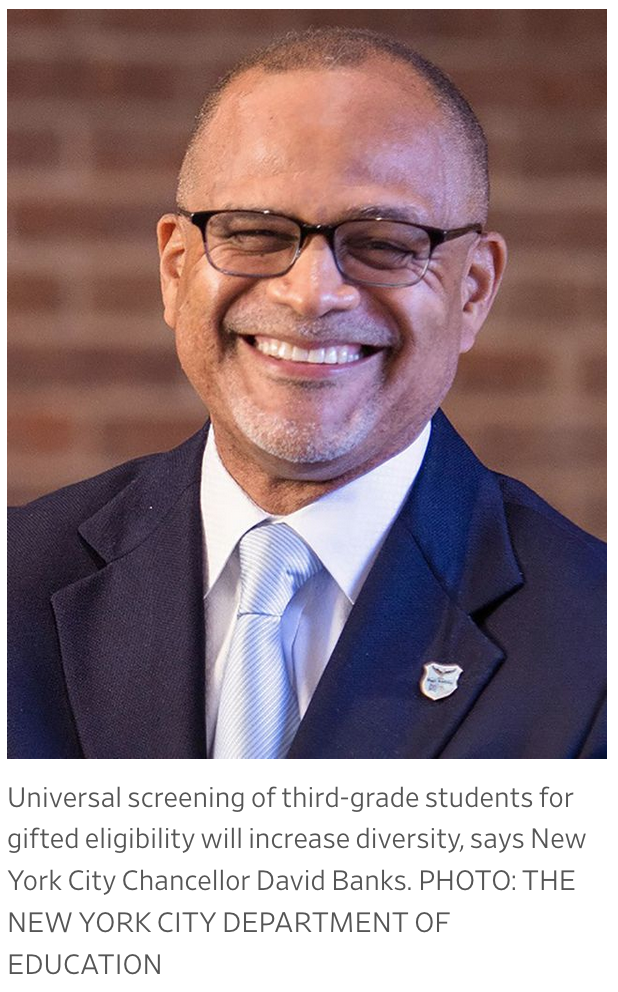
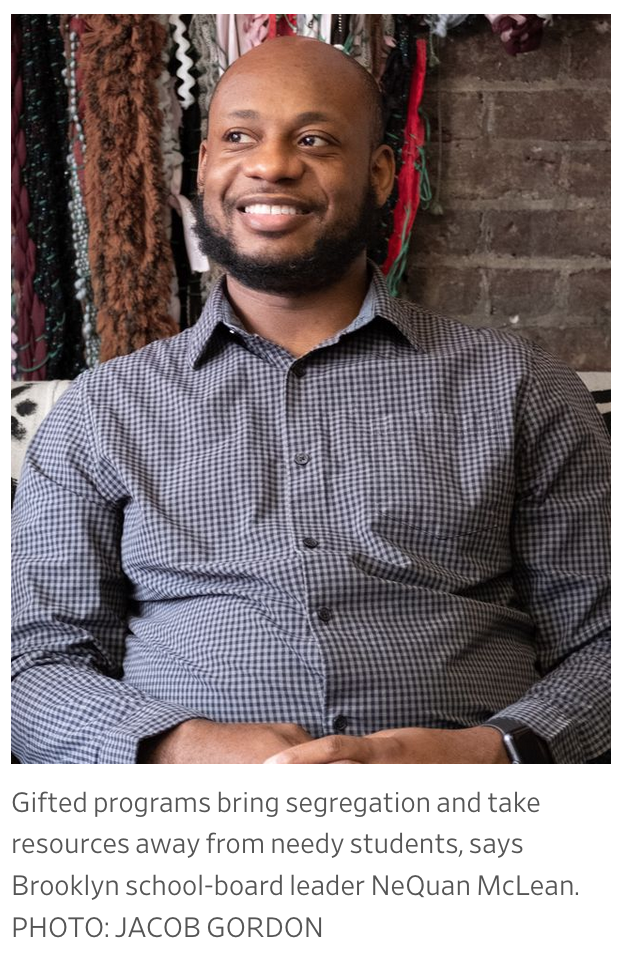
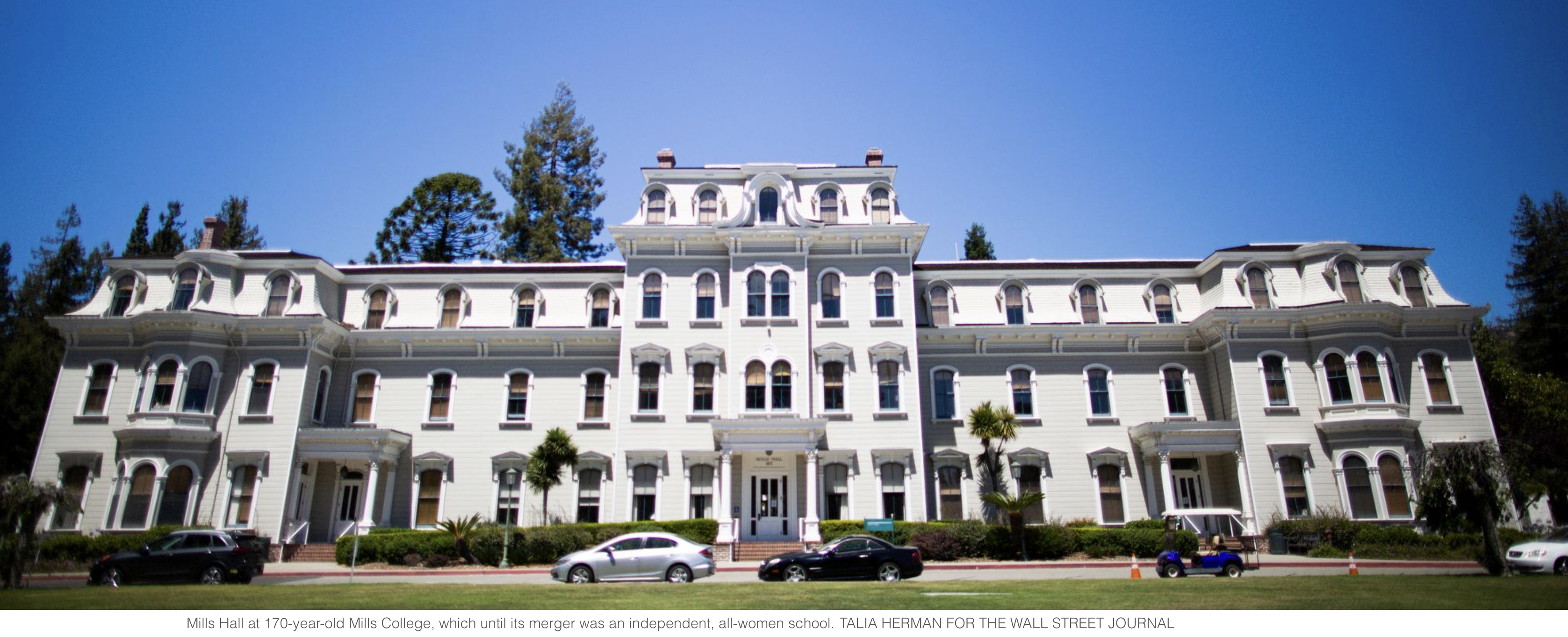
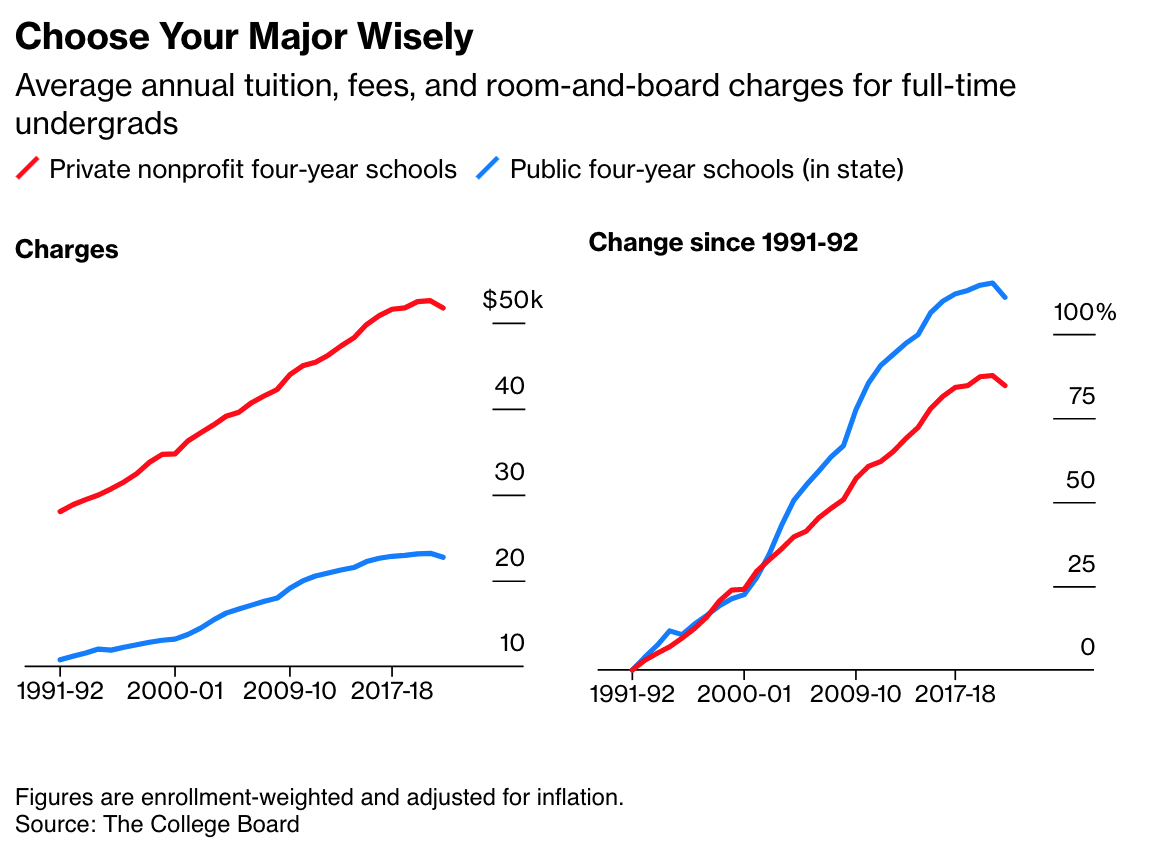

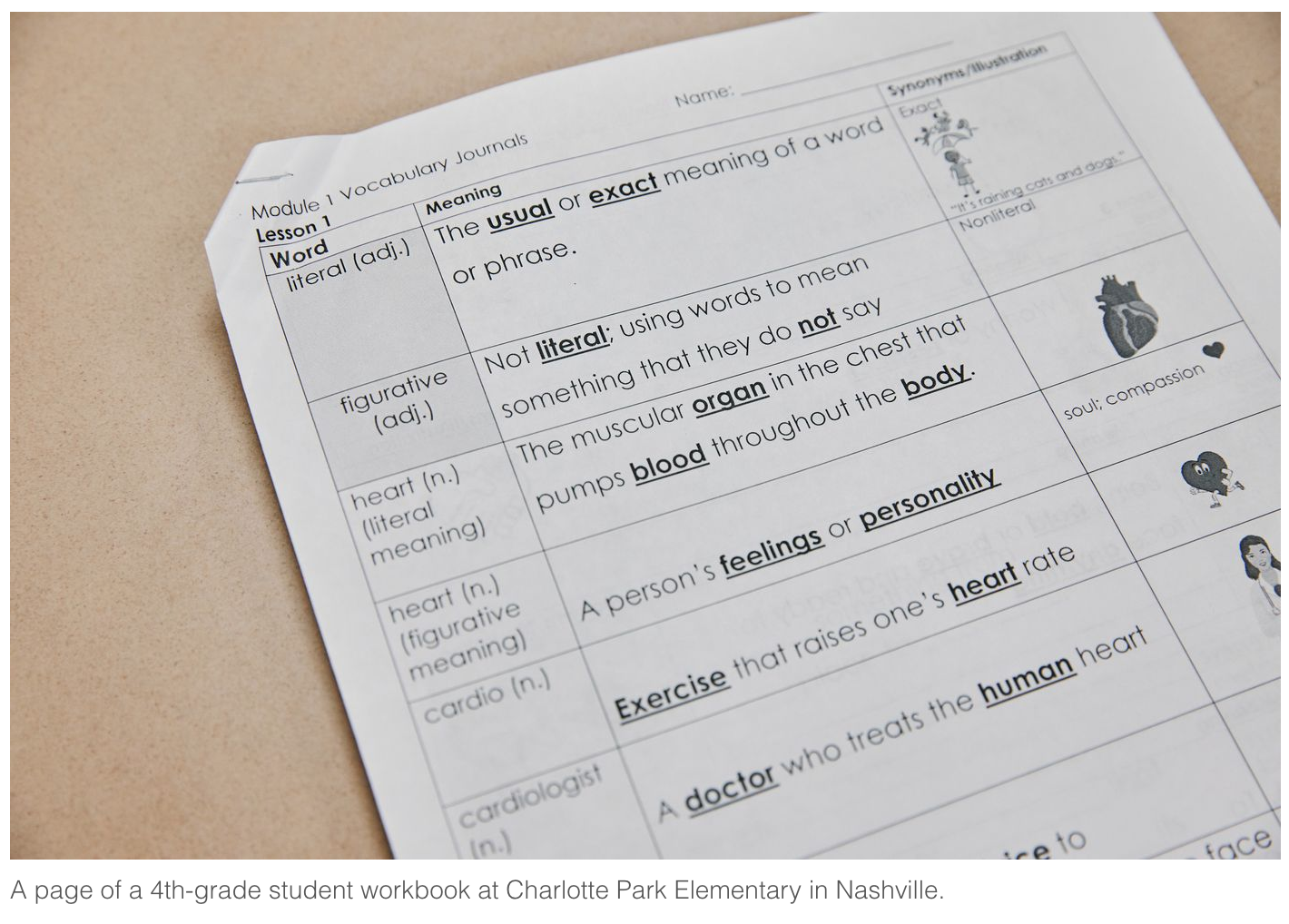
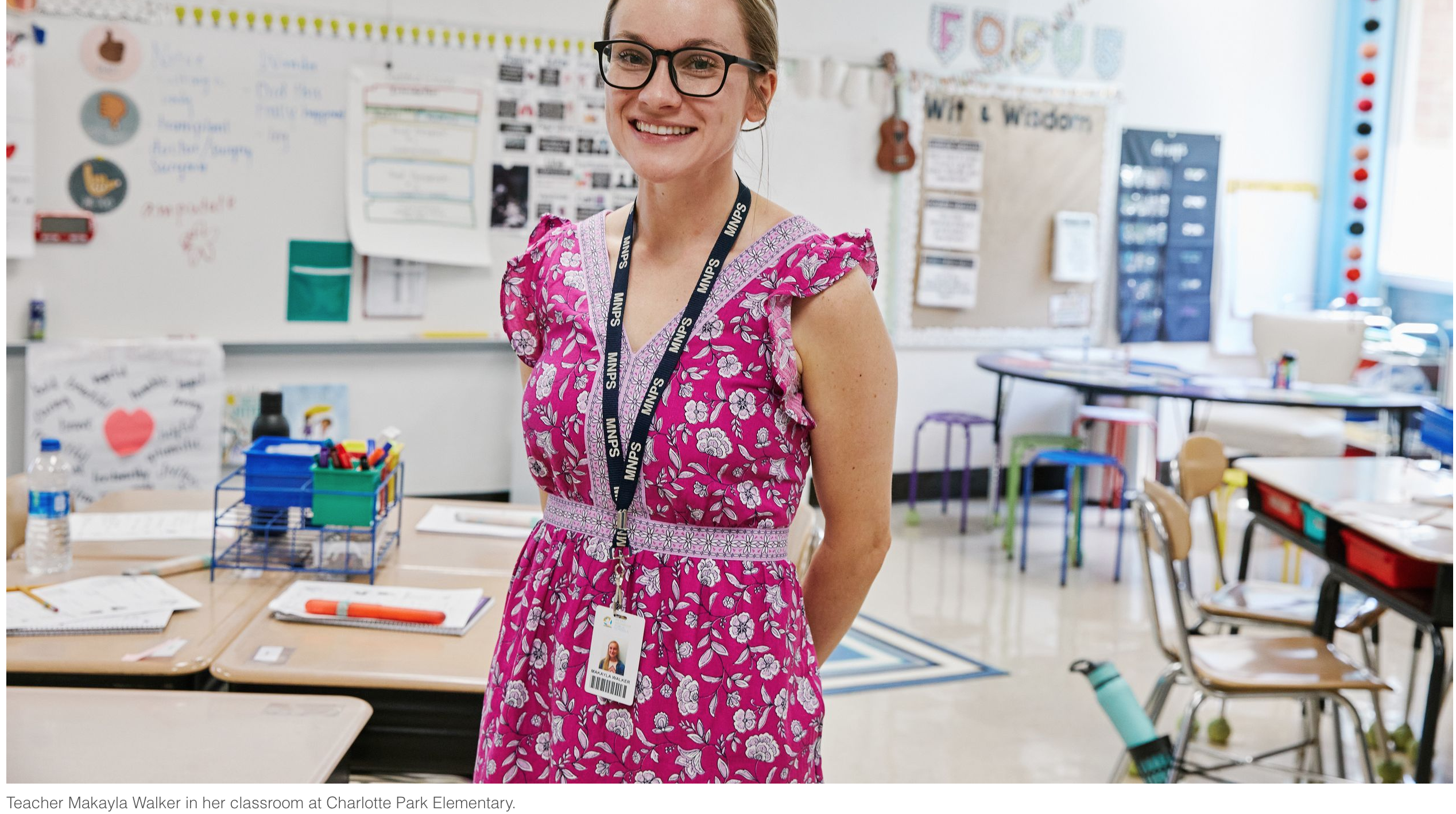
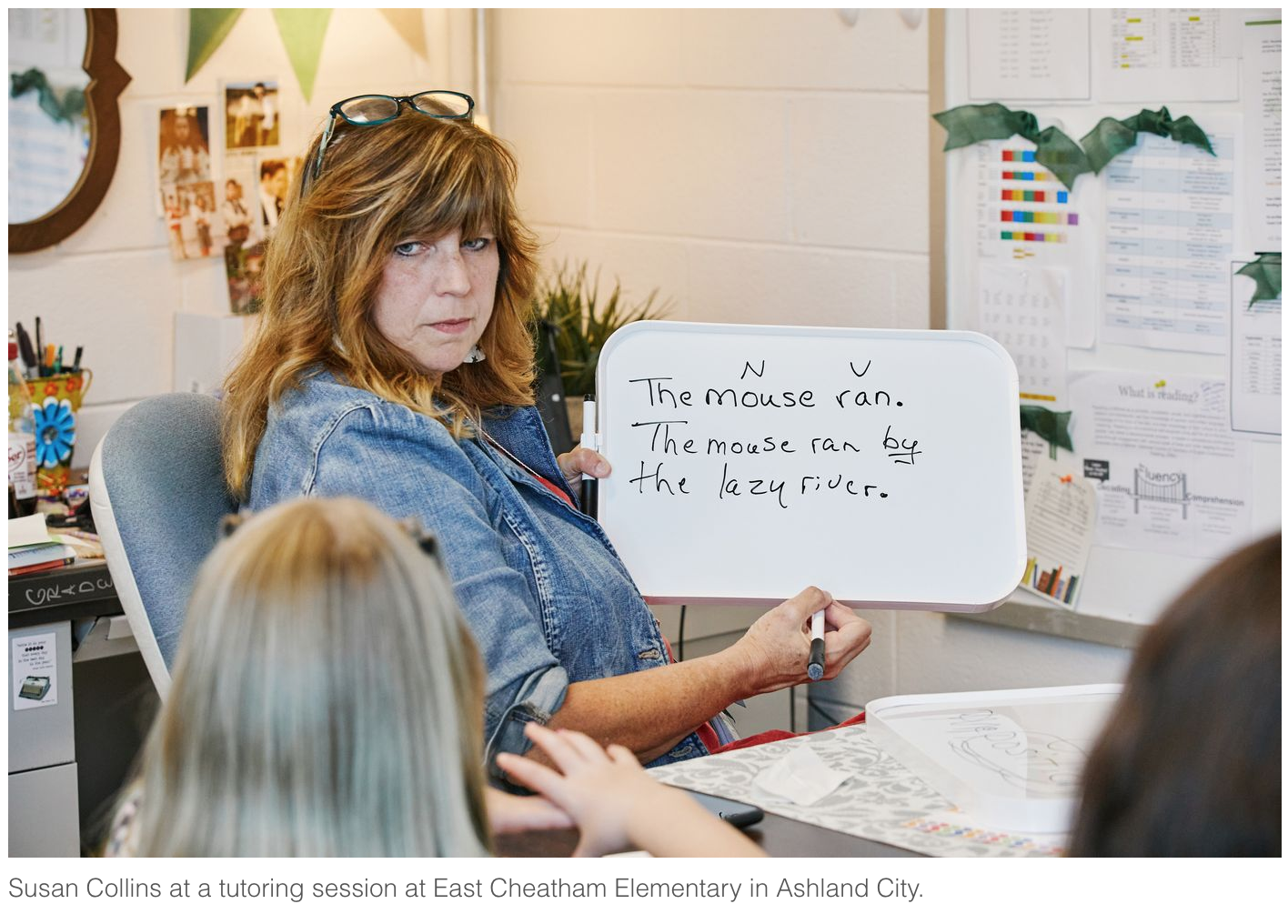
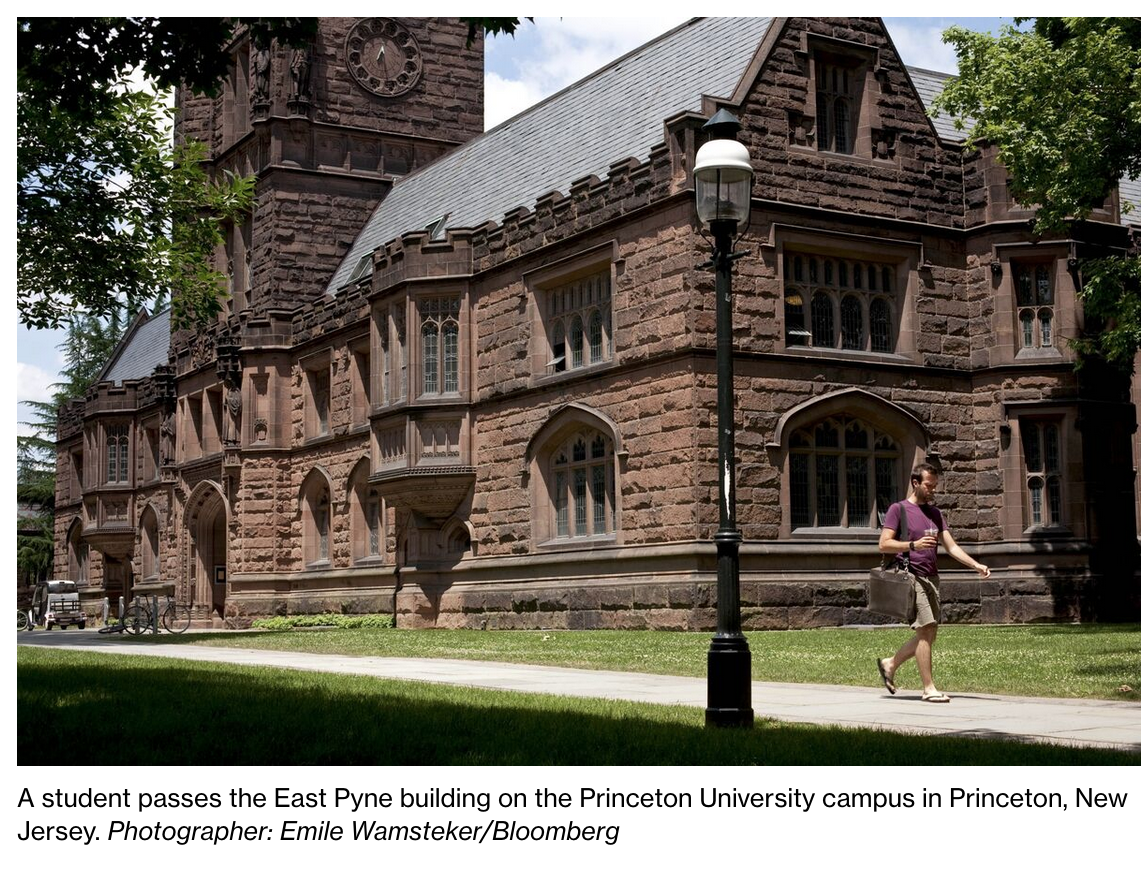
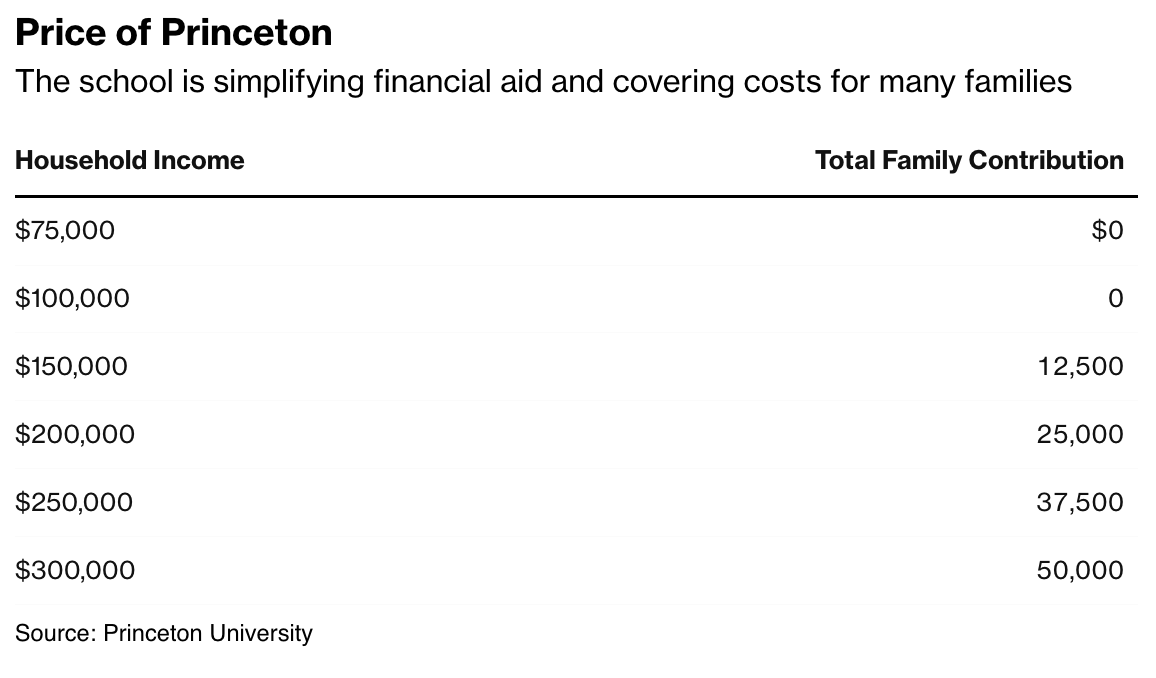
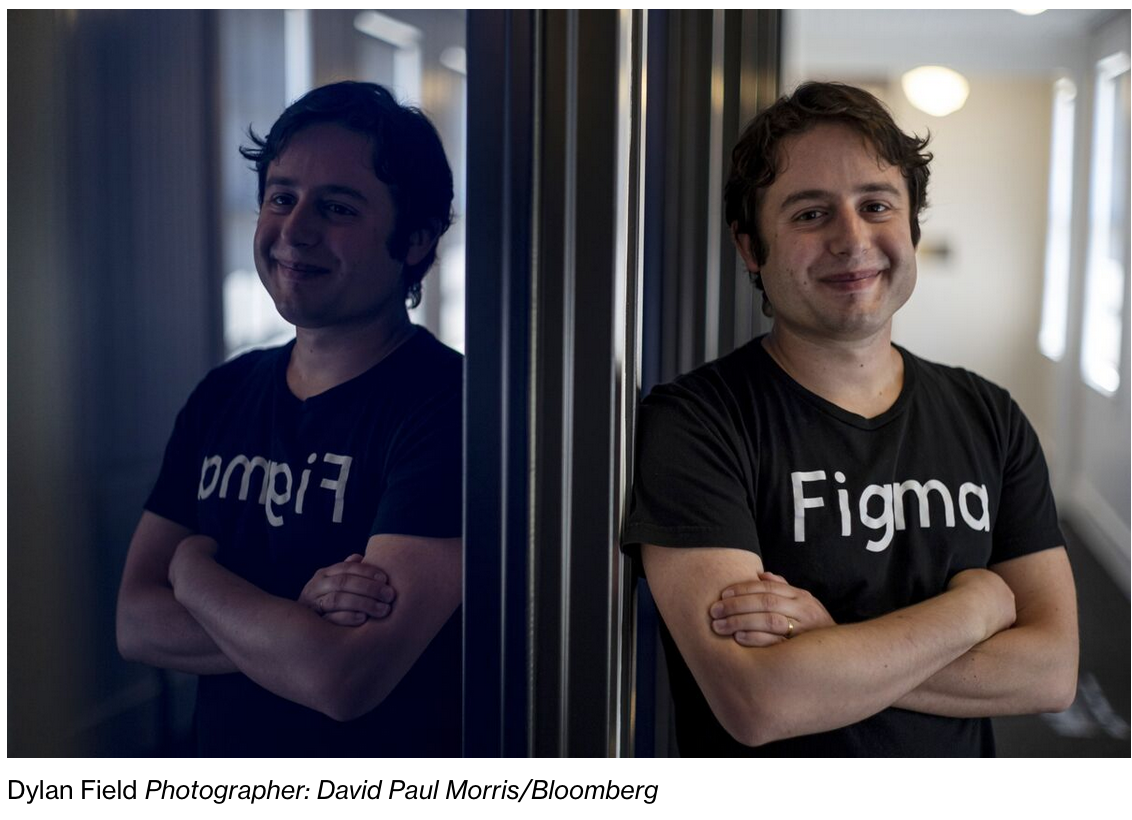
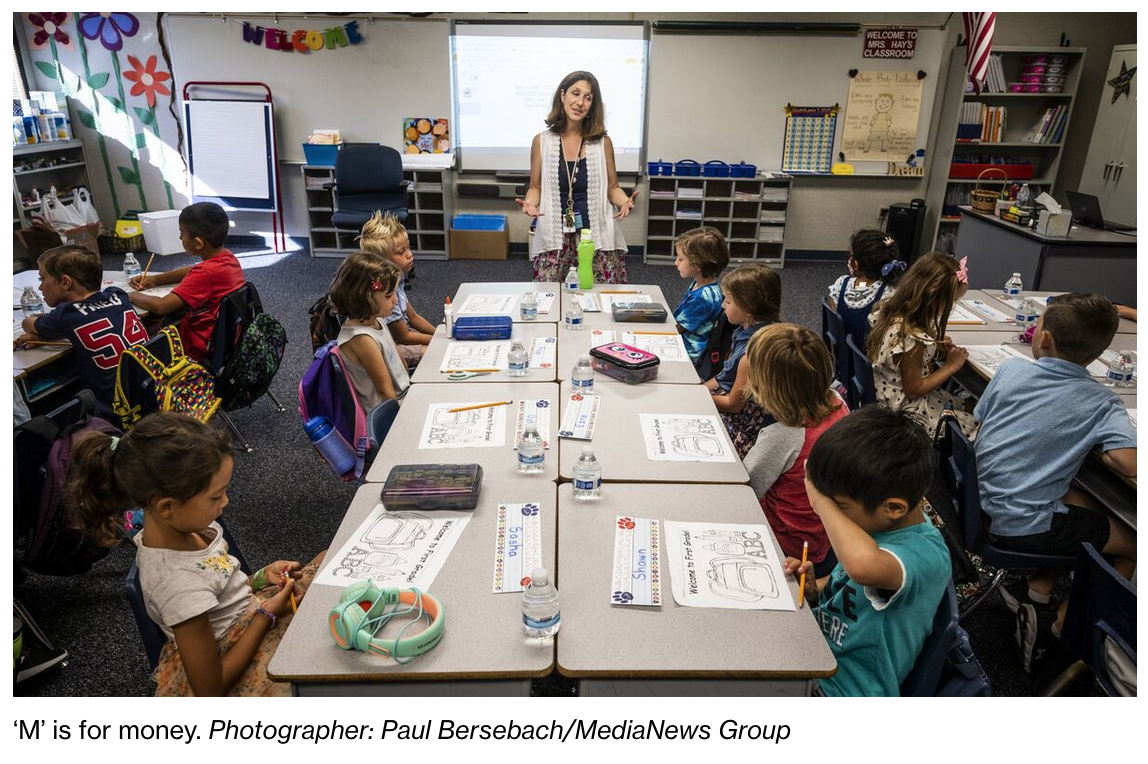
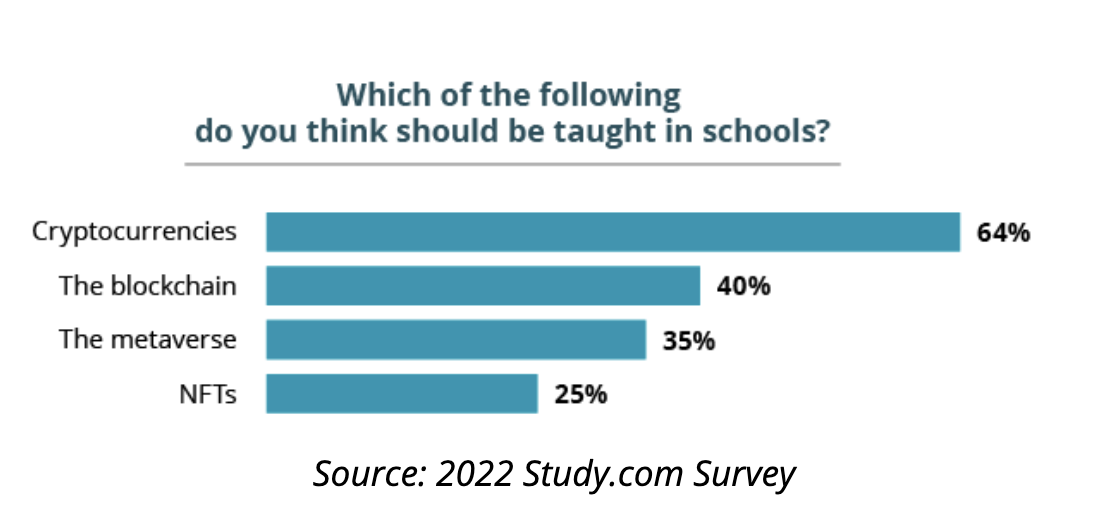

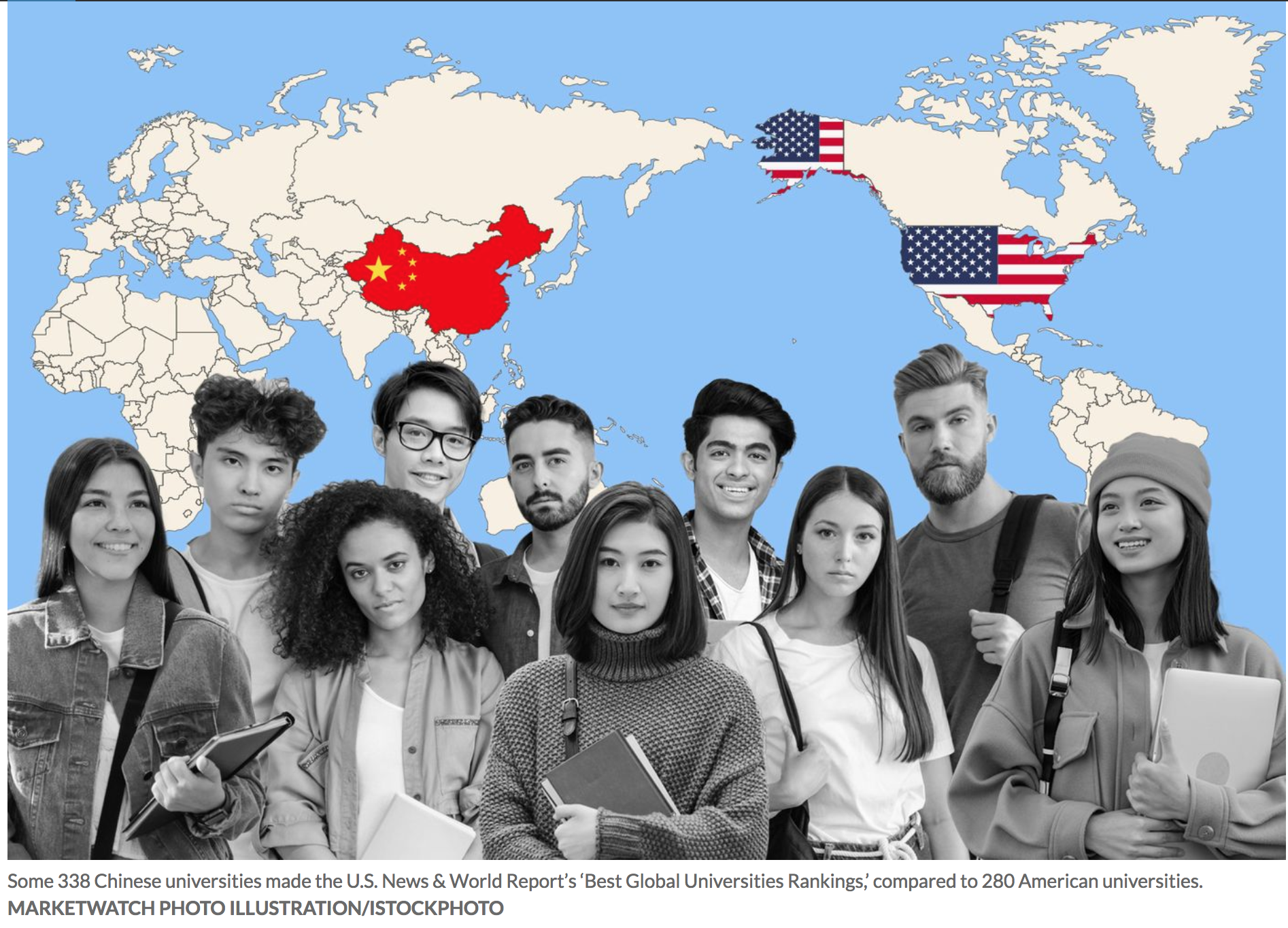

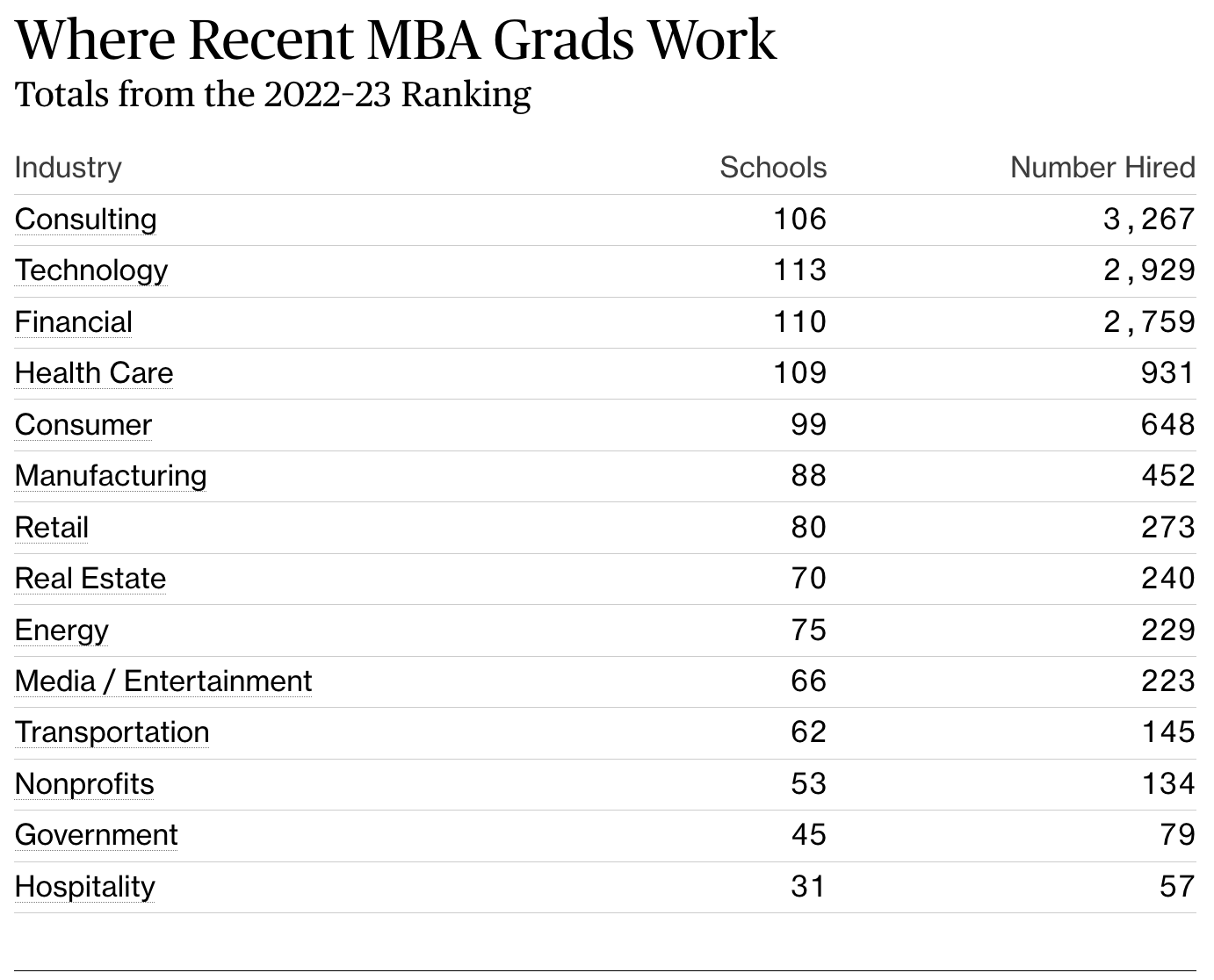

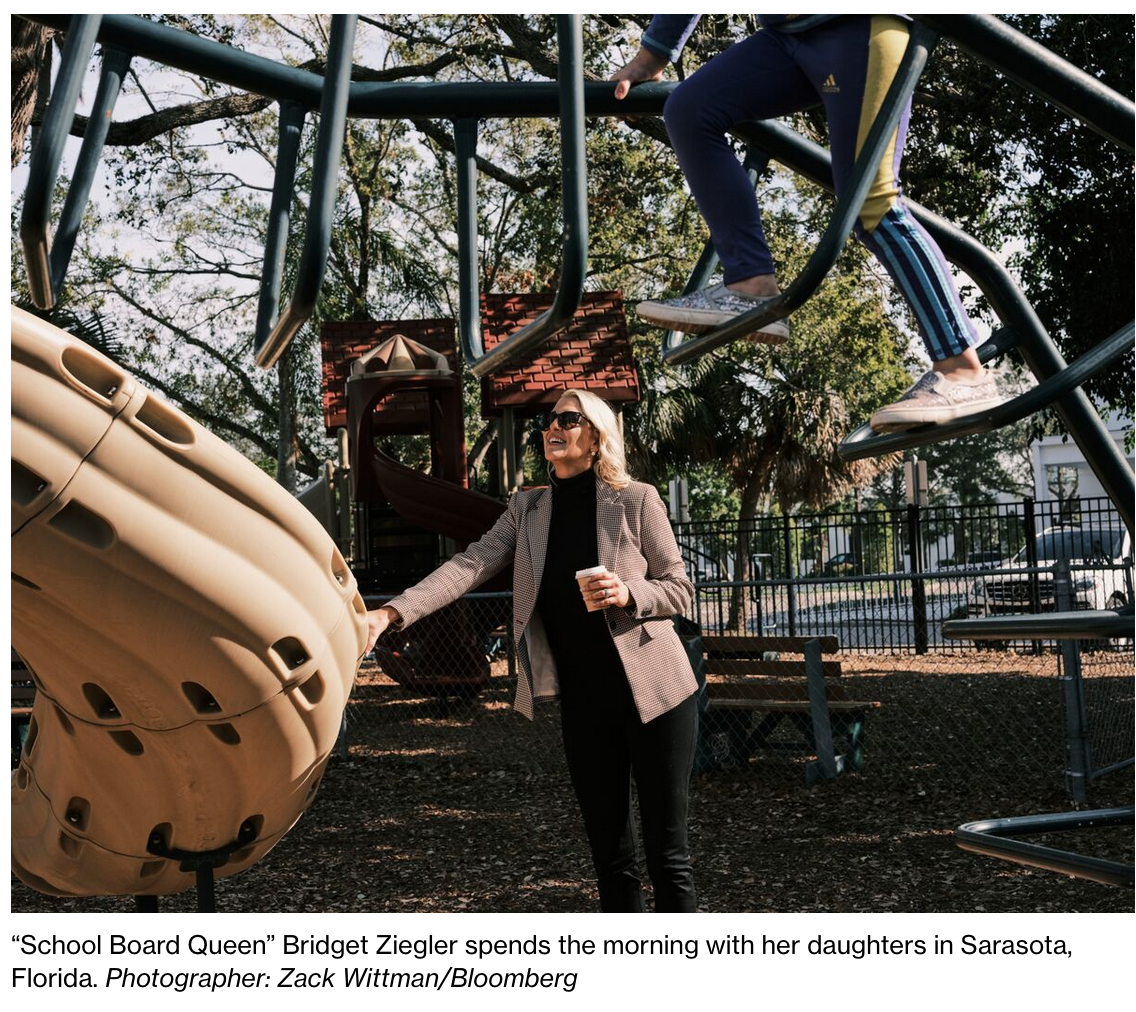
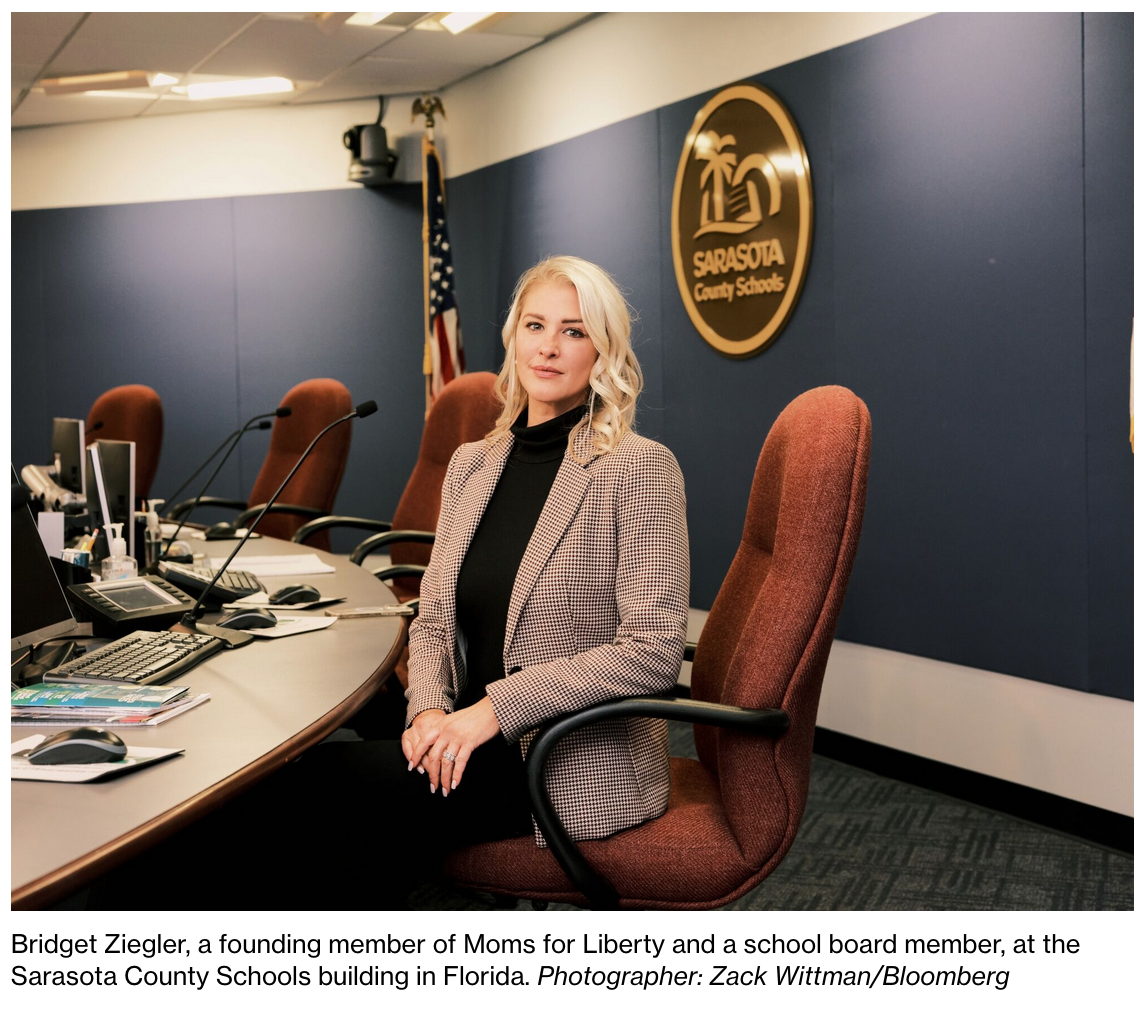
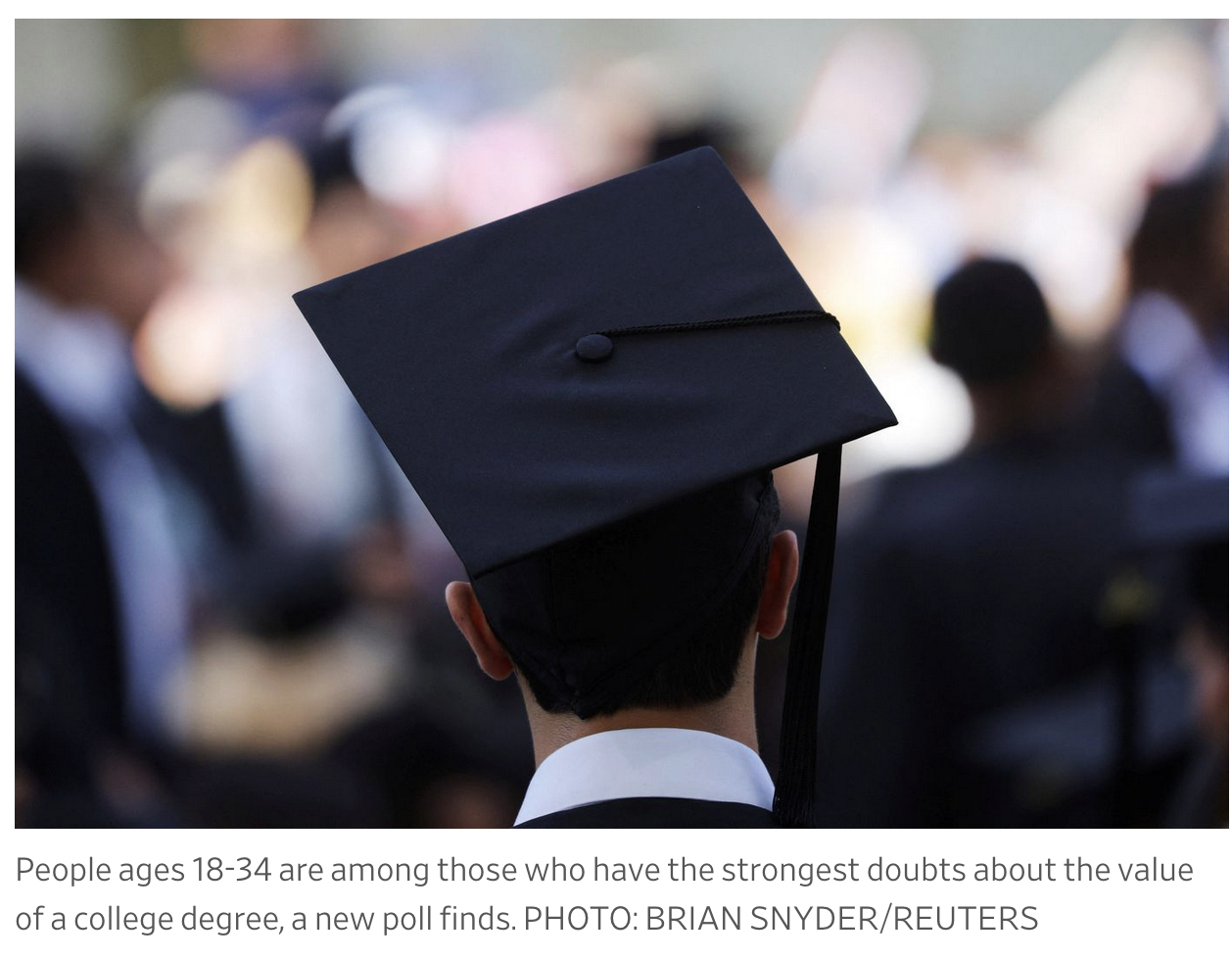
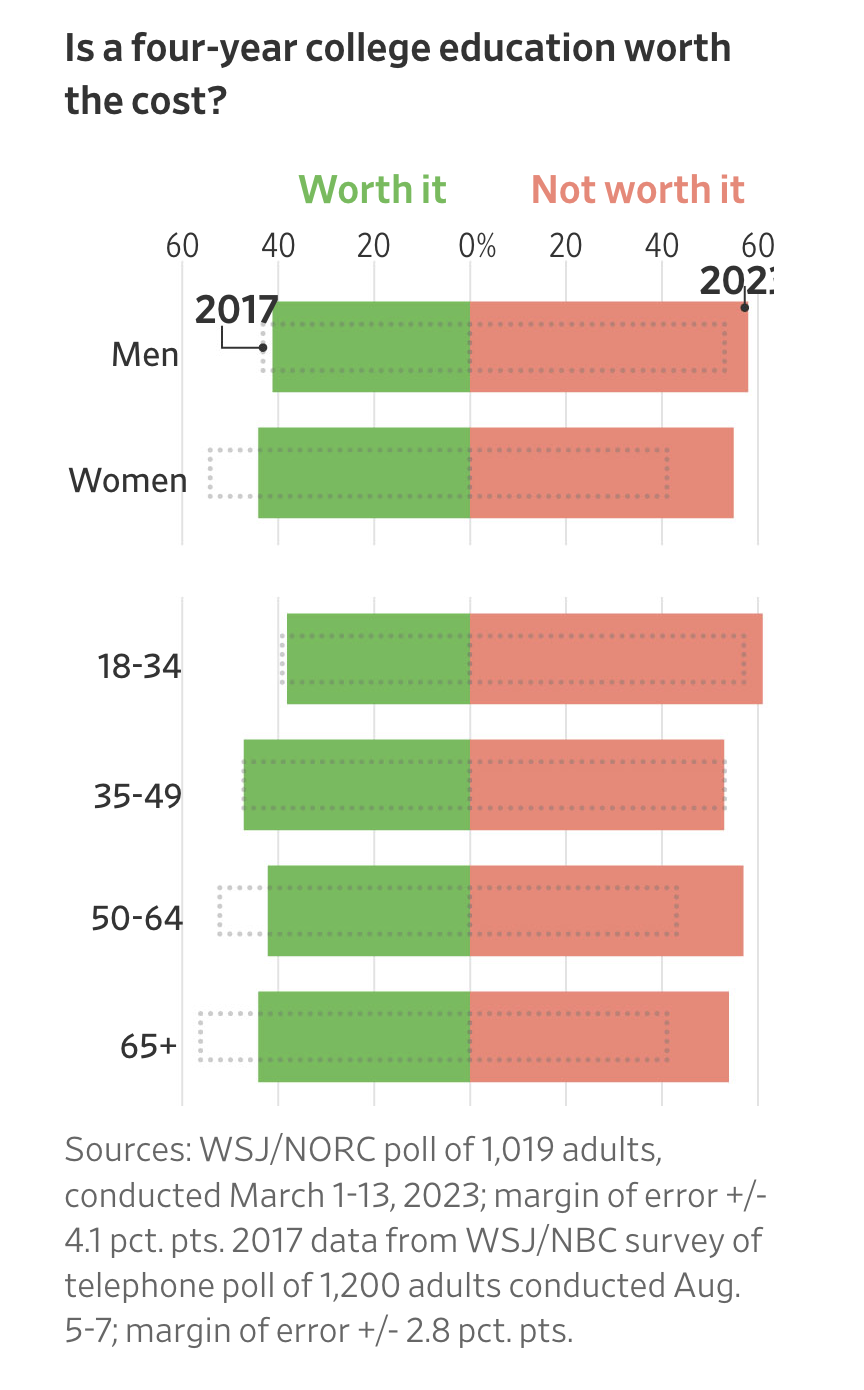

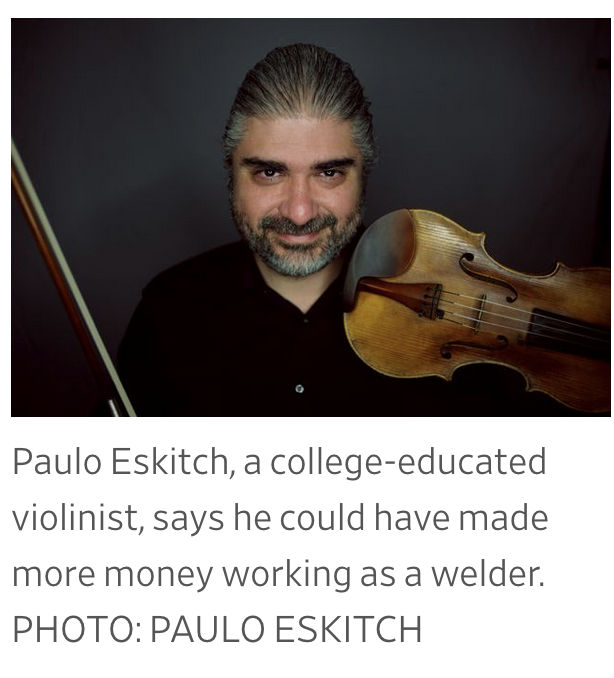

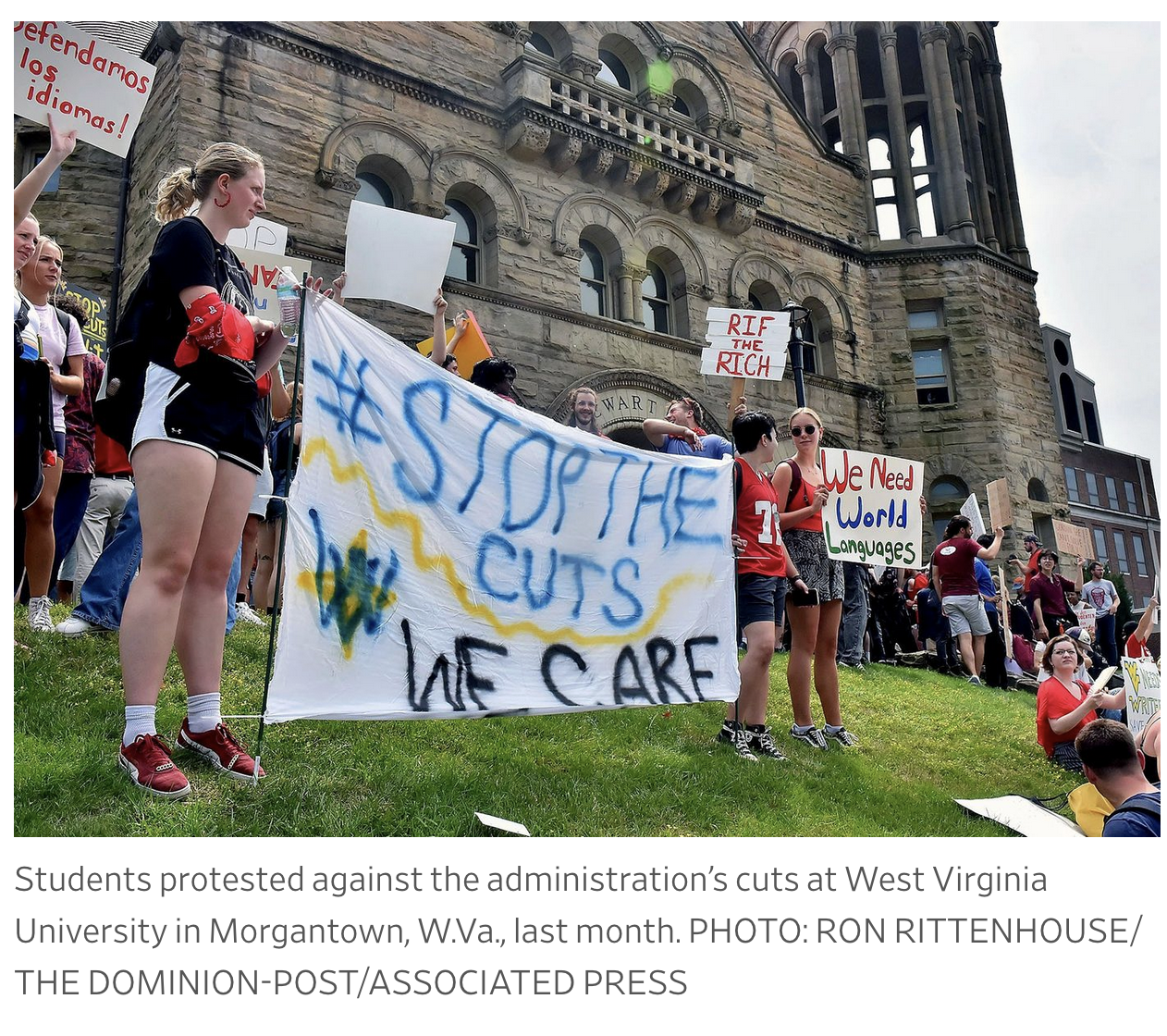
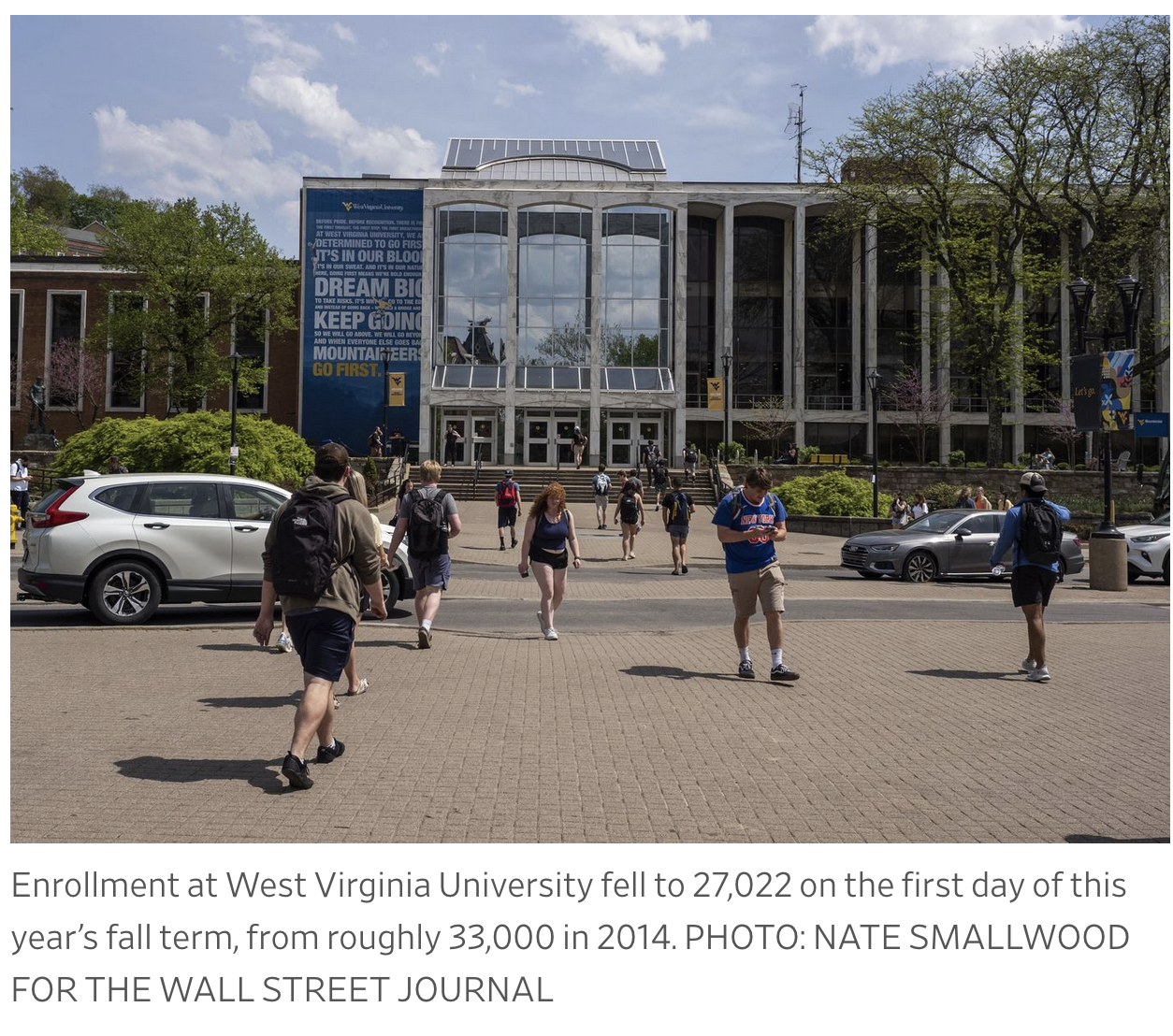
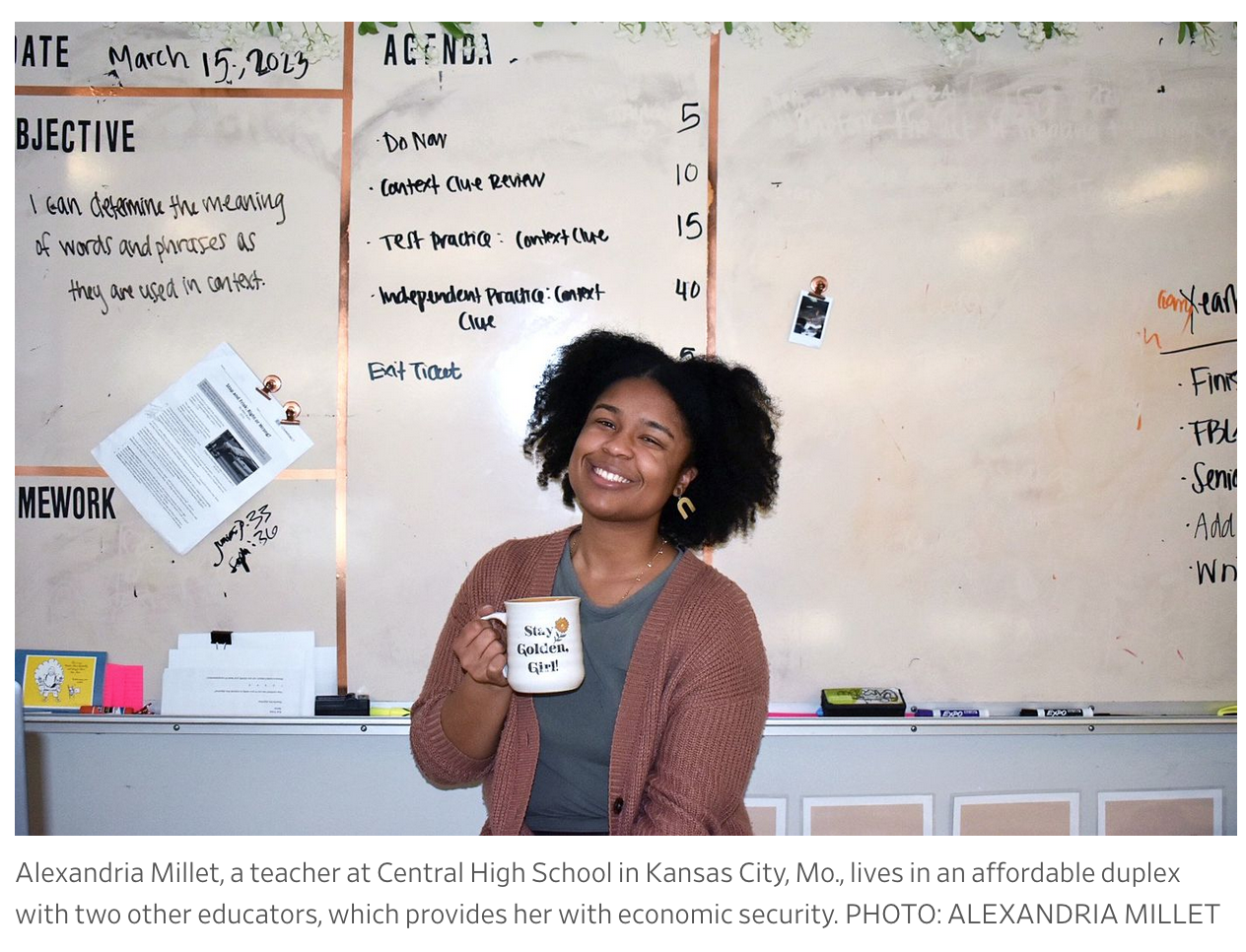
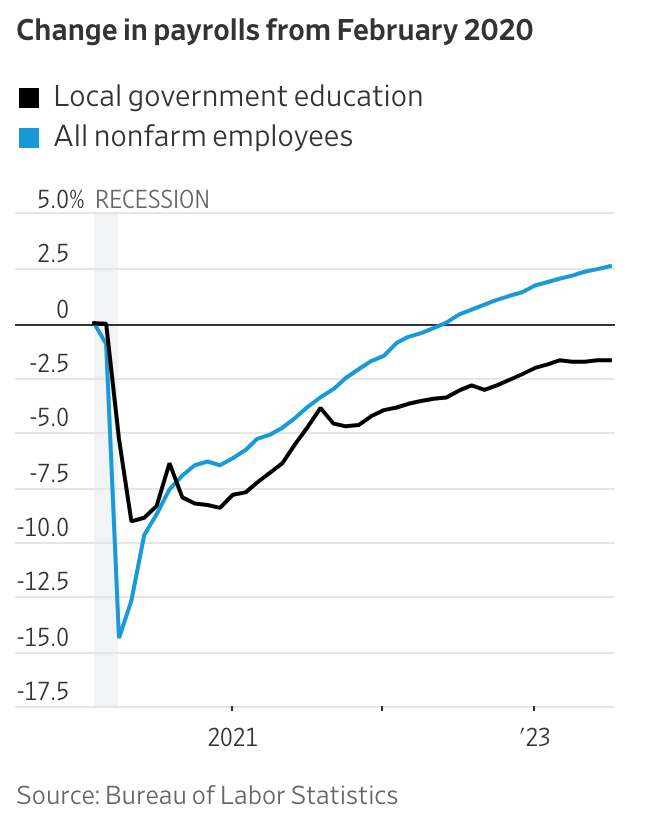
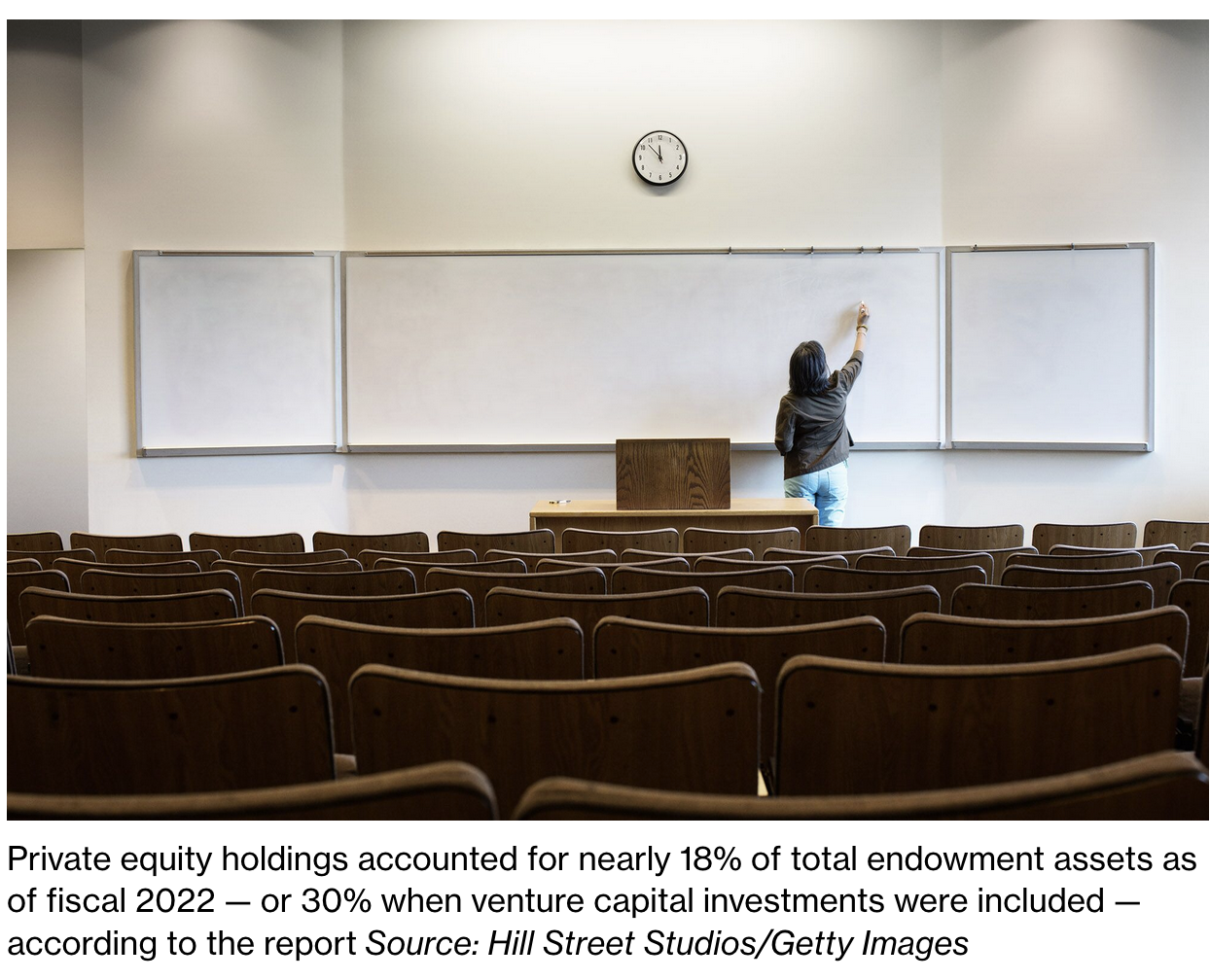
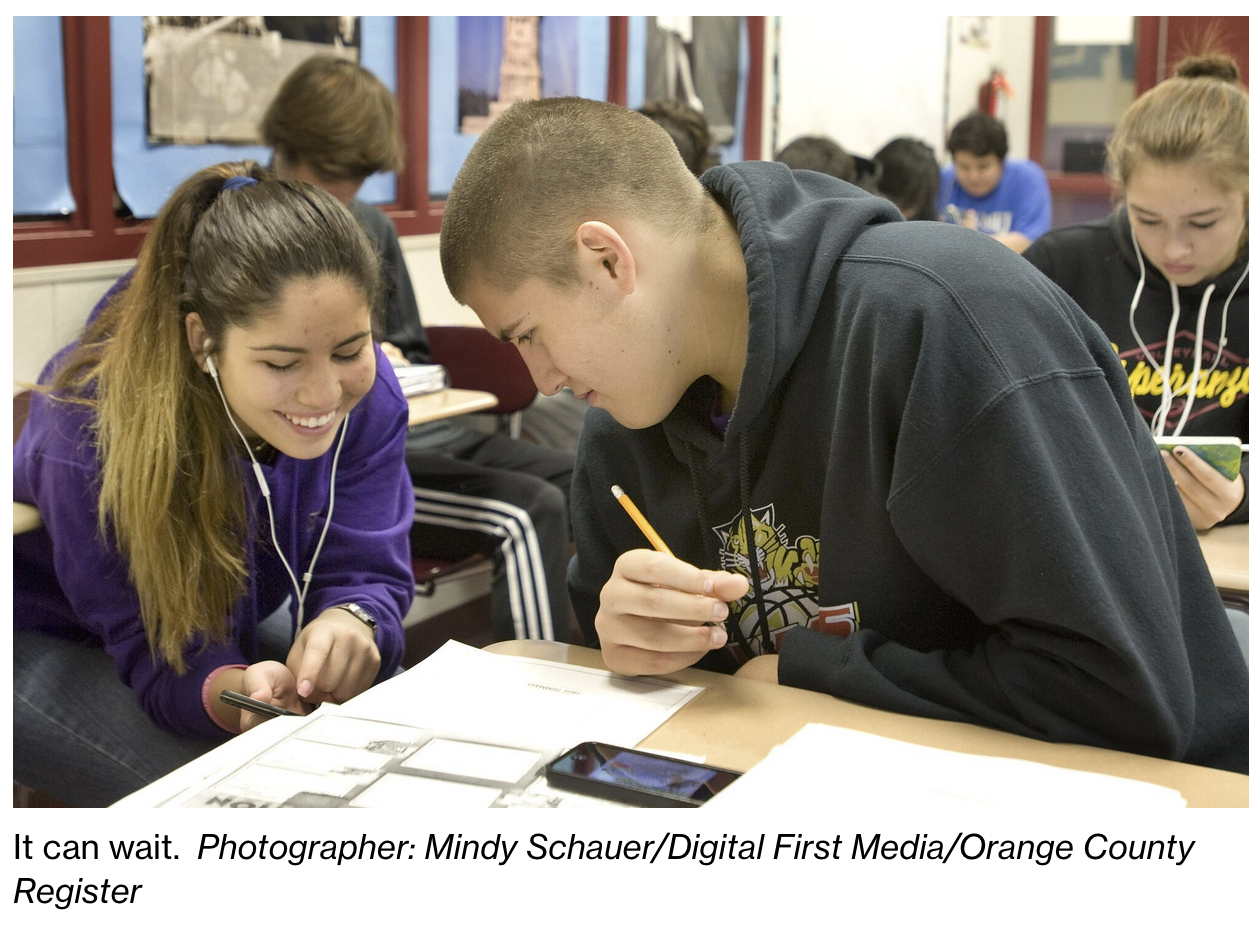
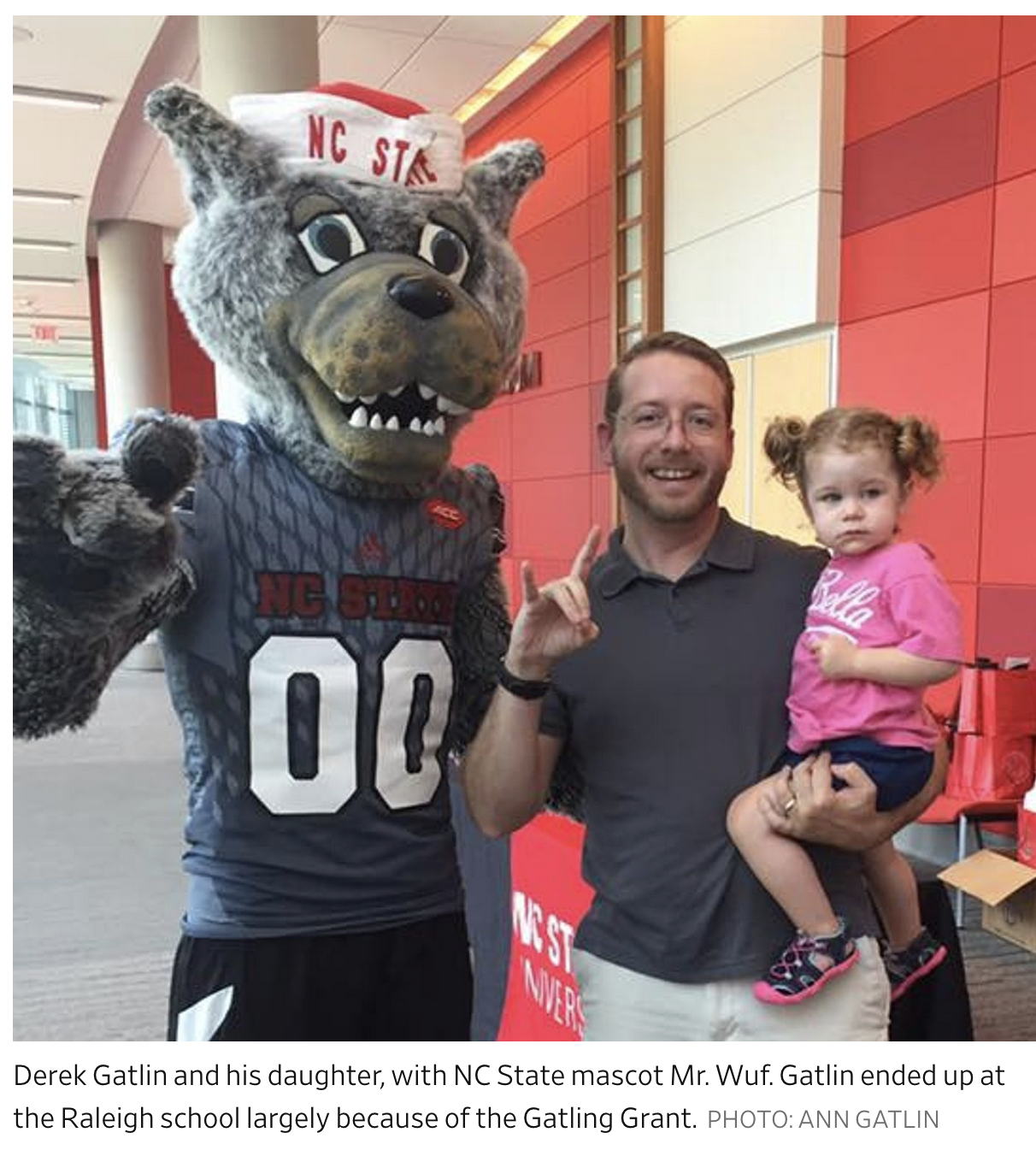
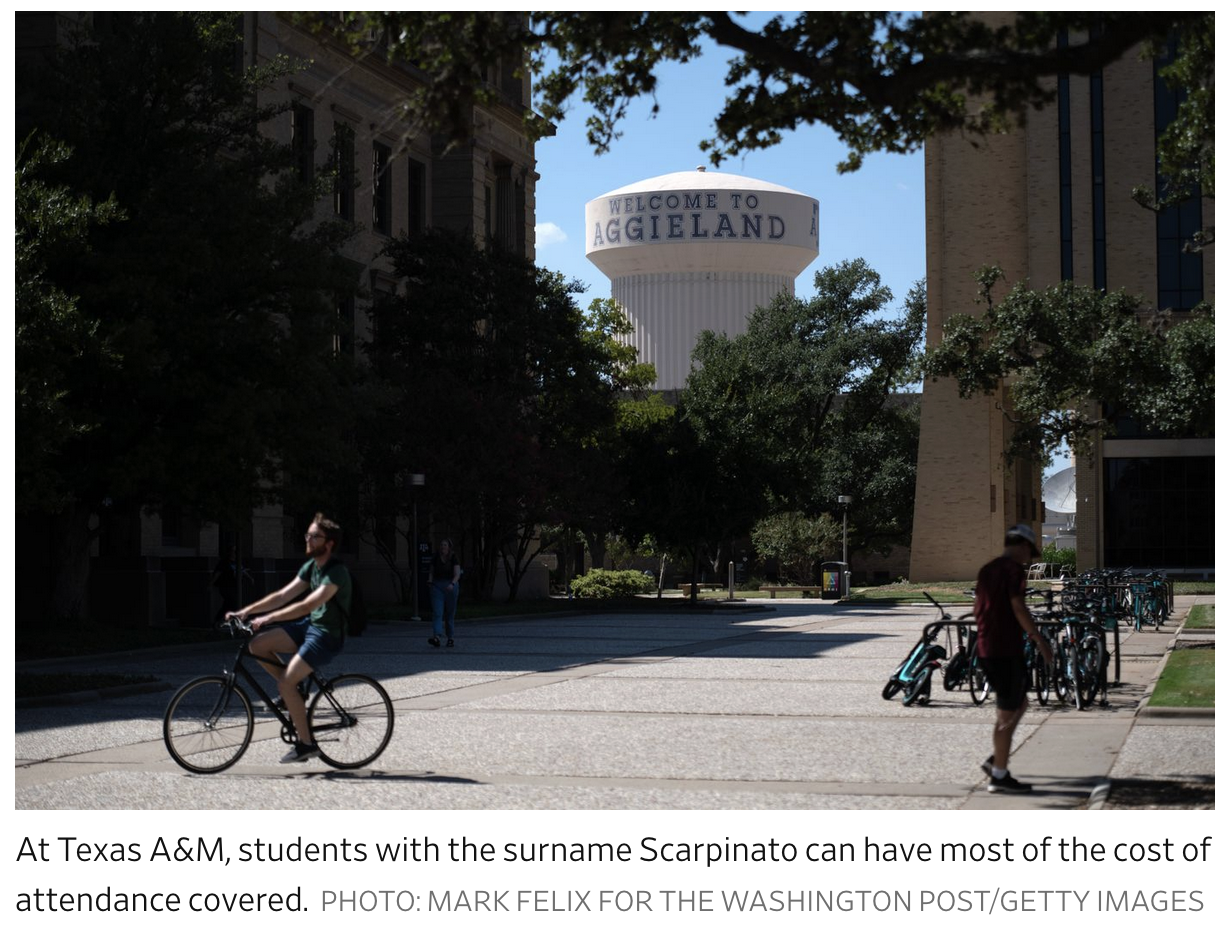
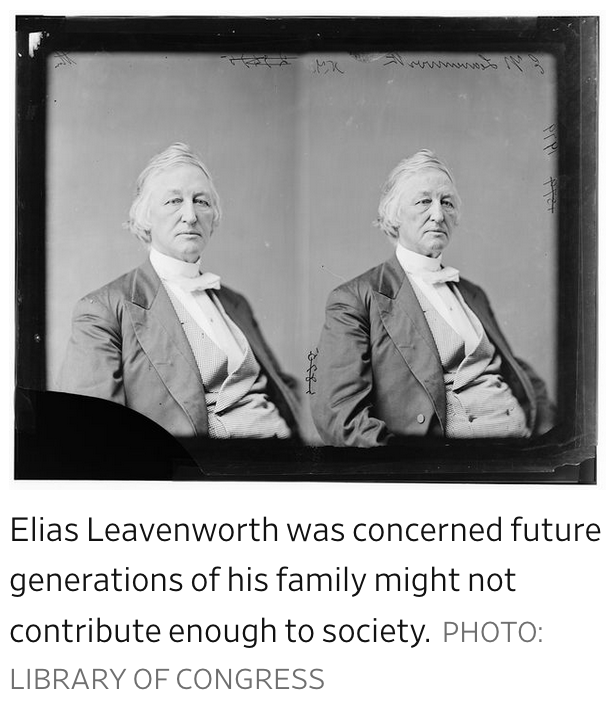
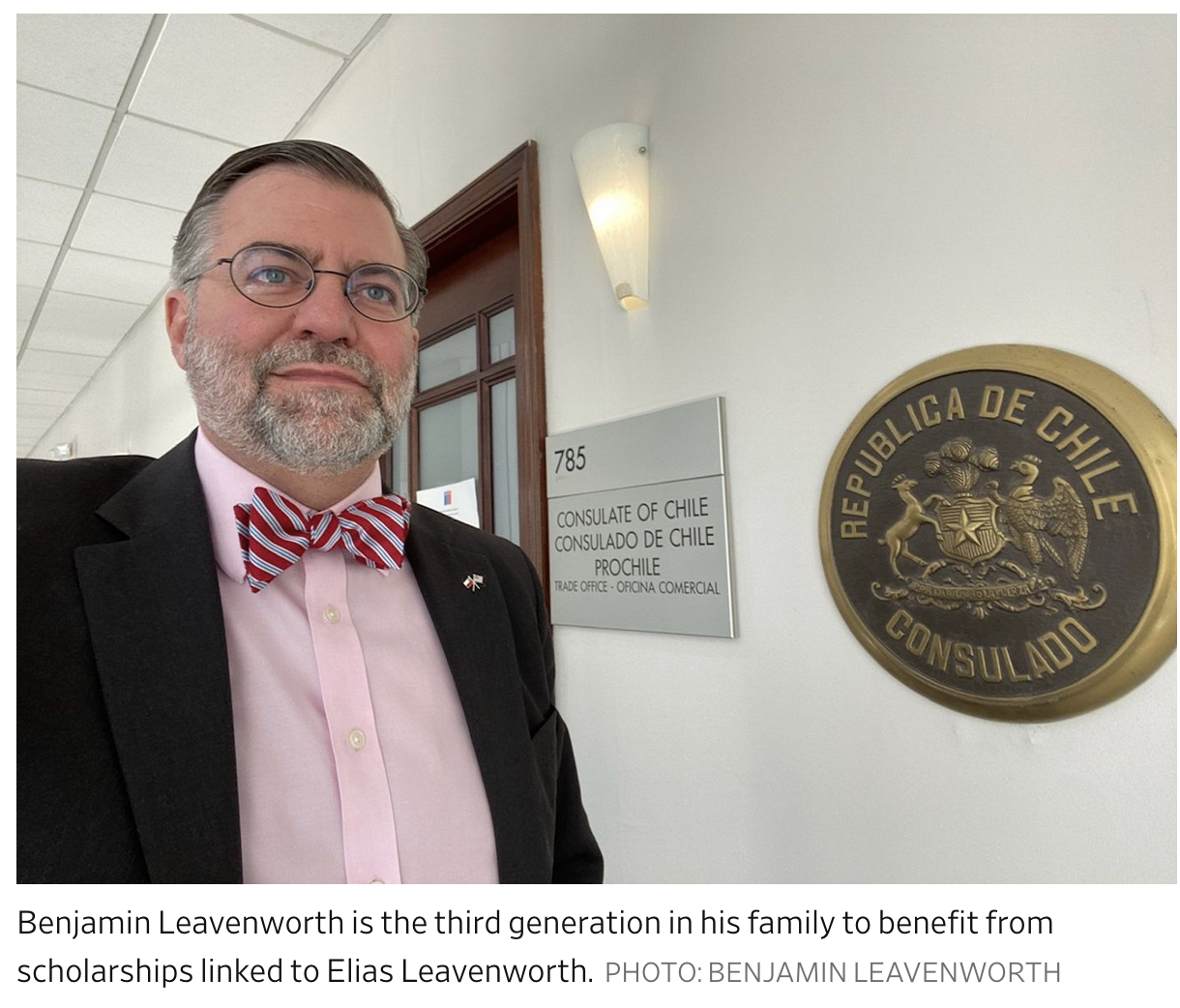
Leave a Reply
You must be logged in to post a comment.